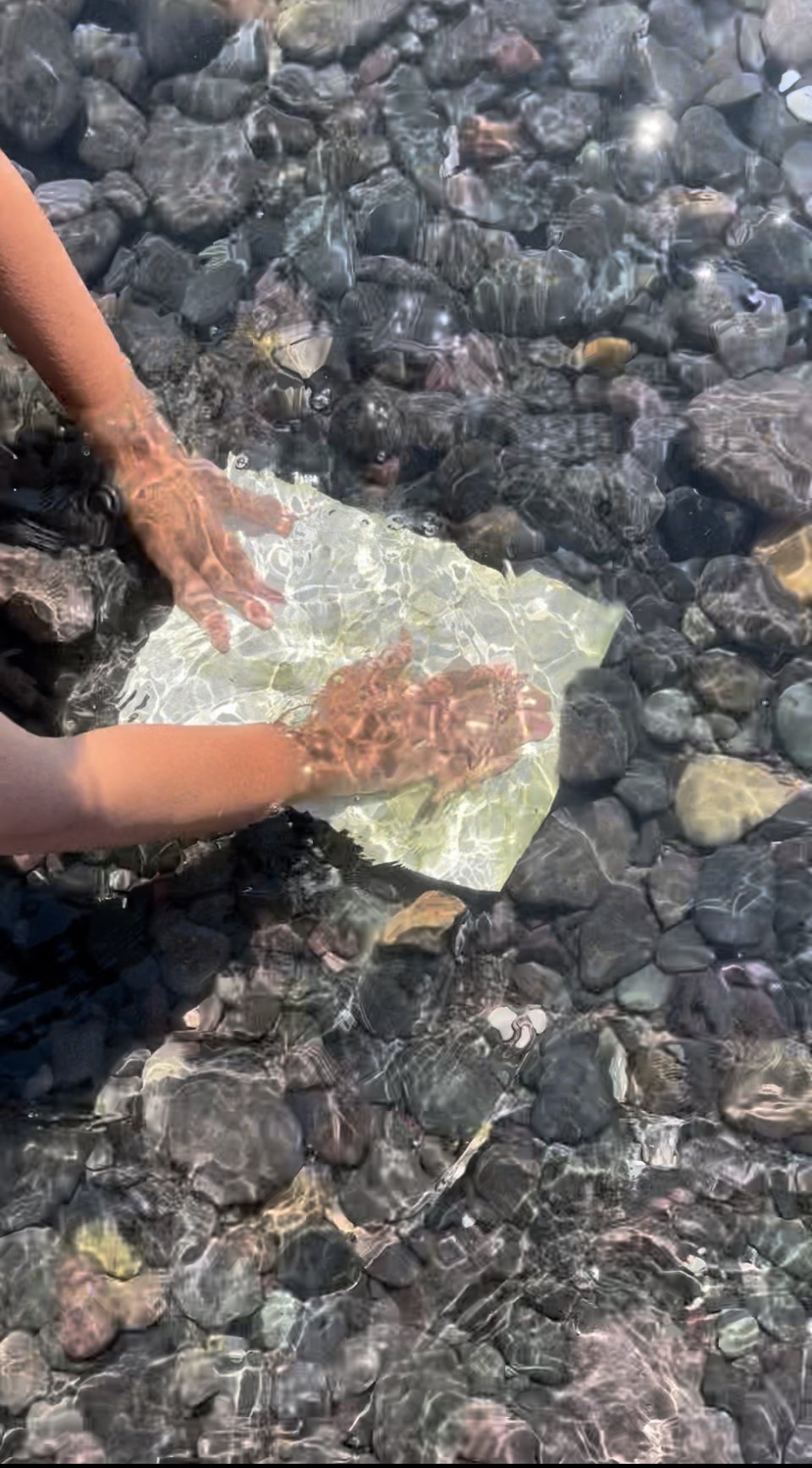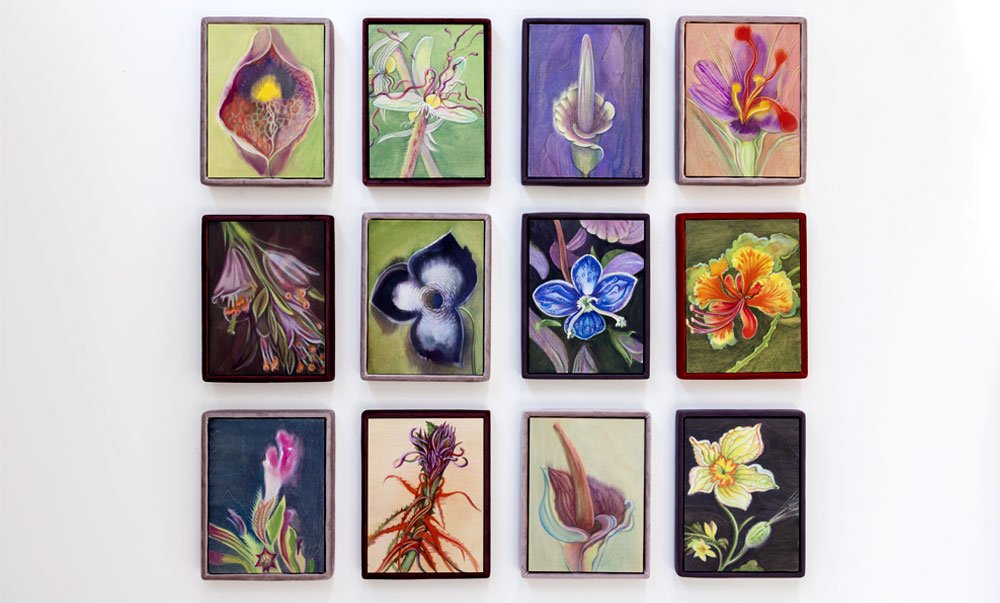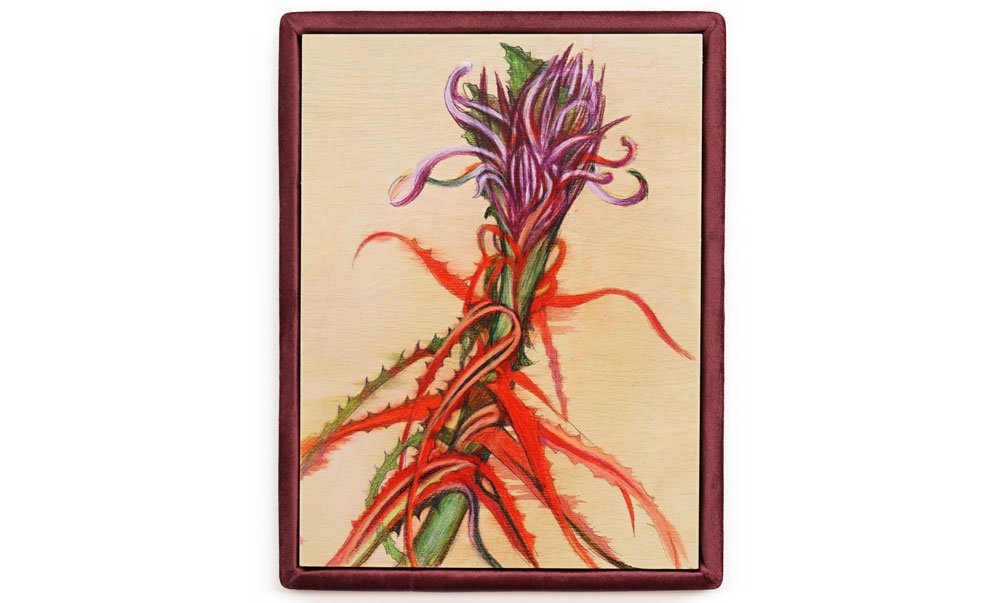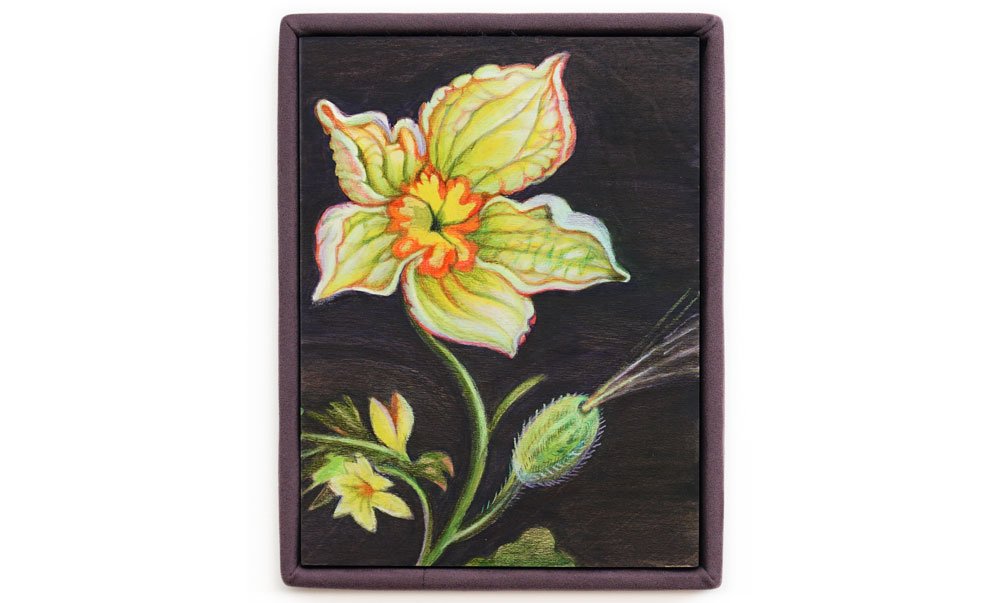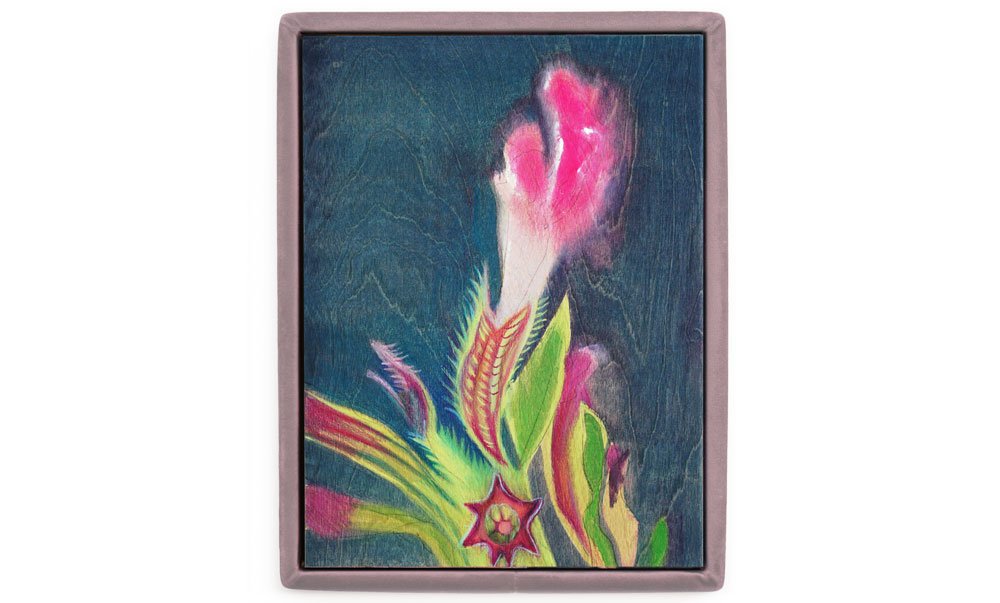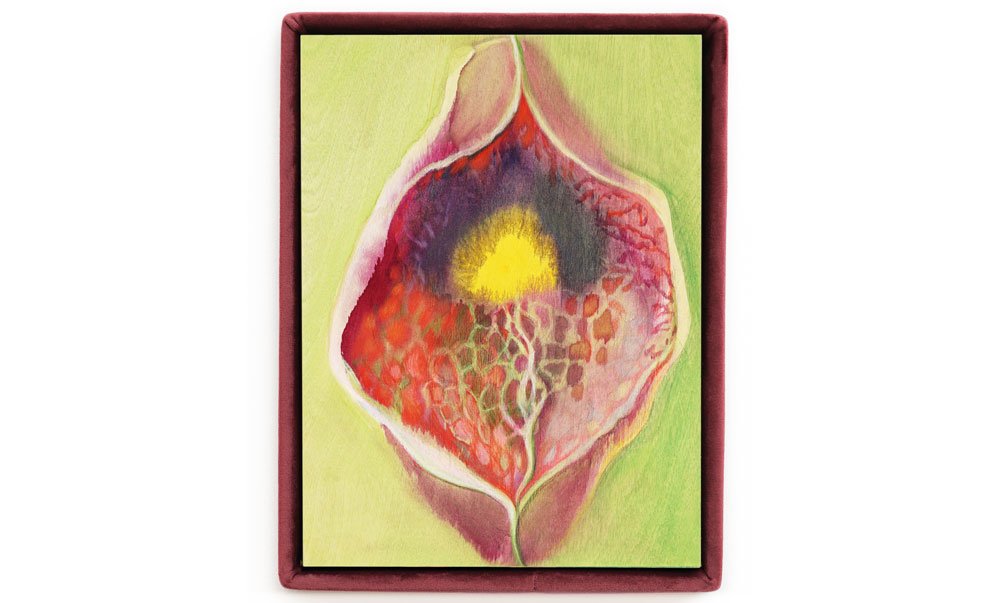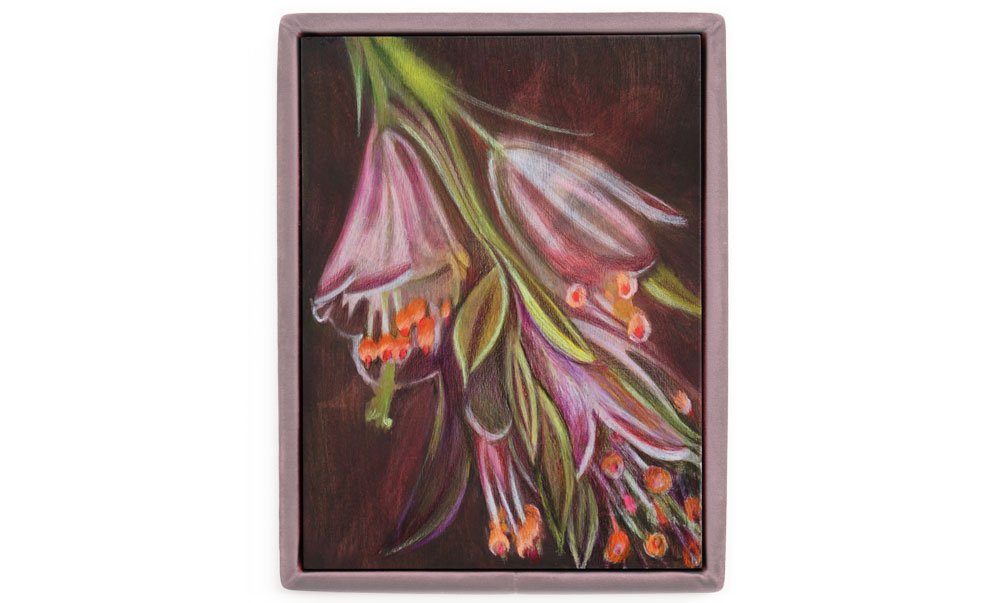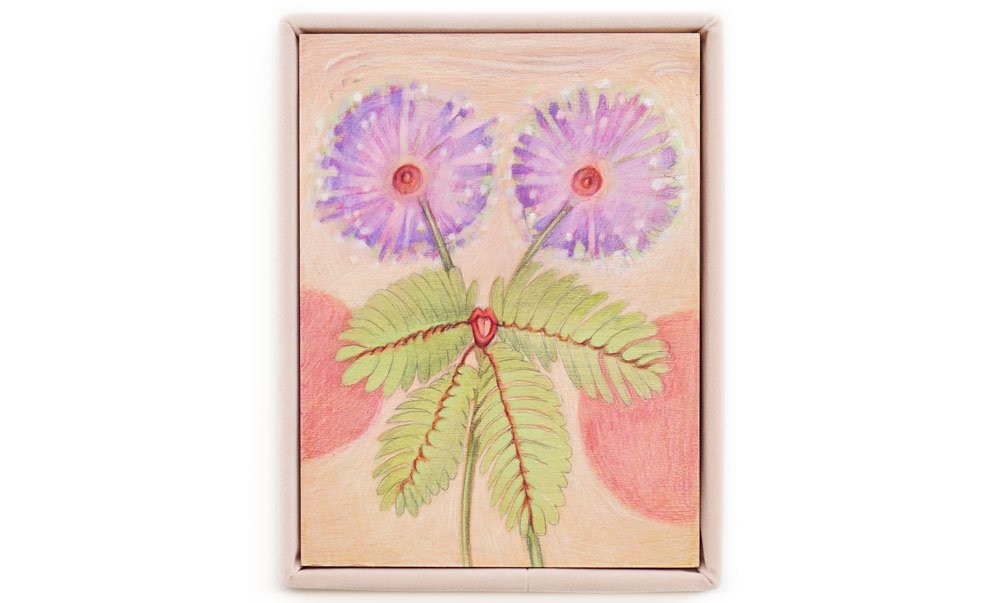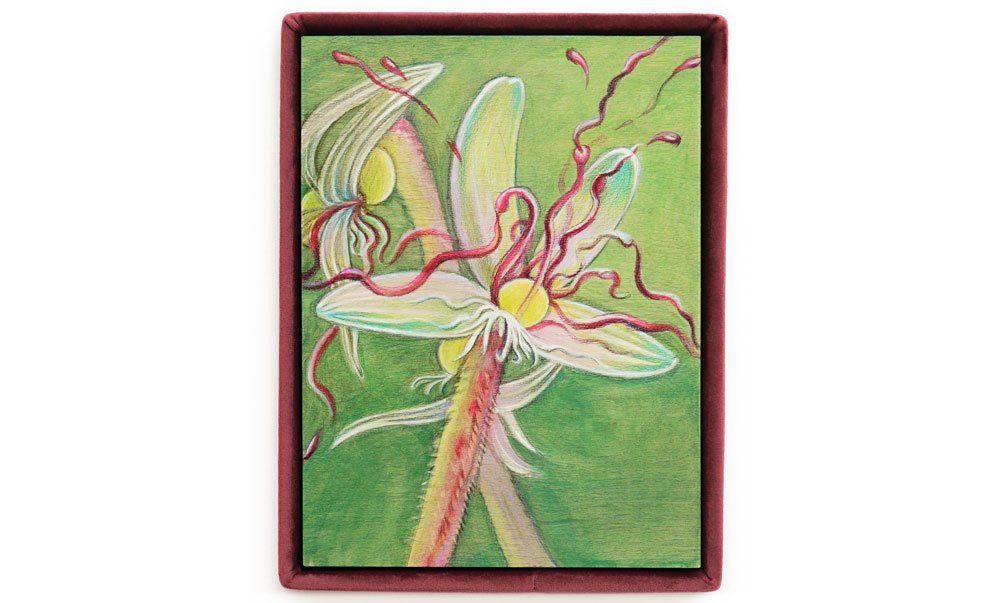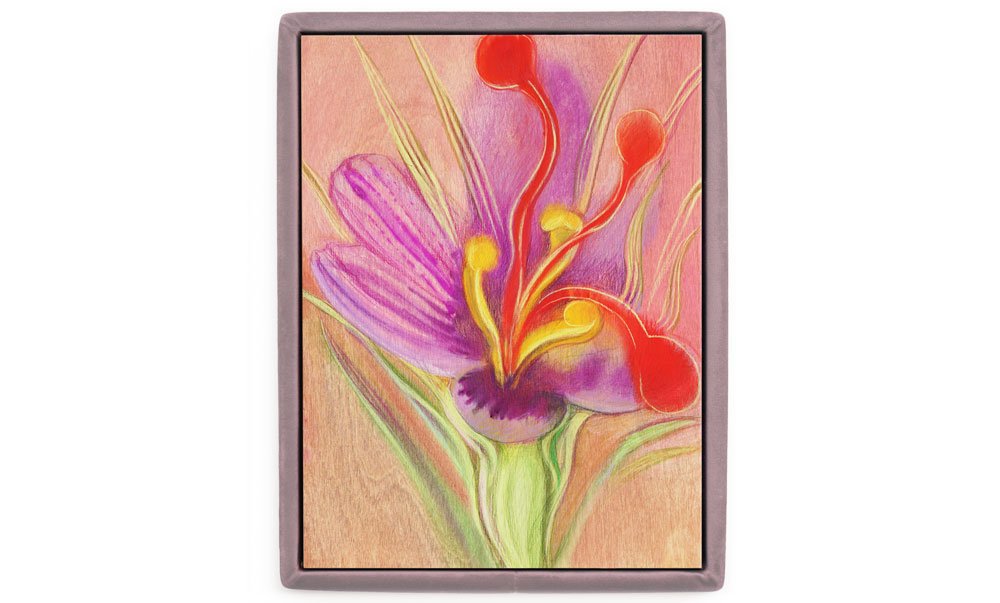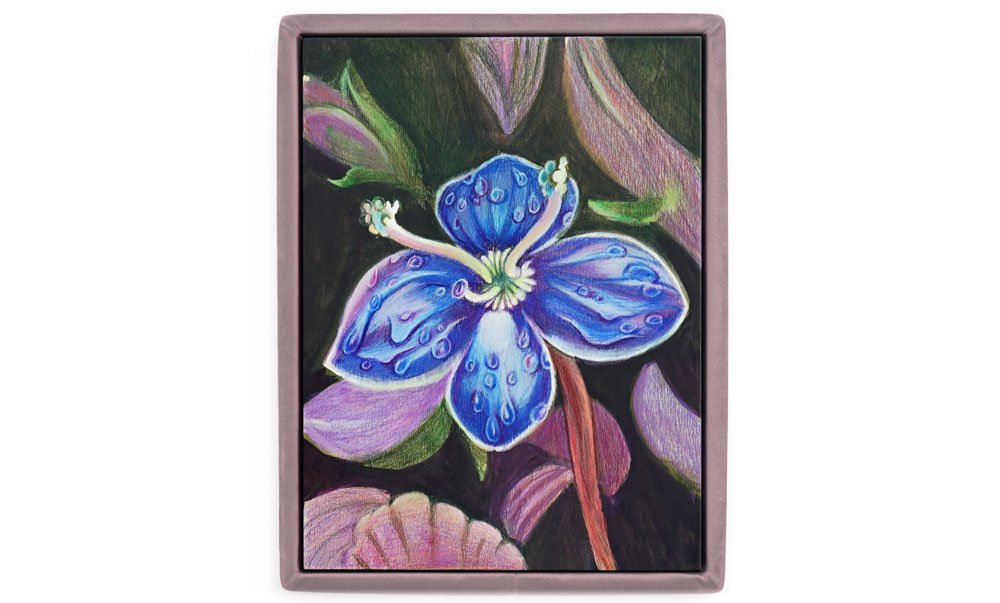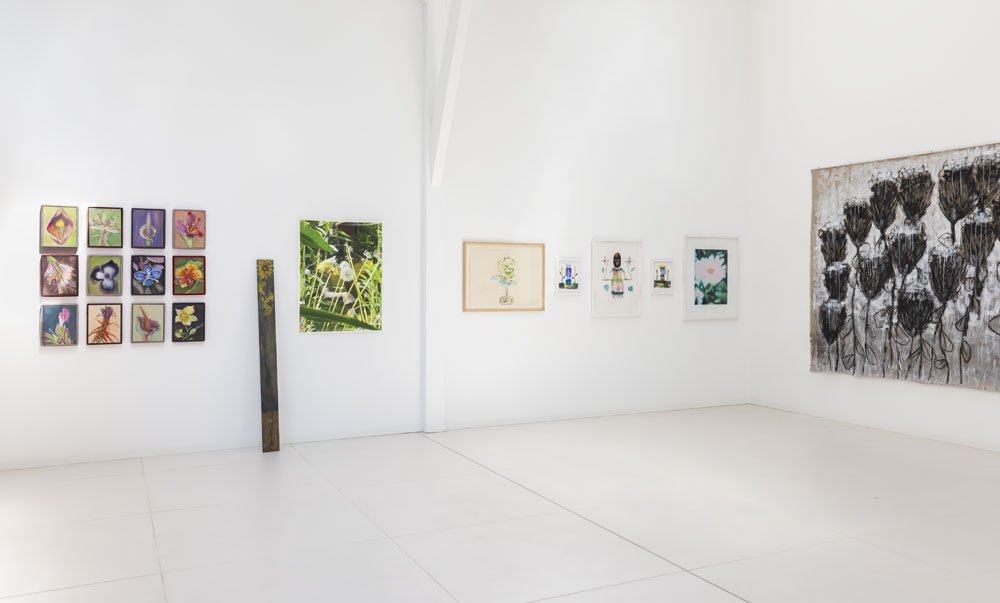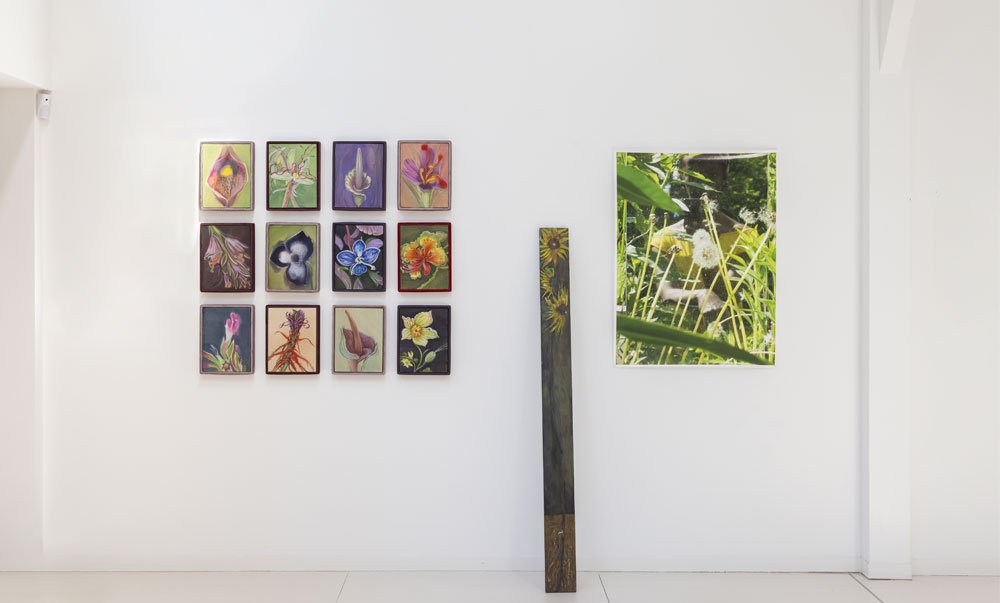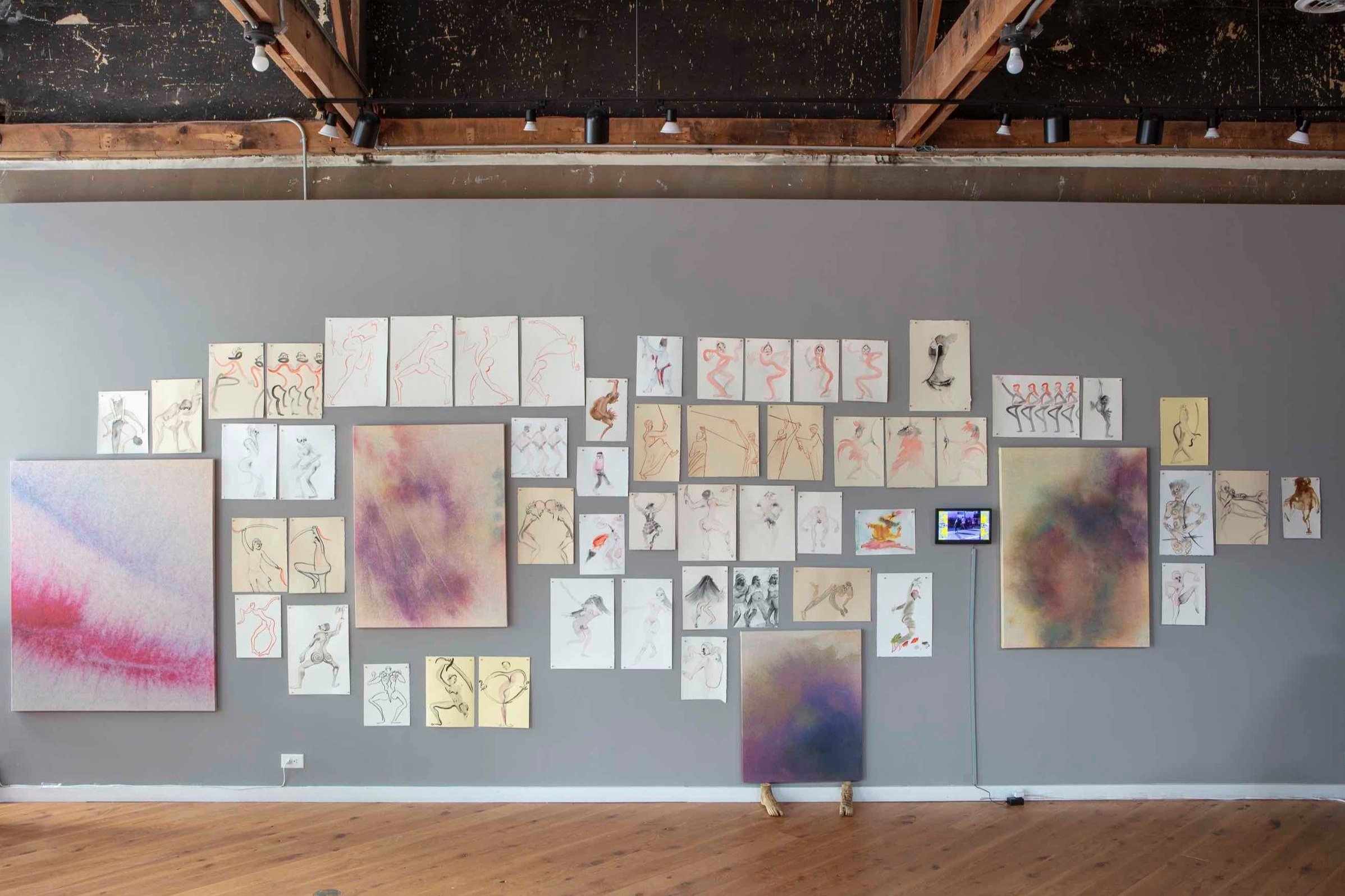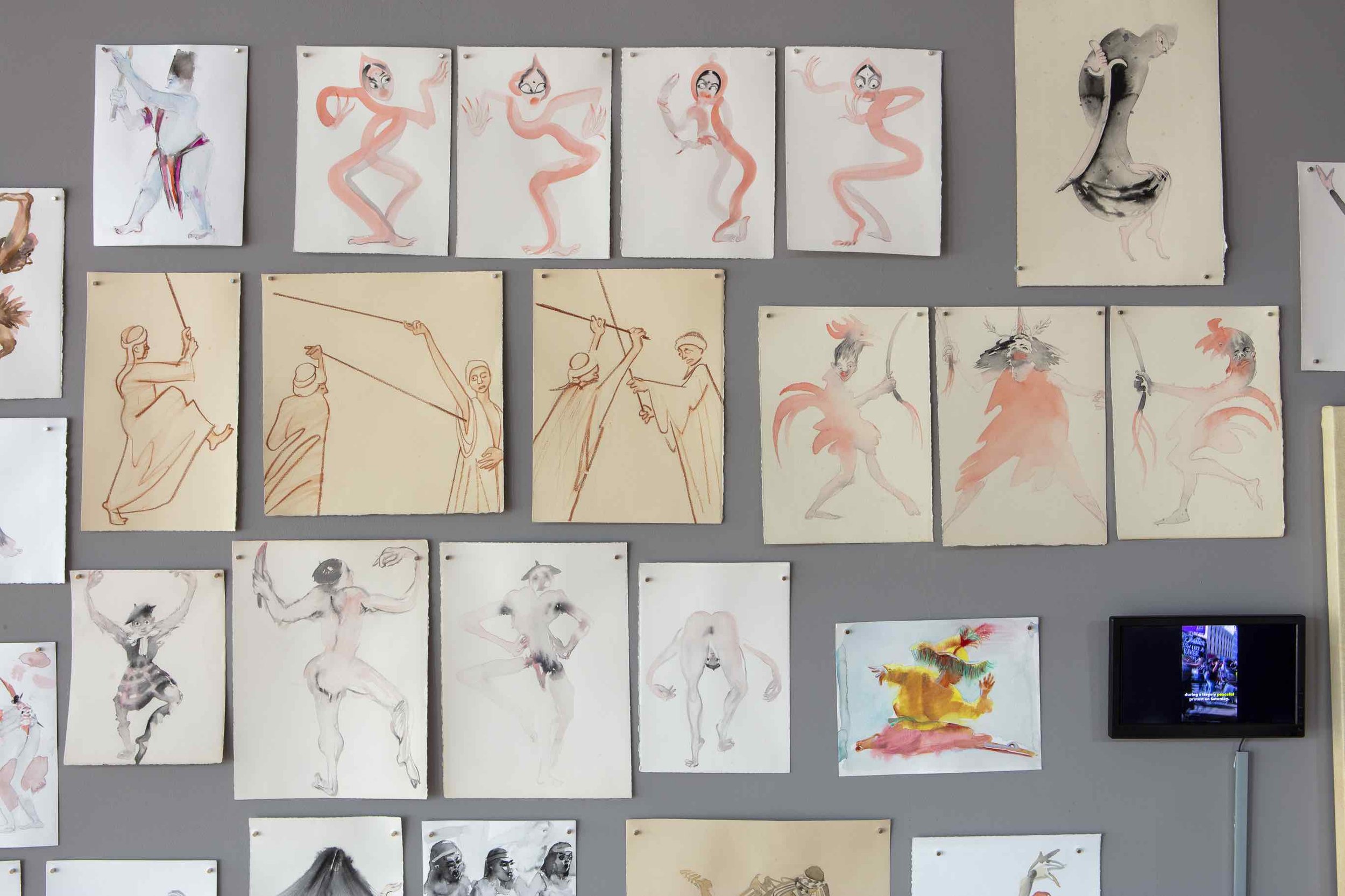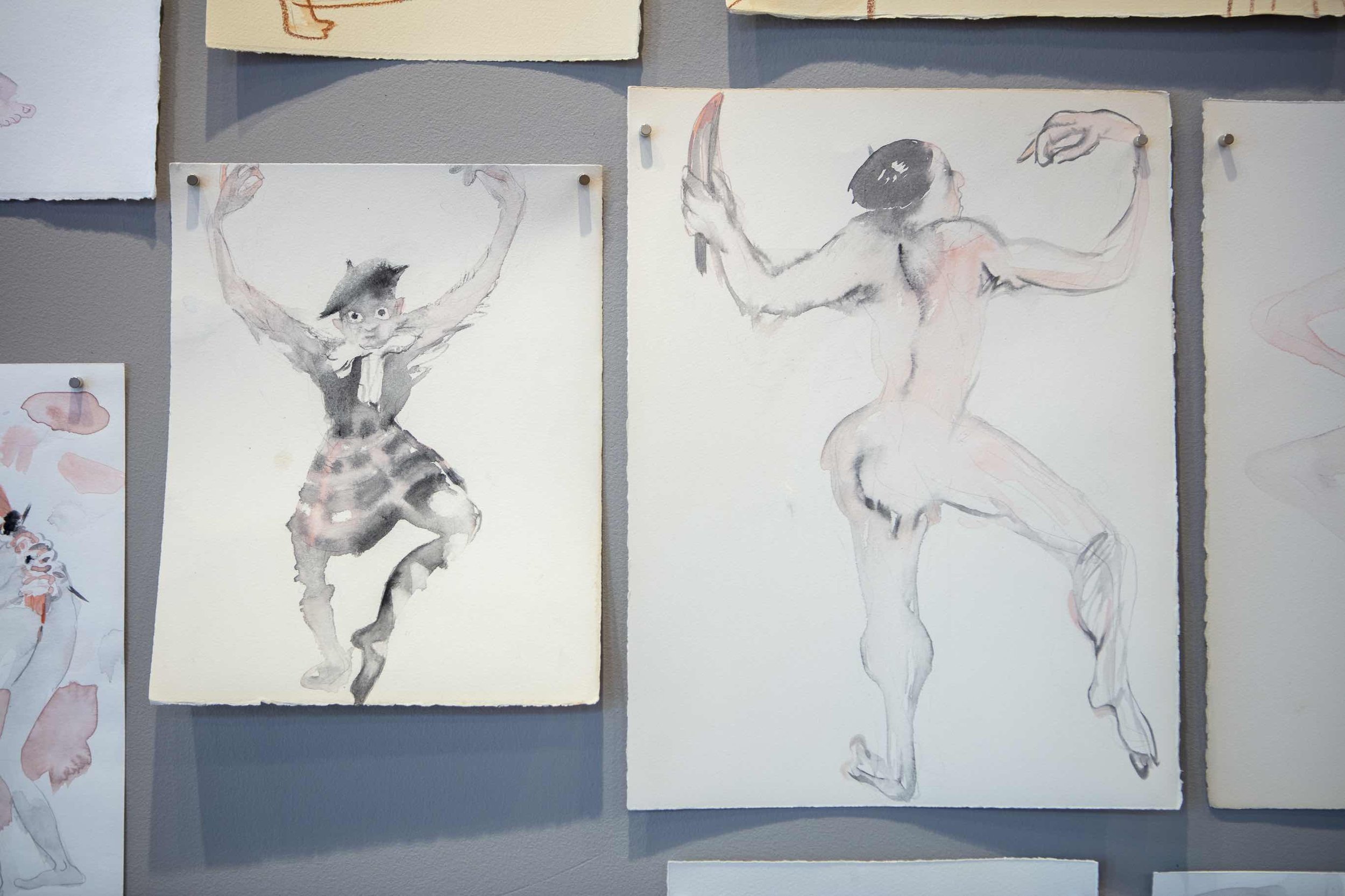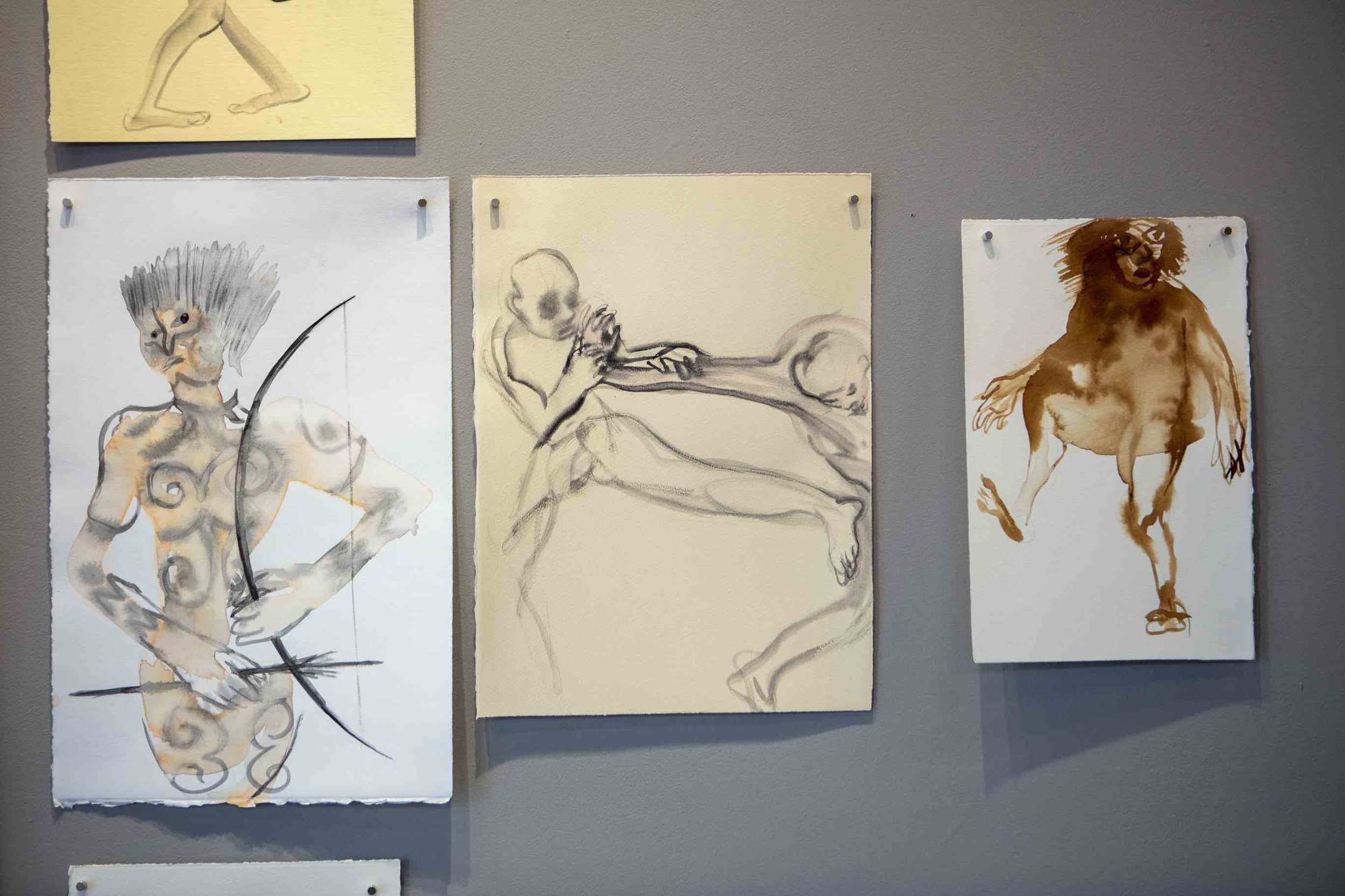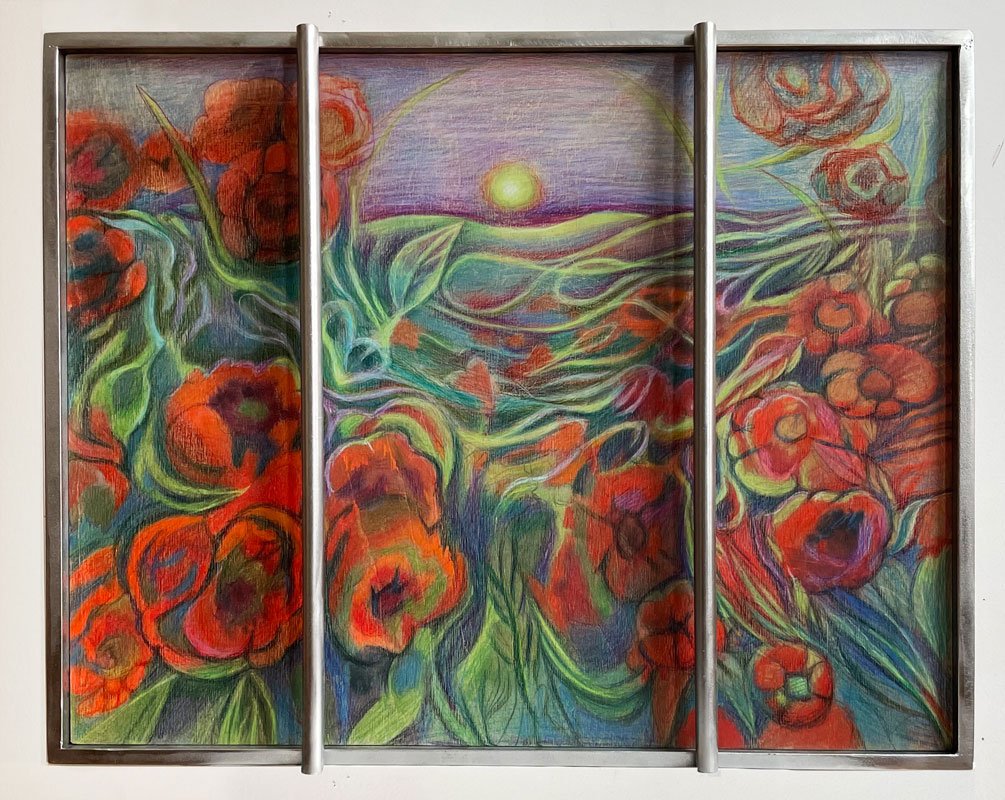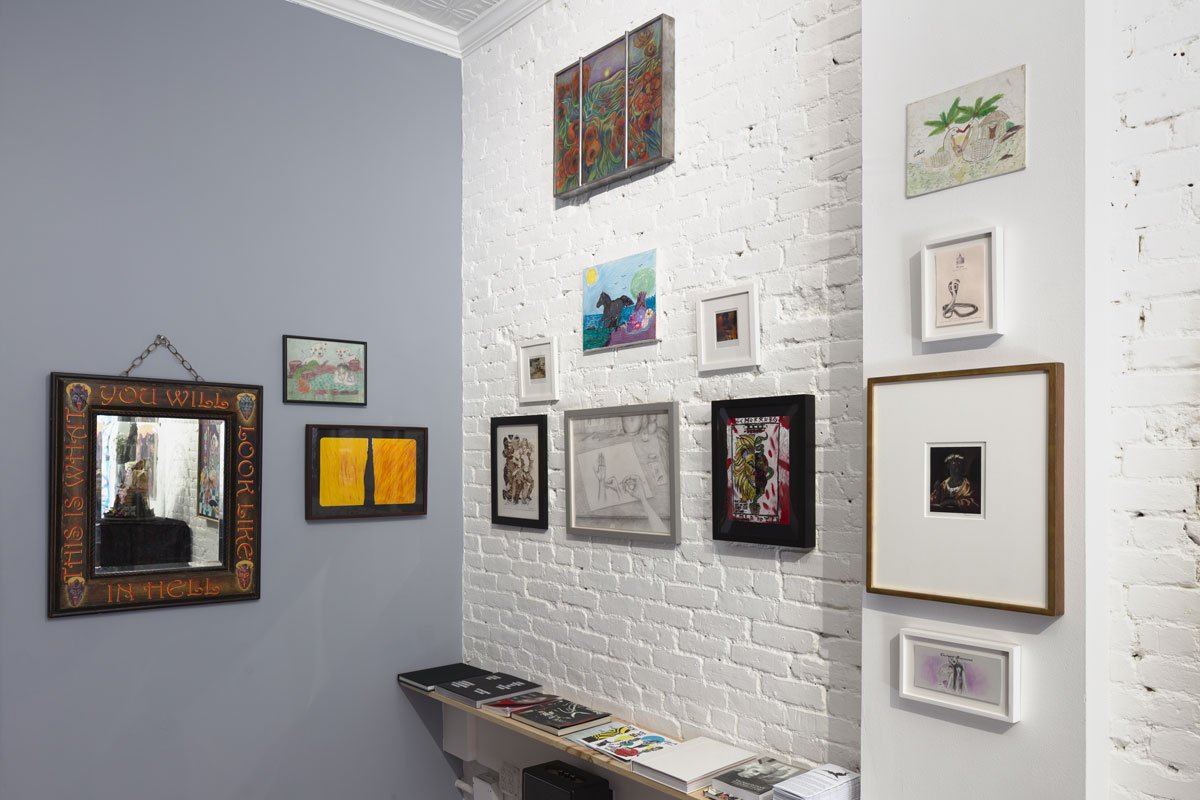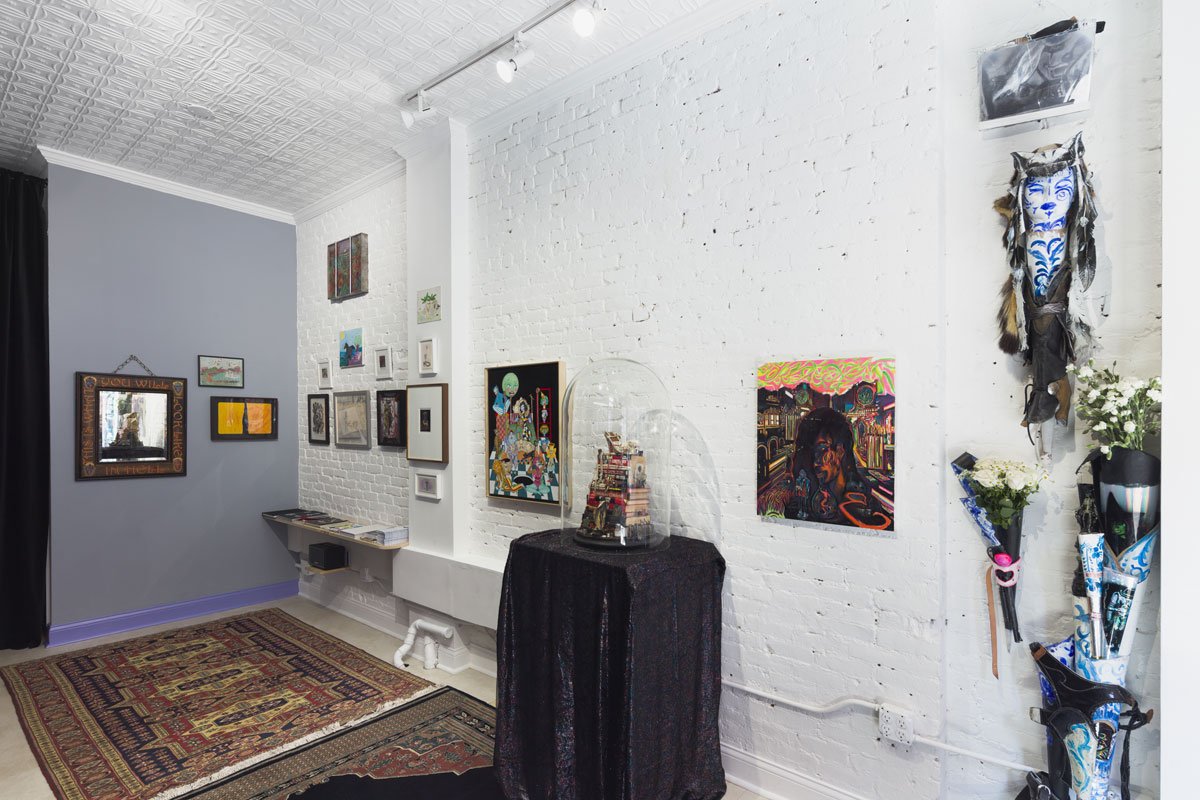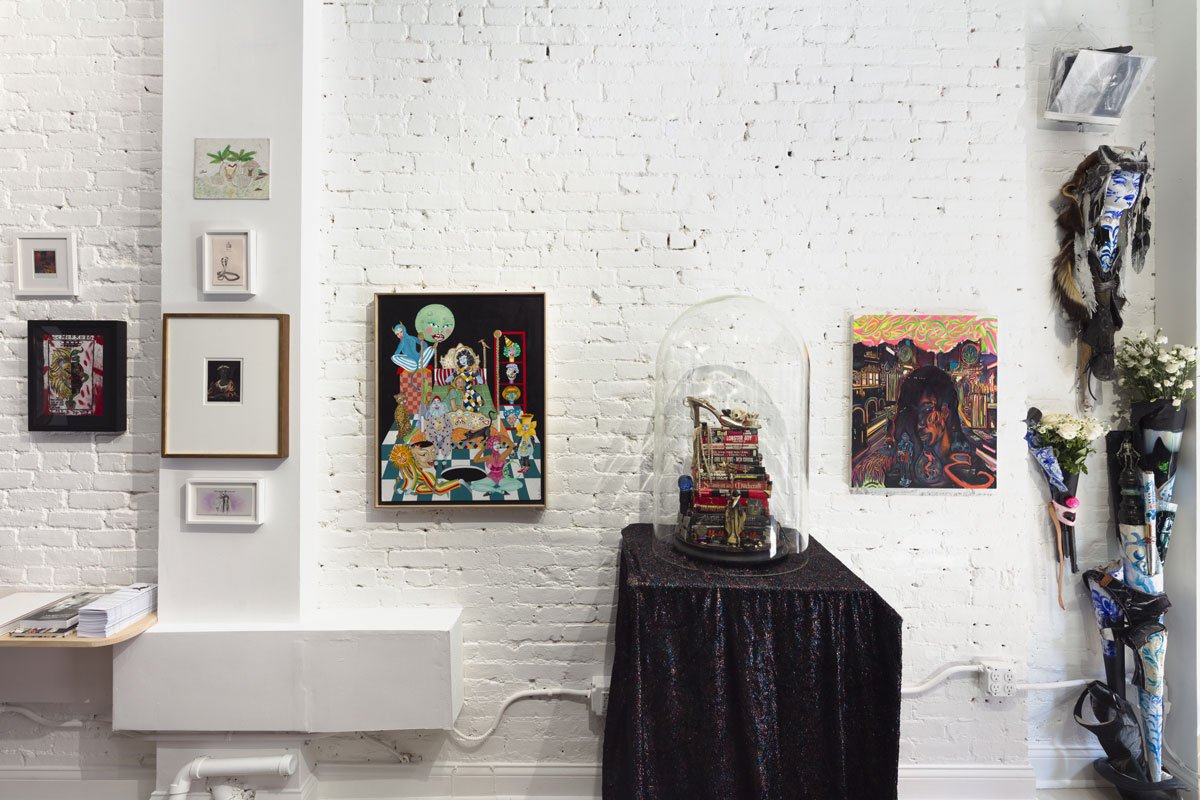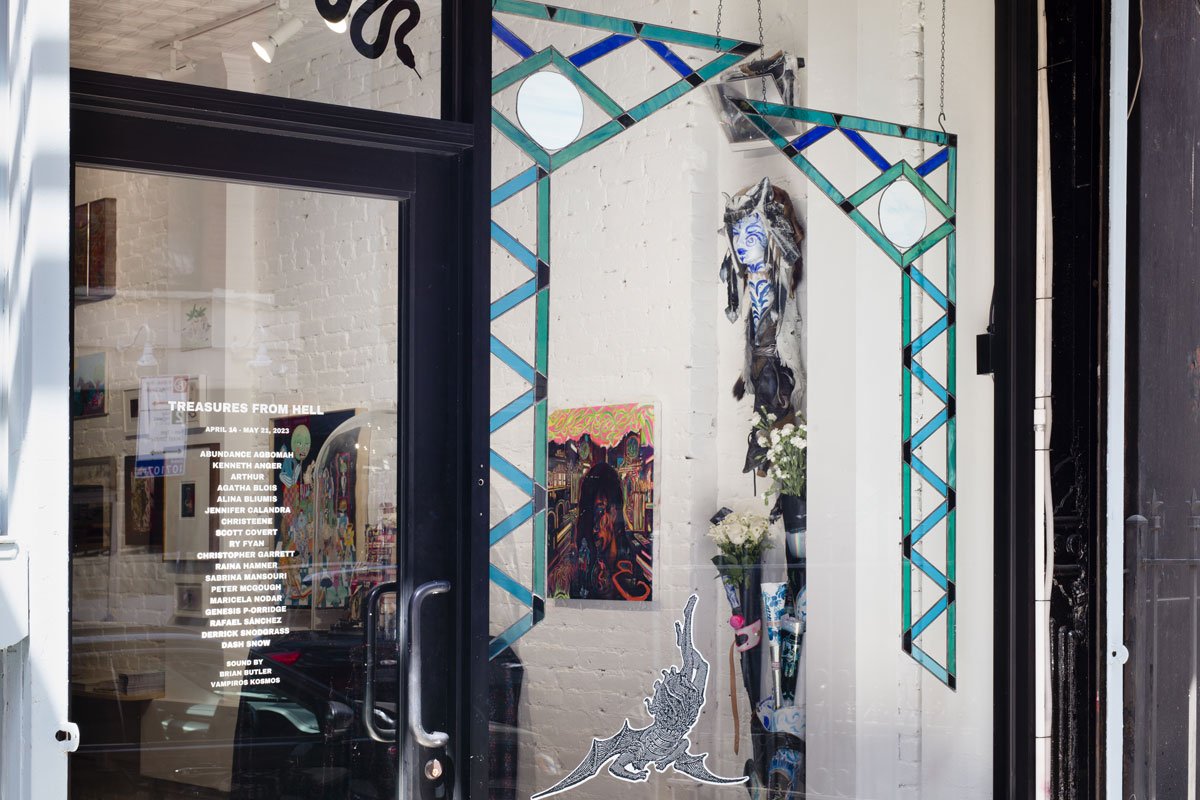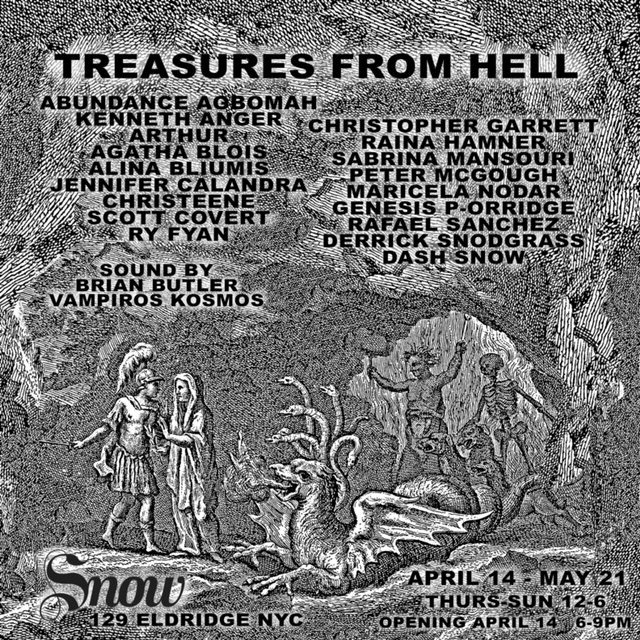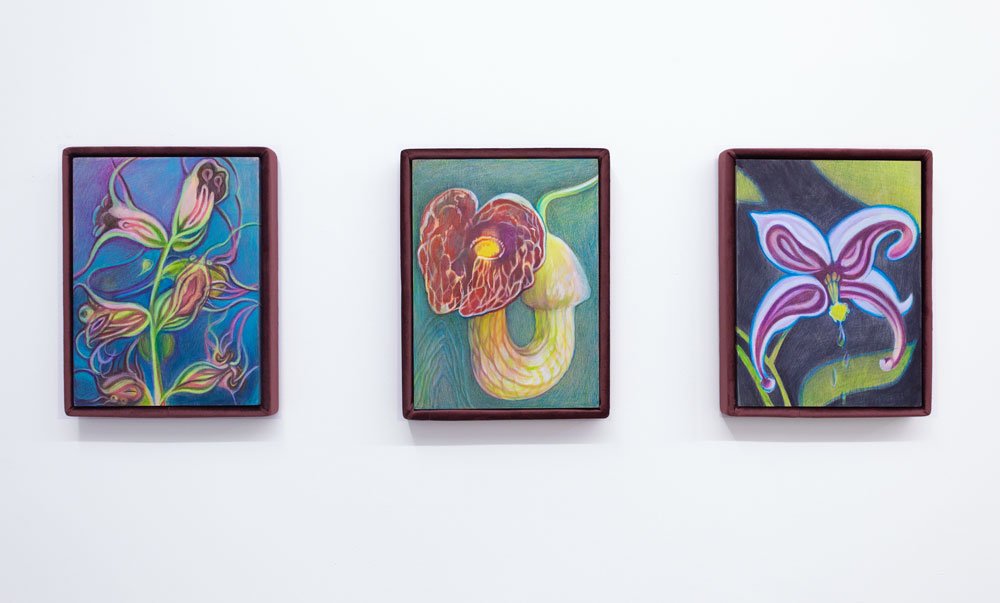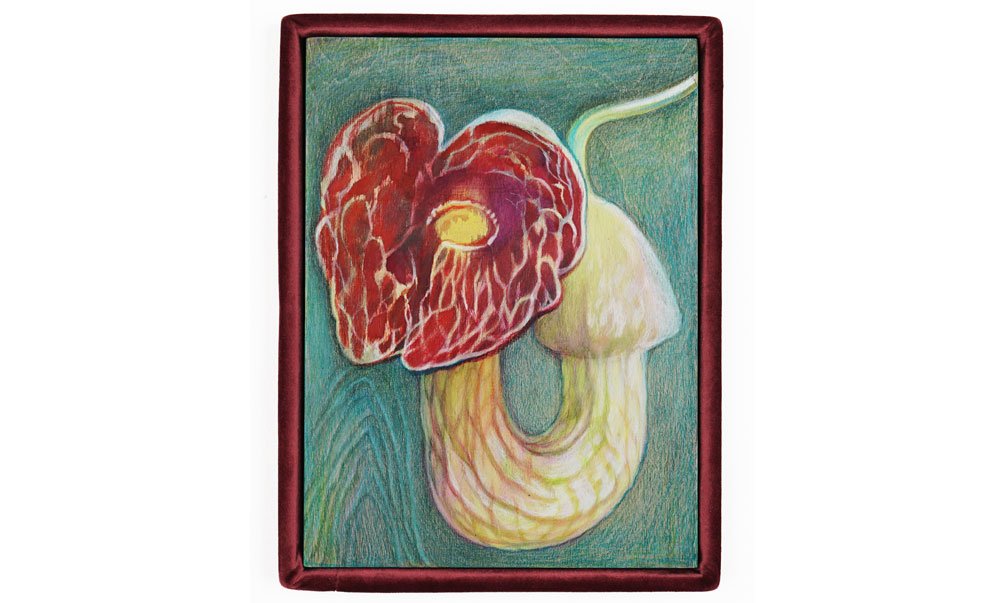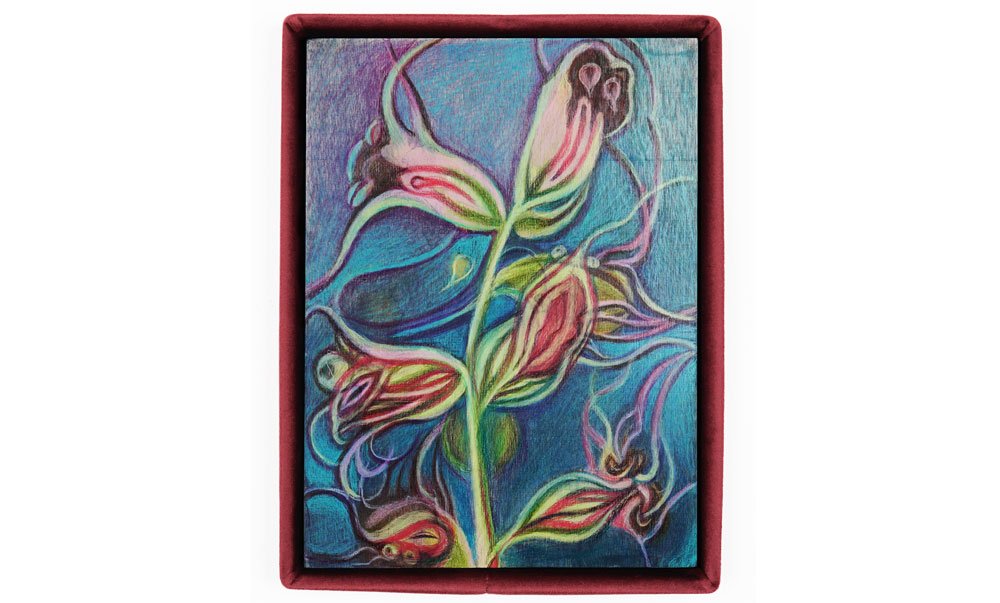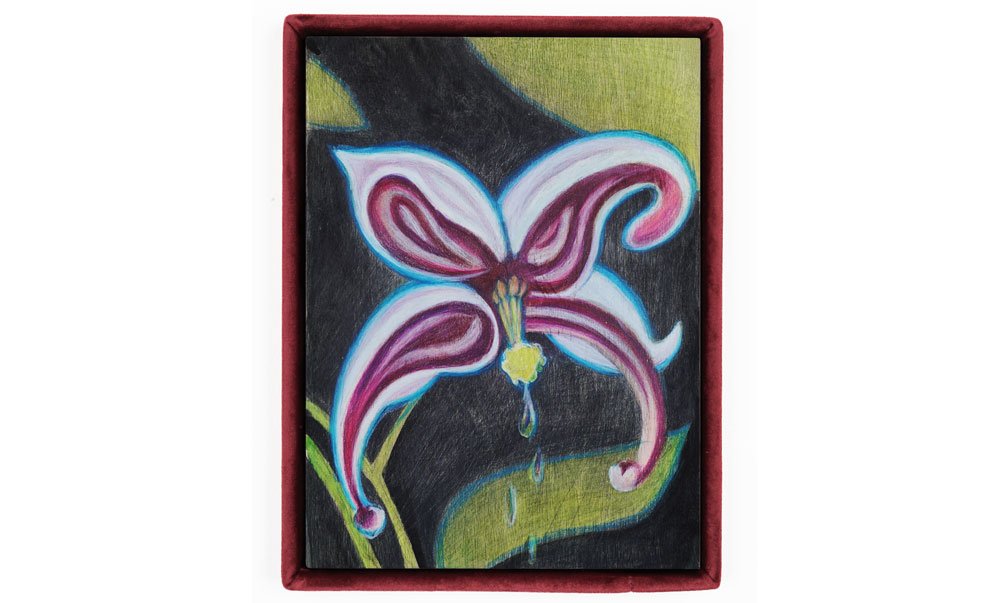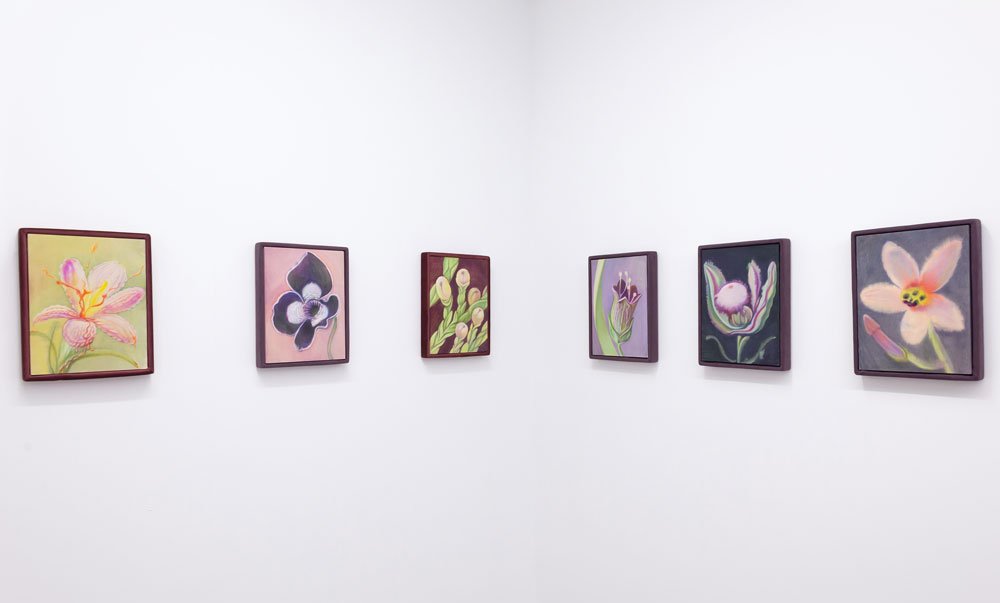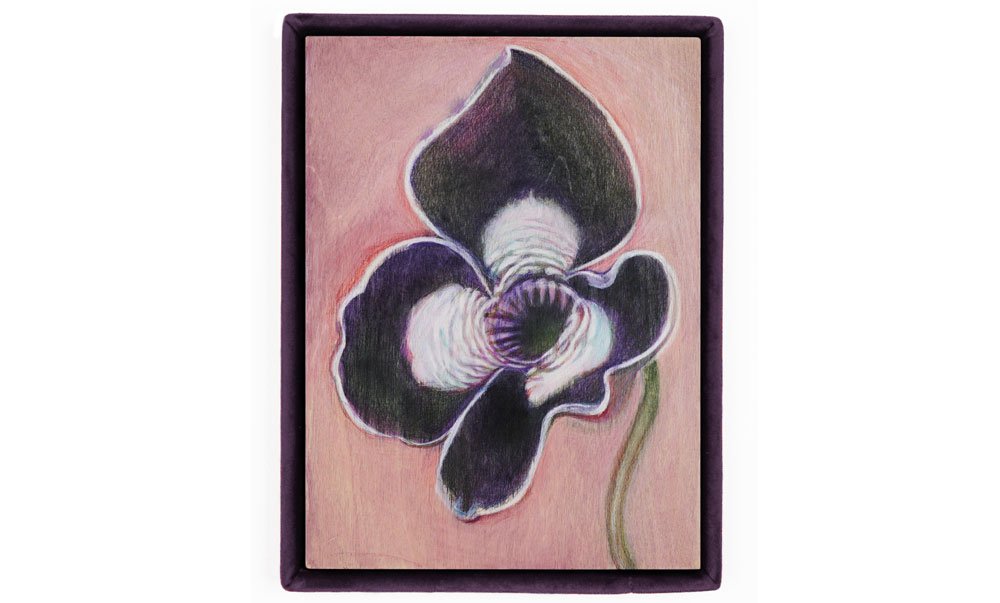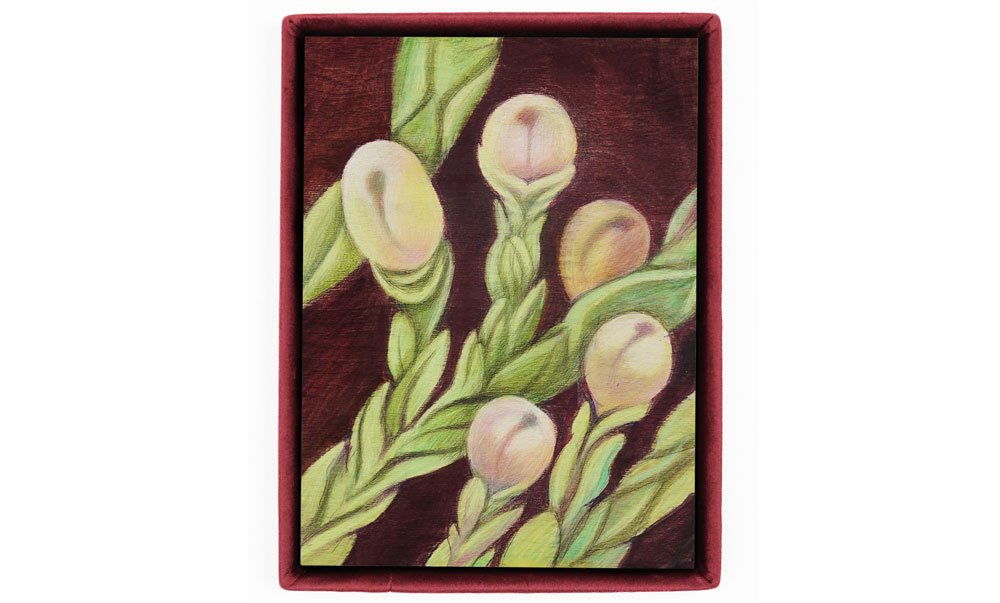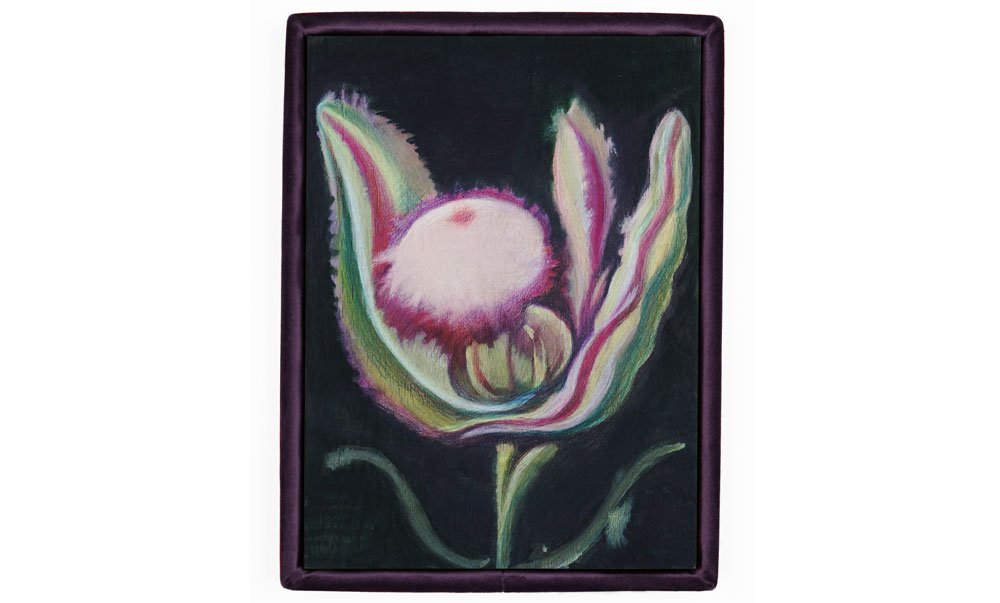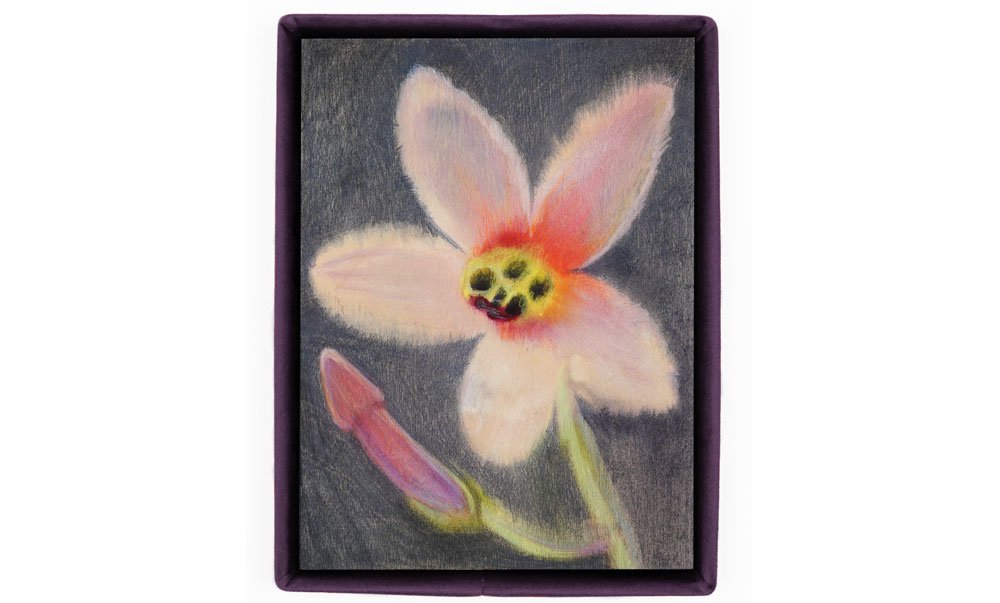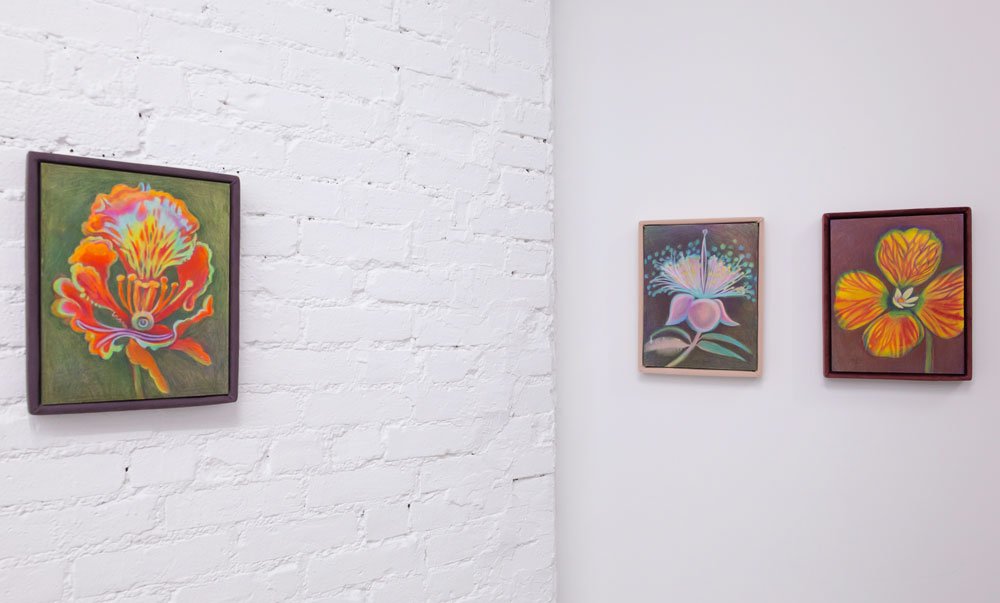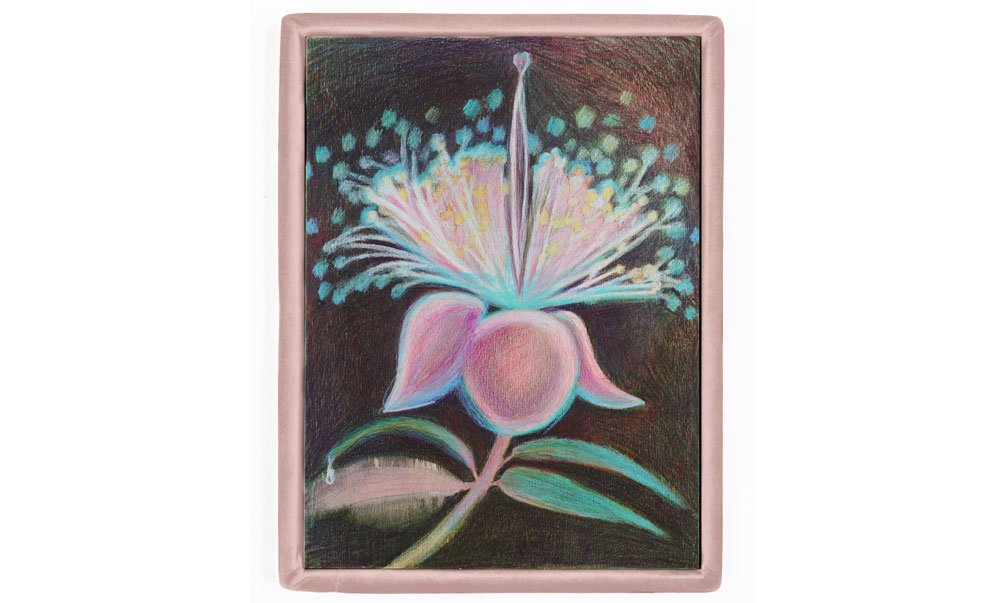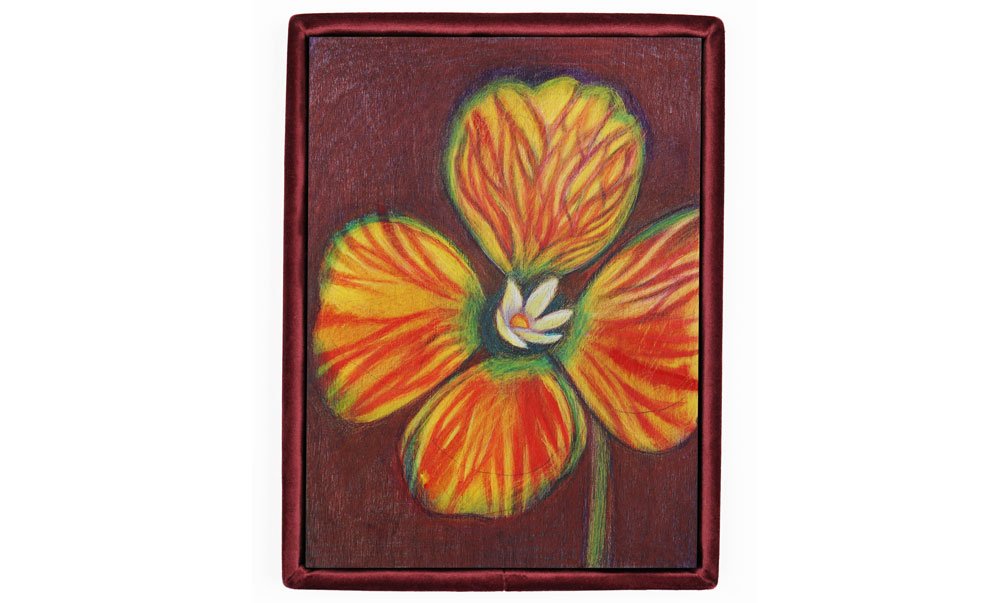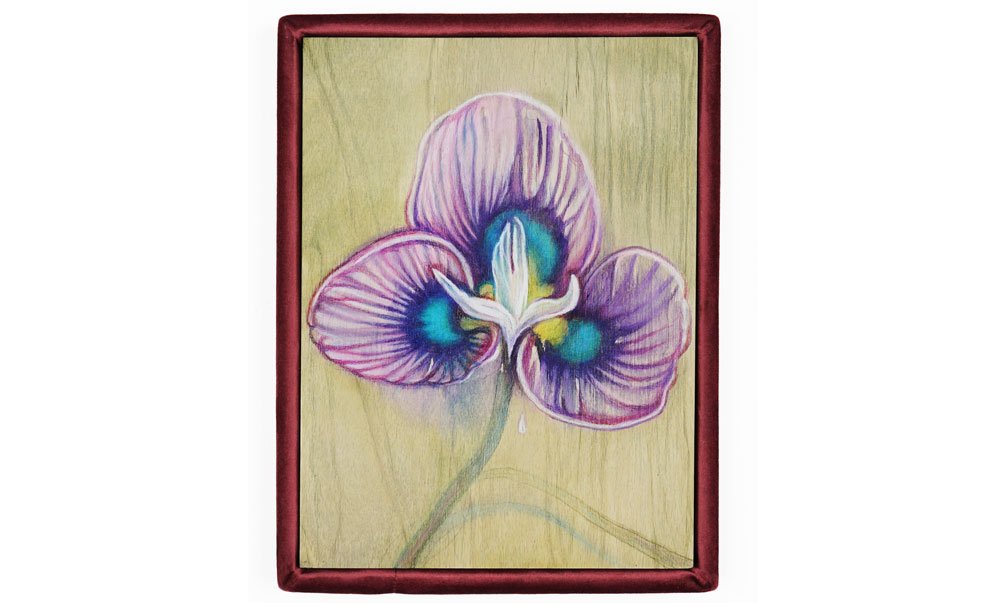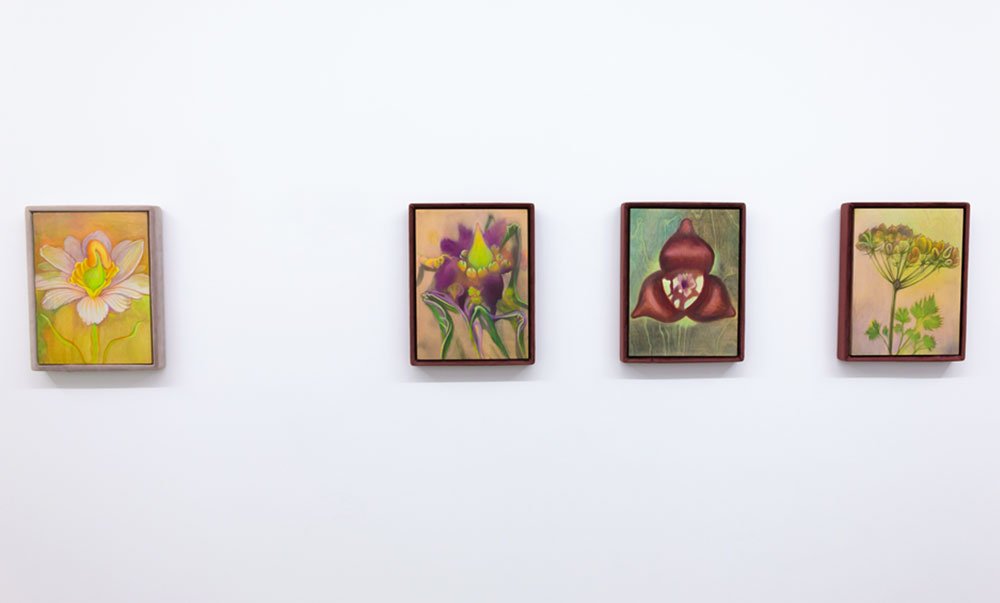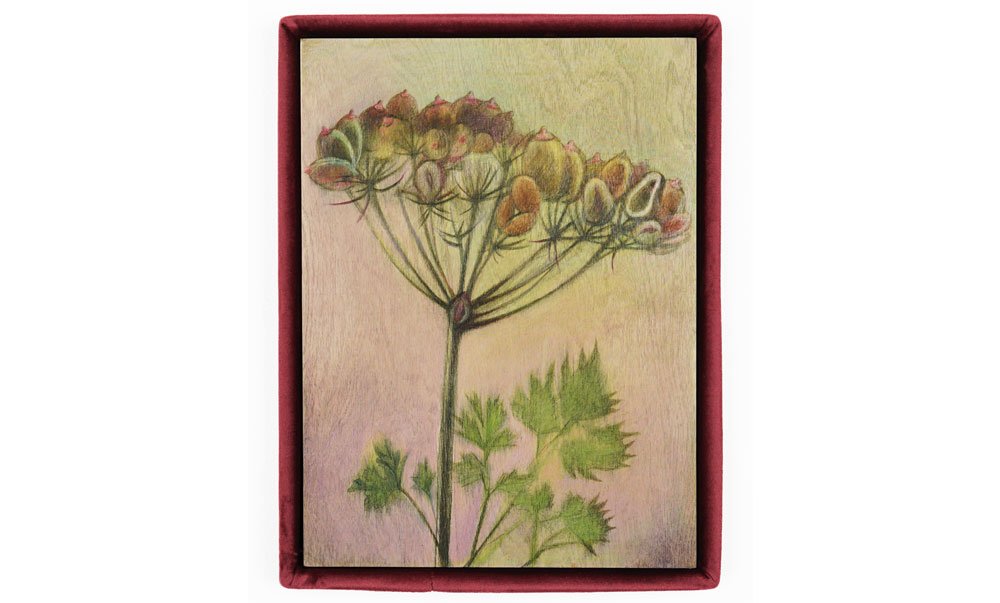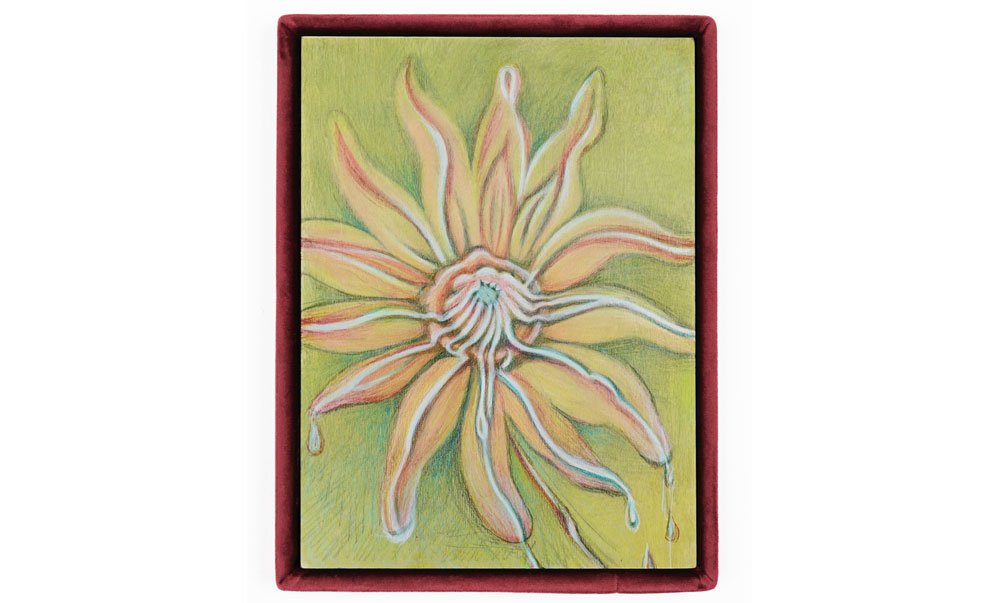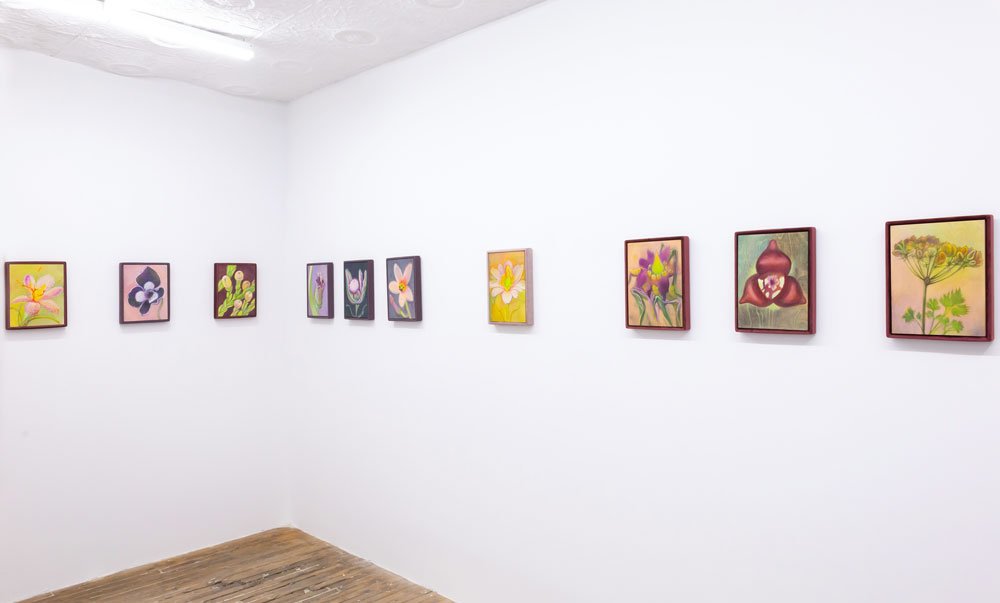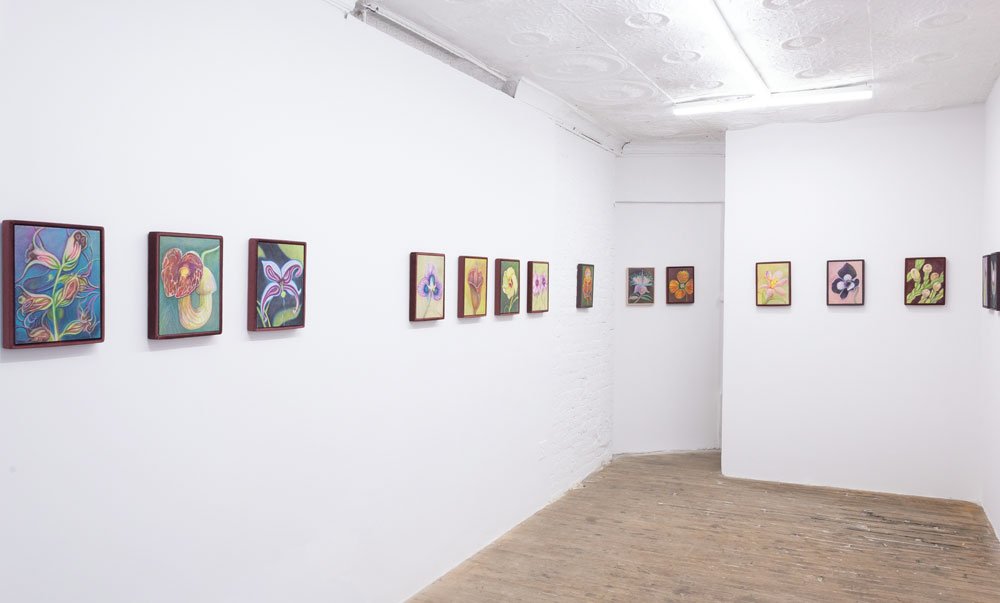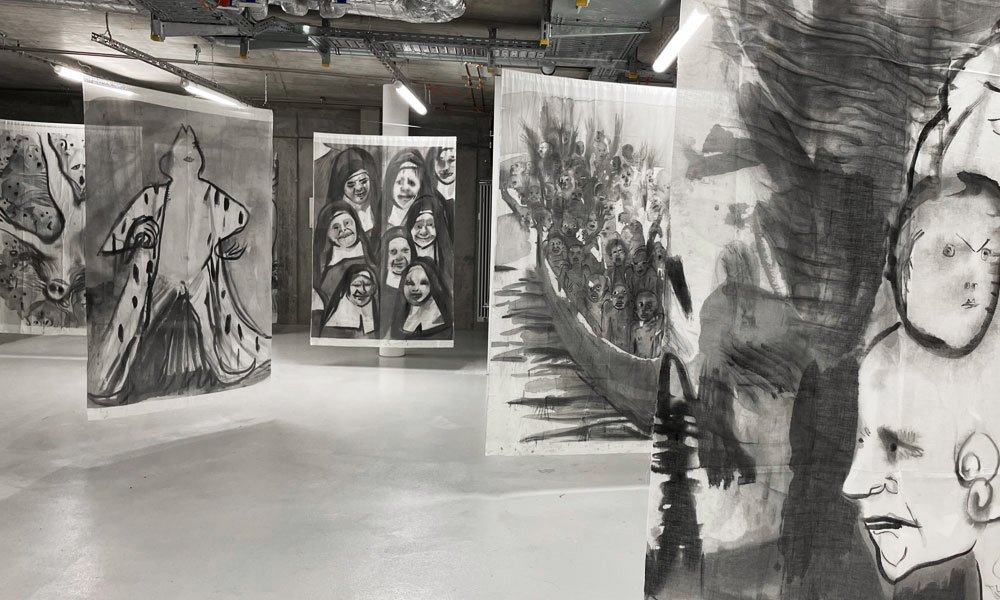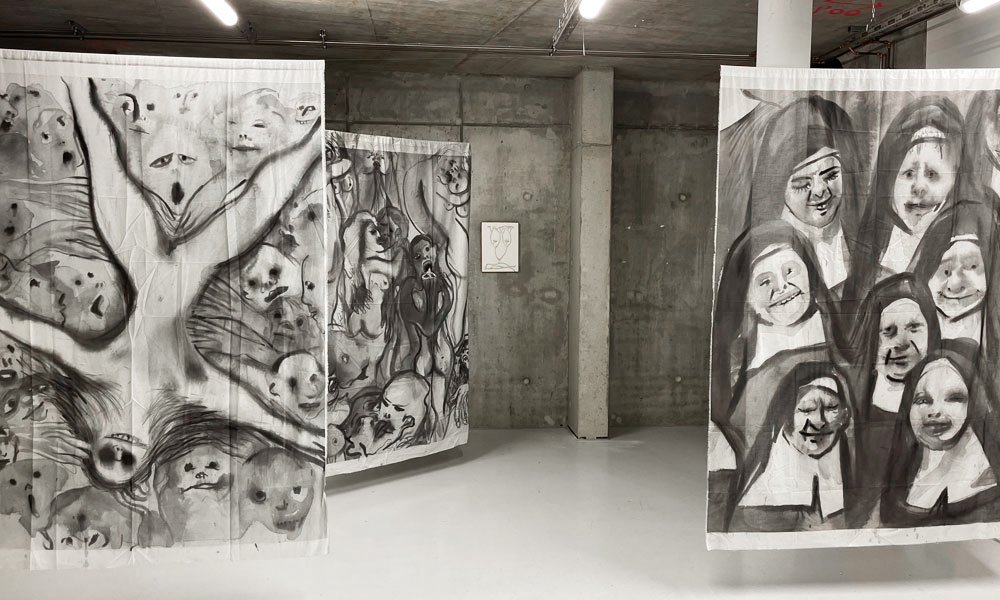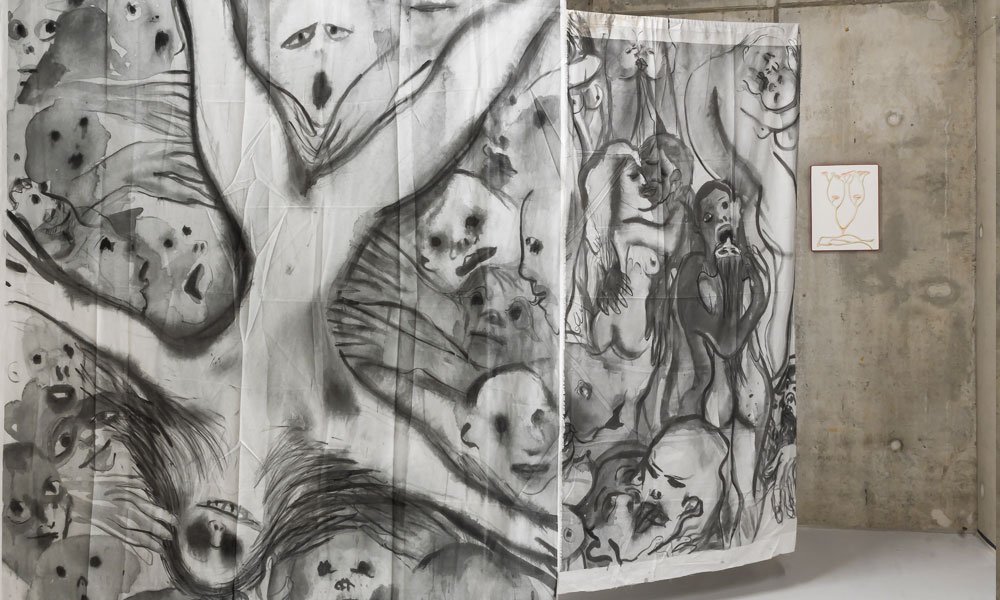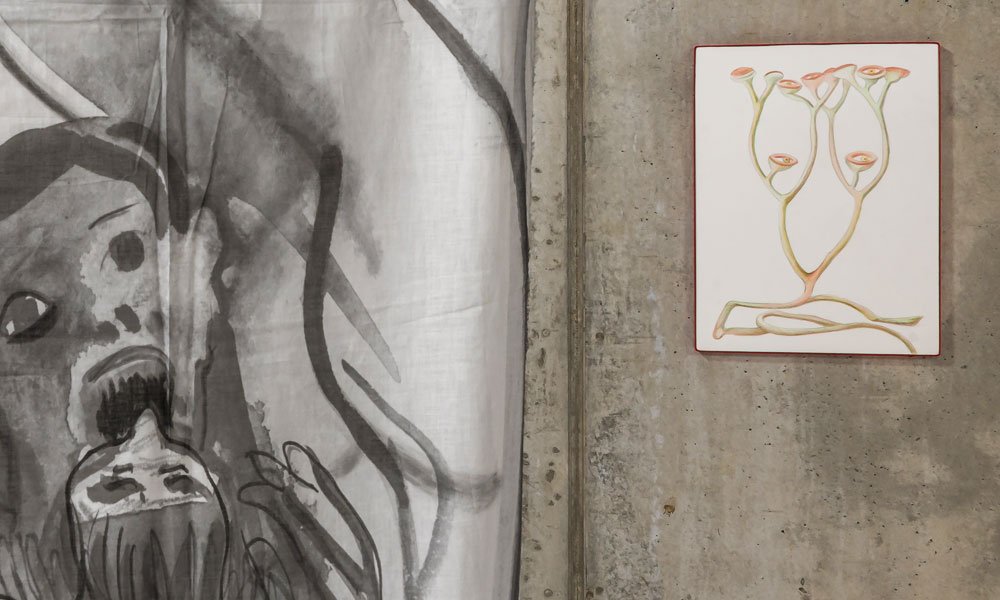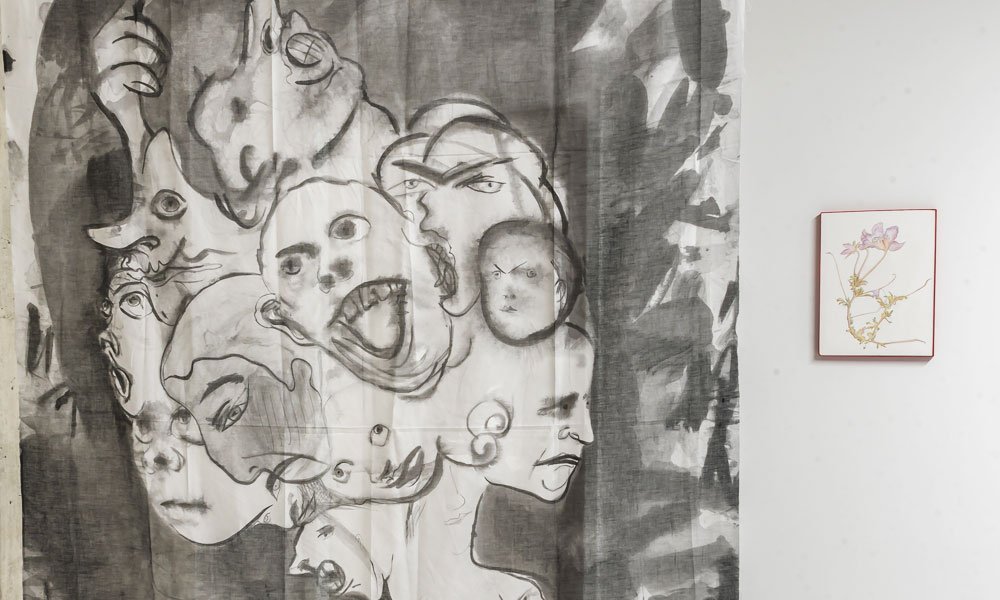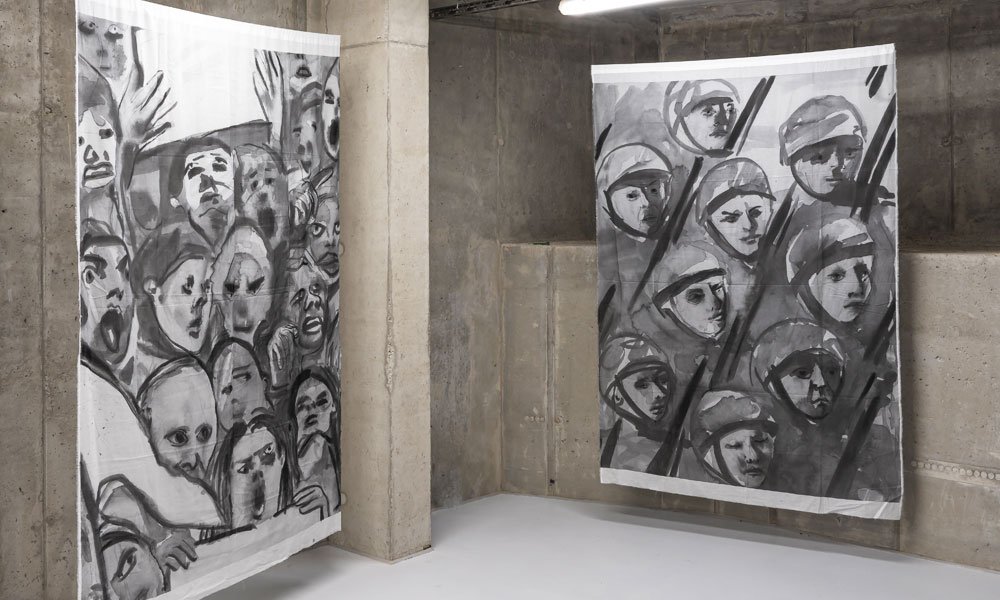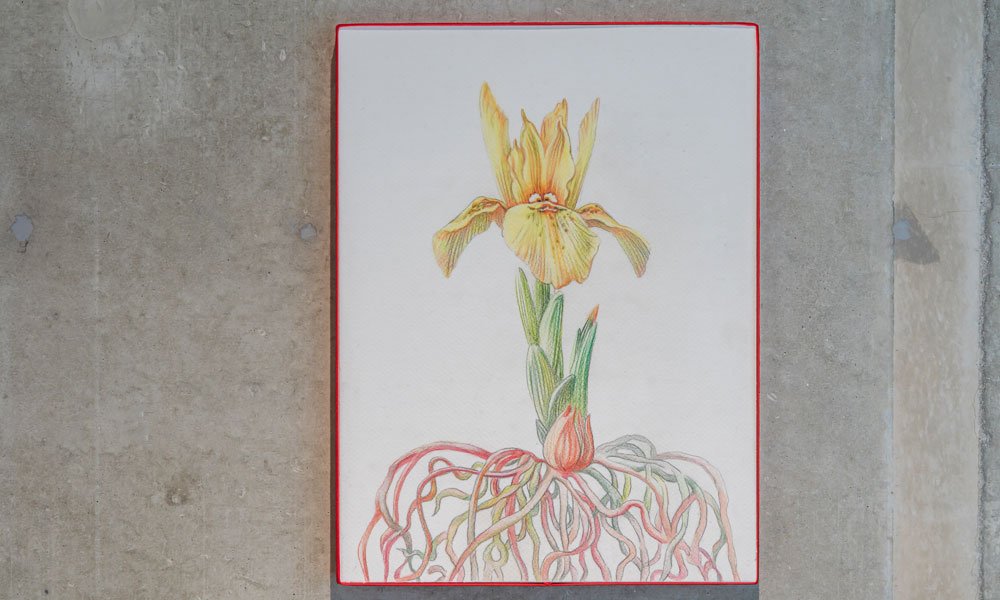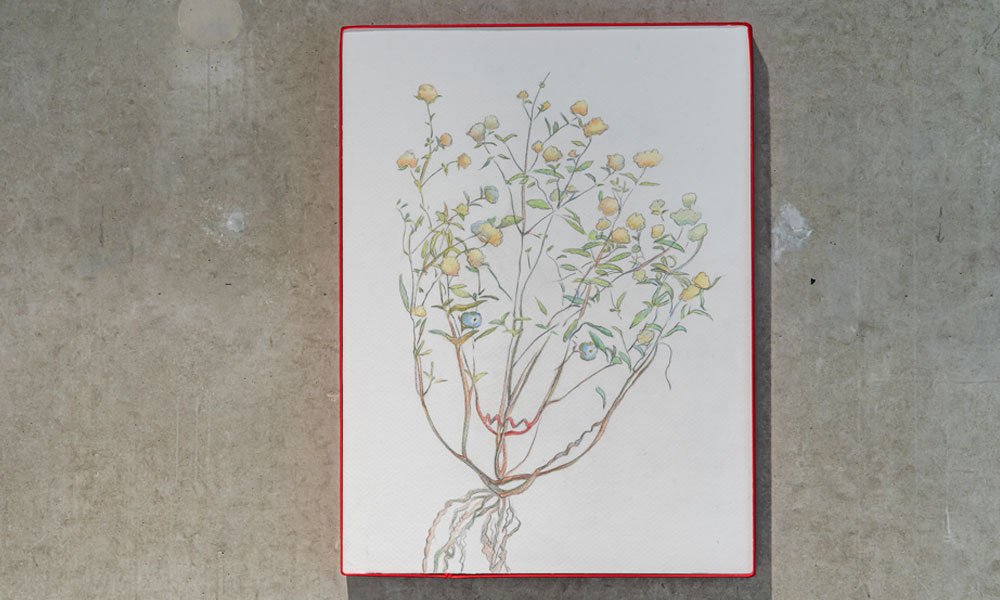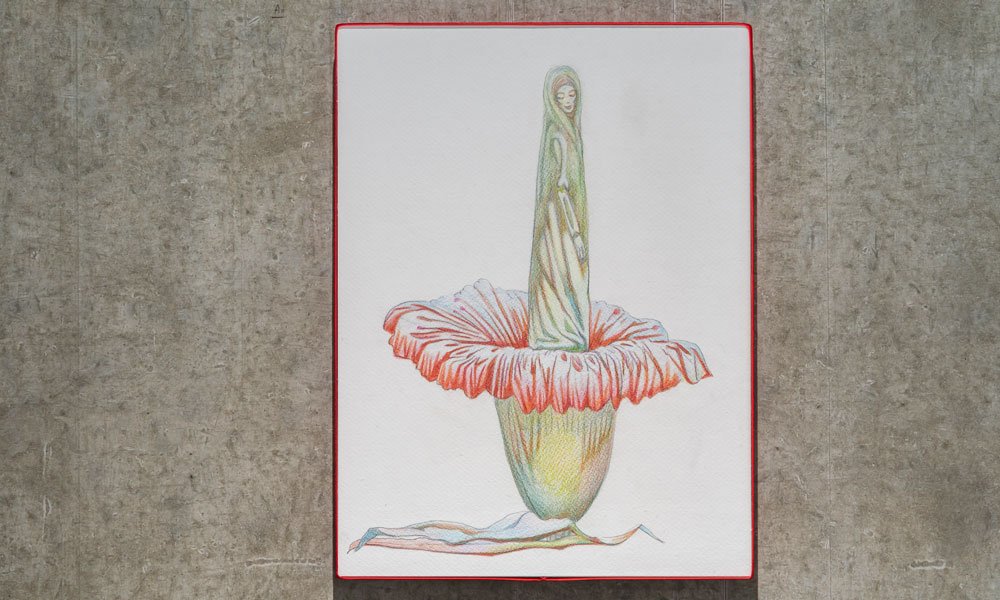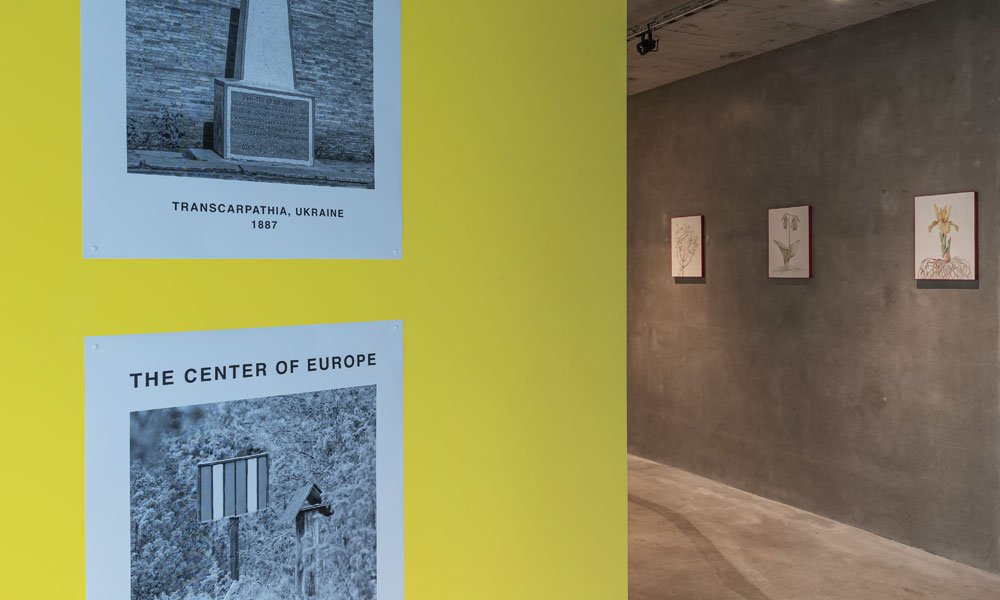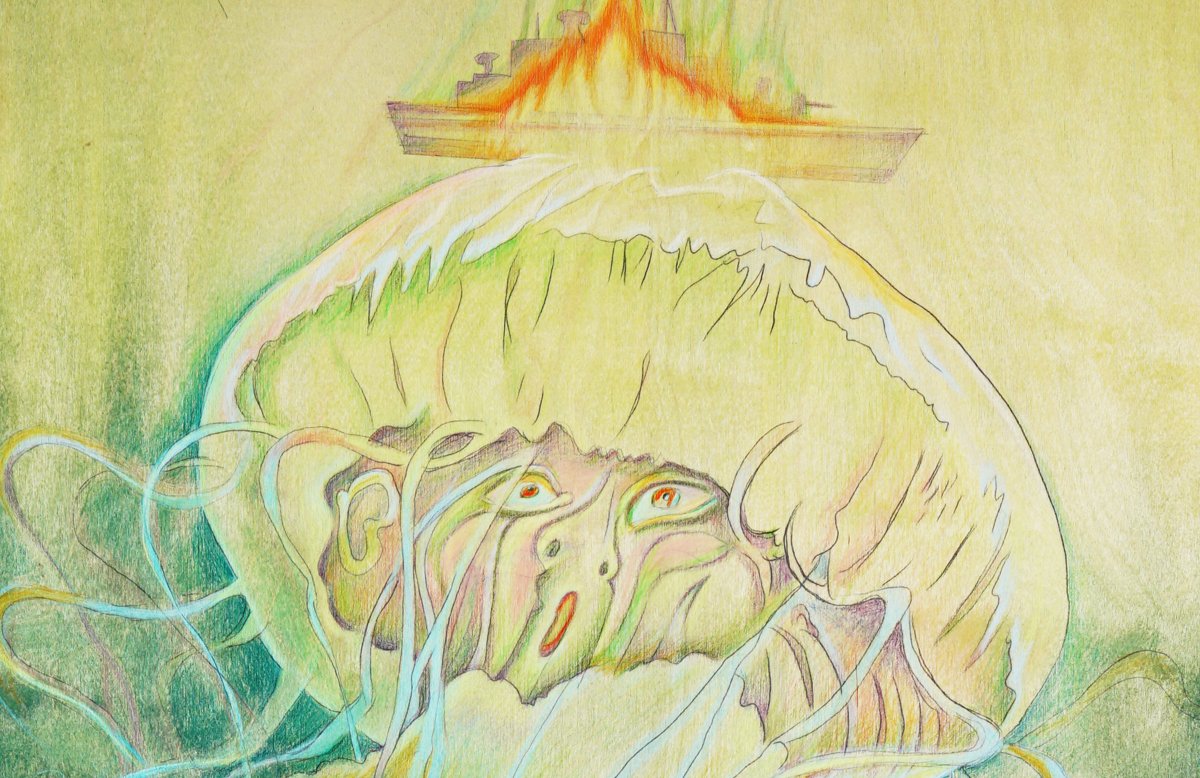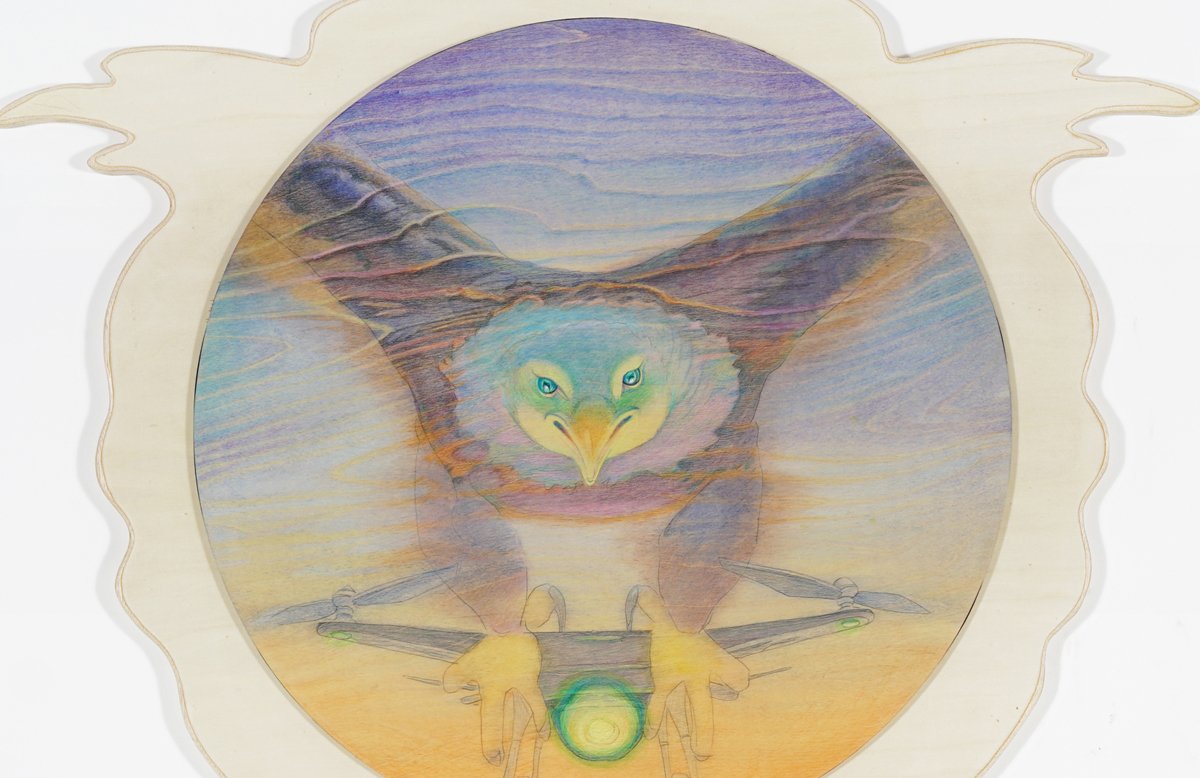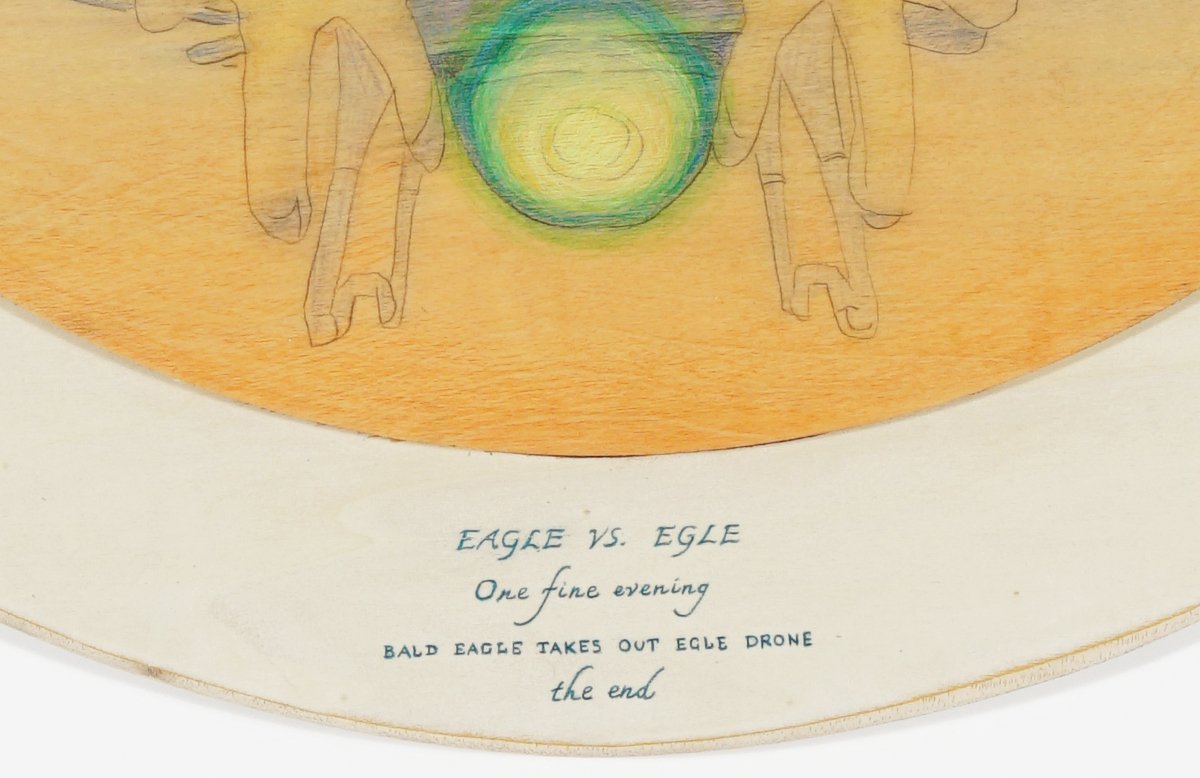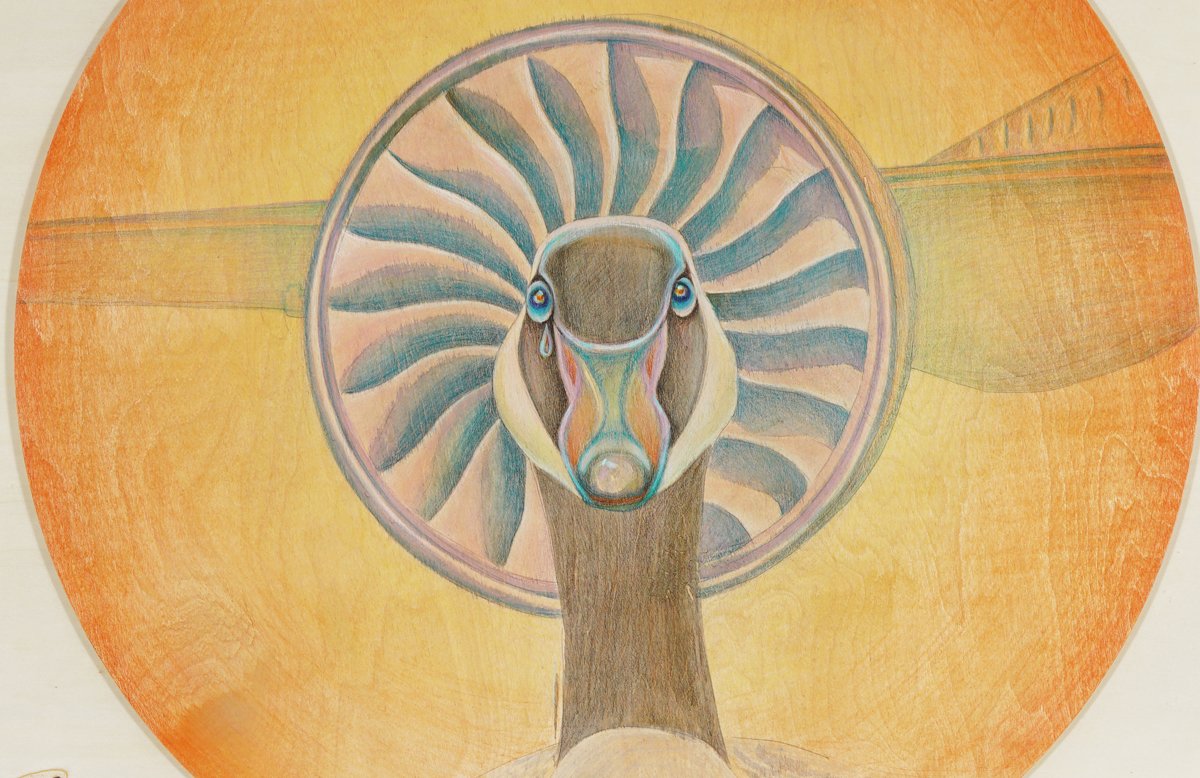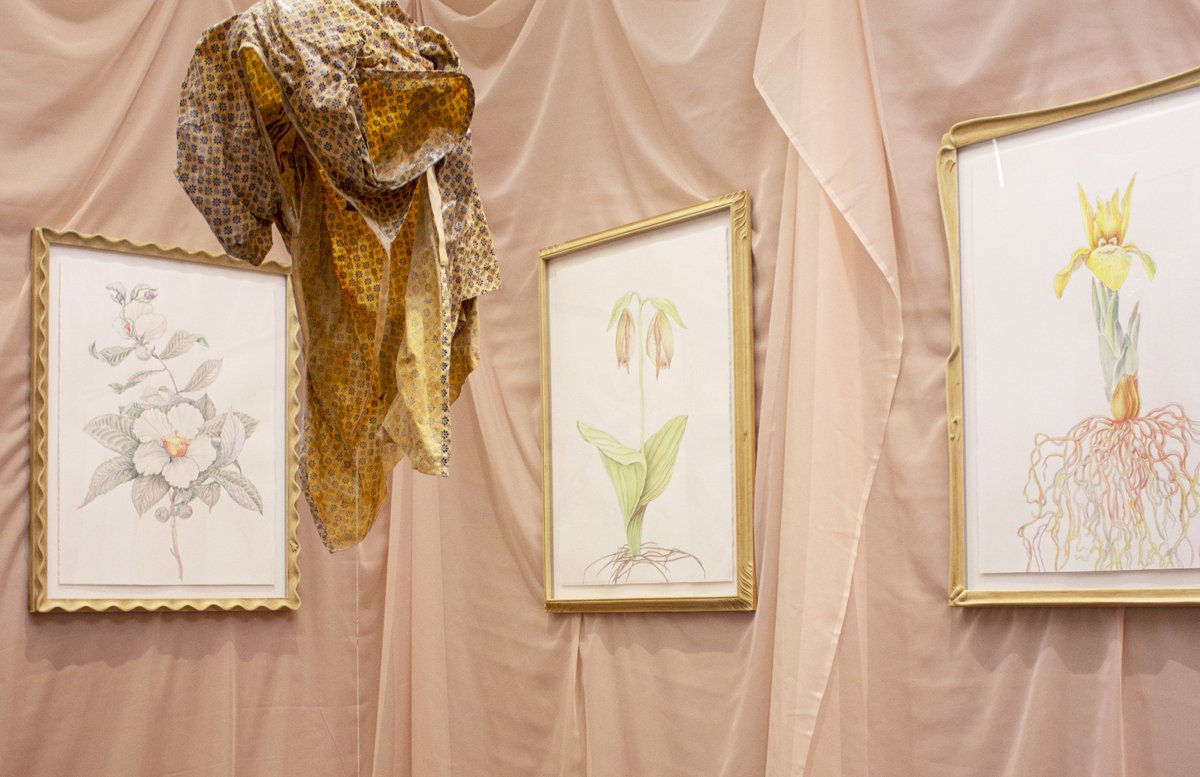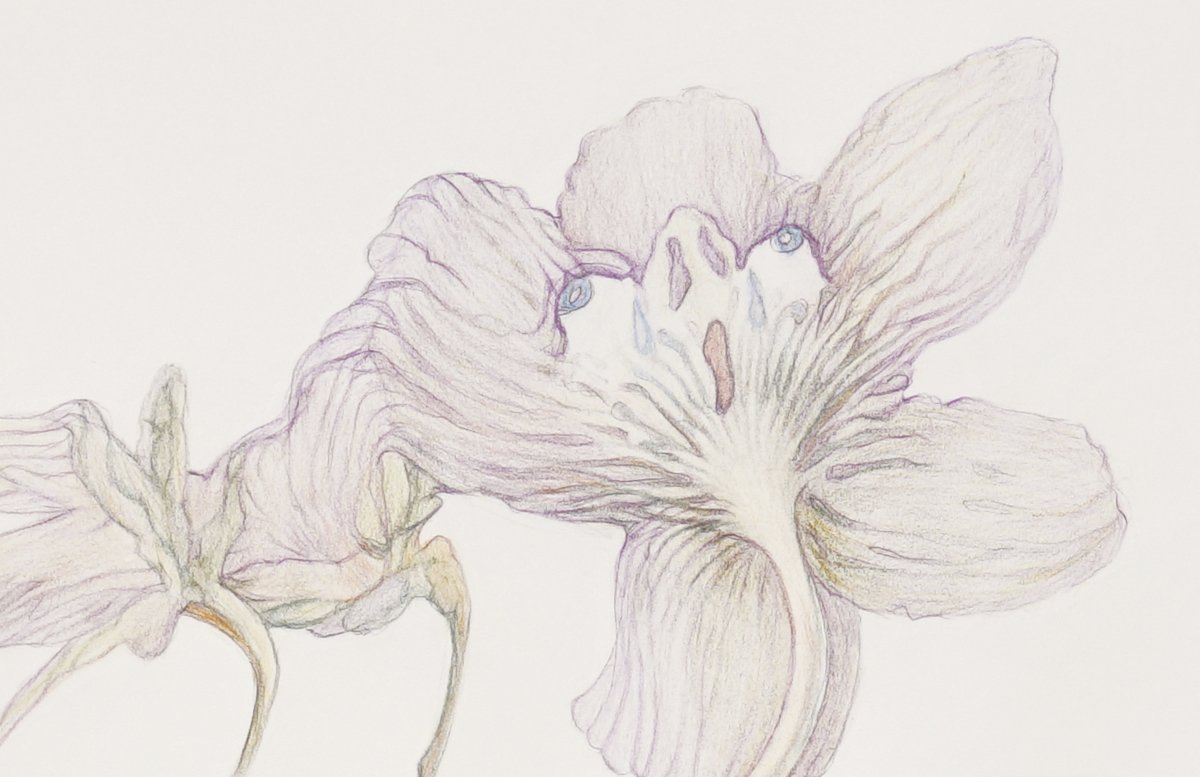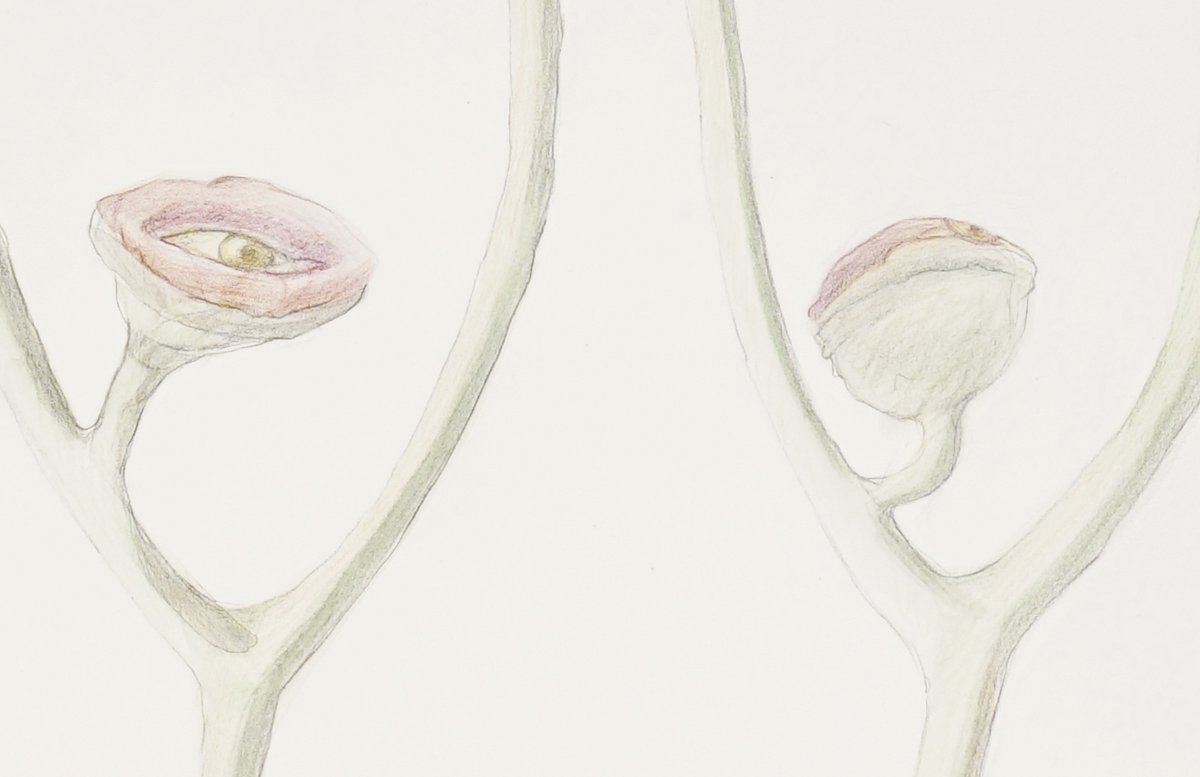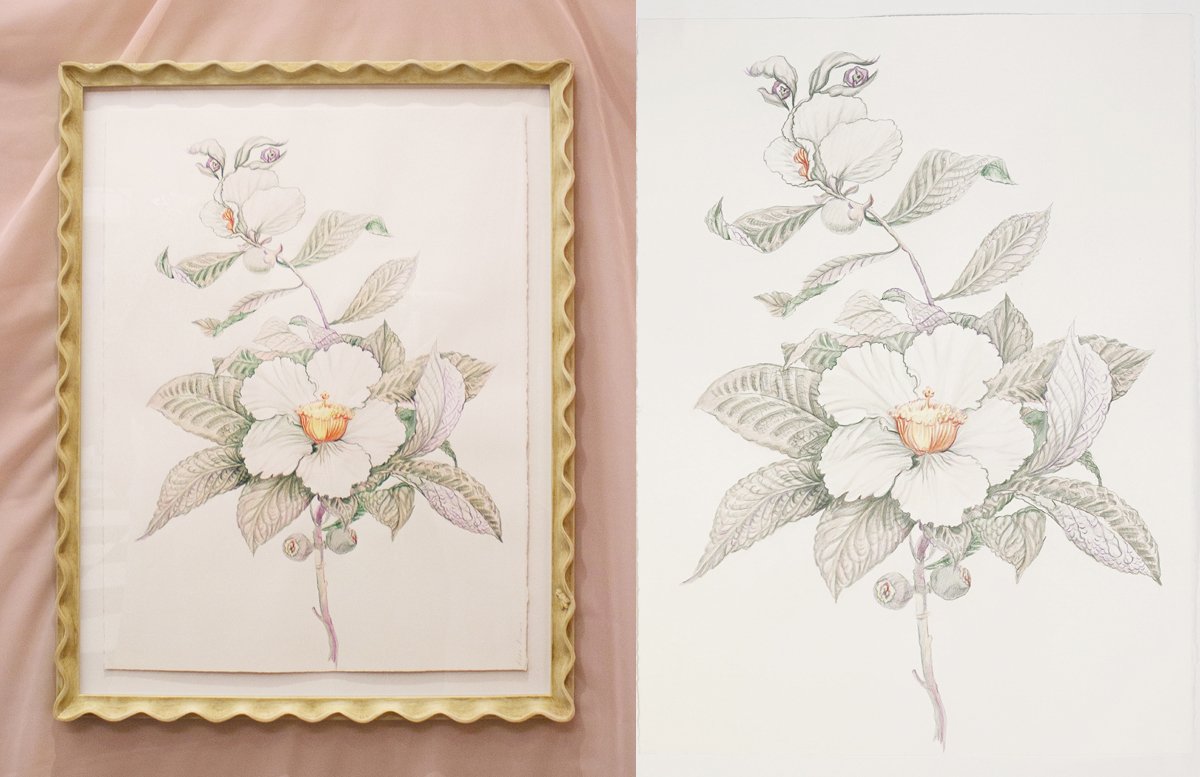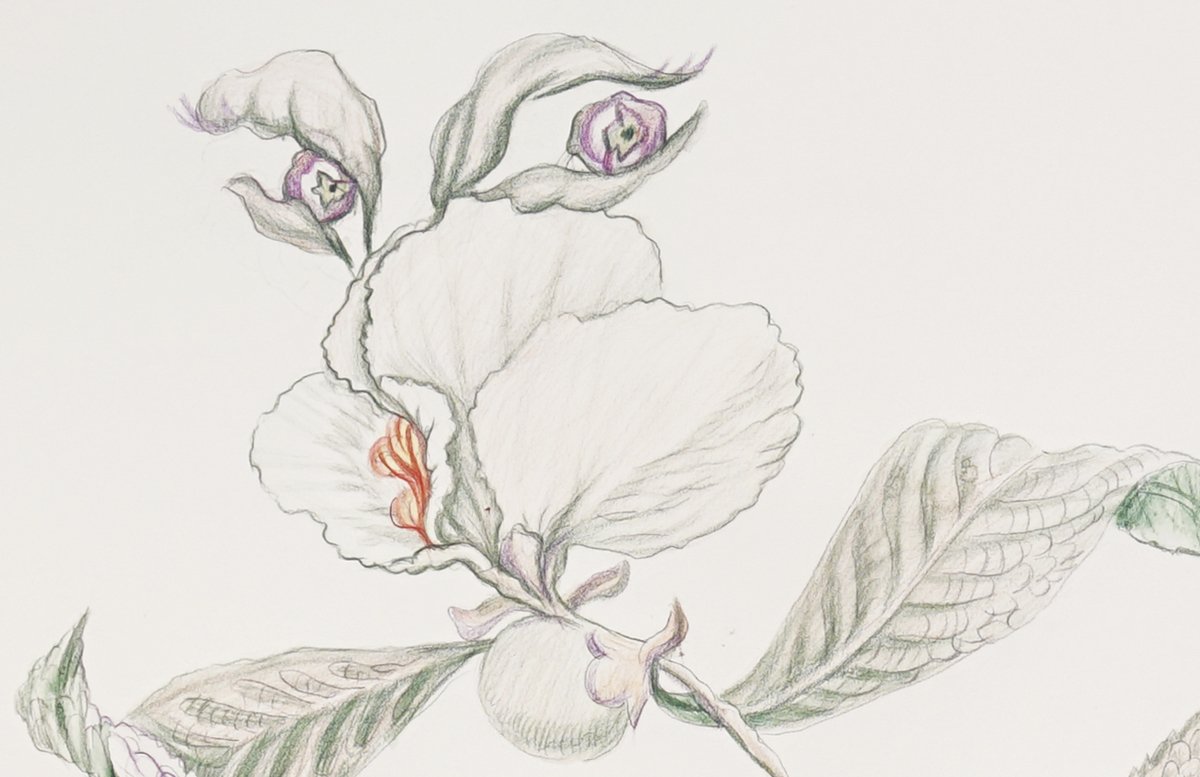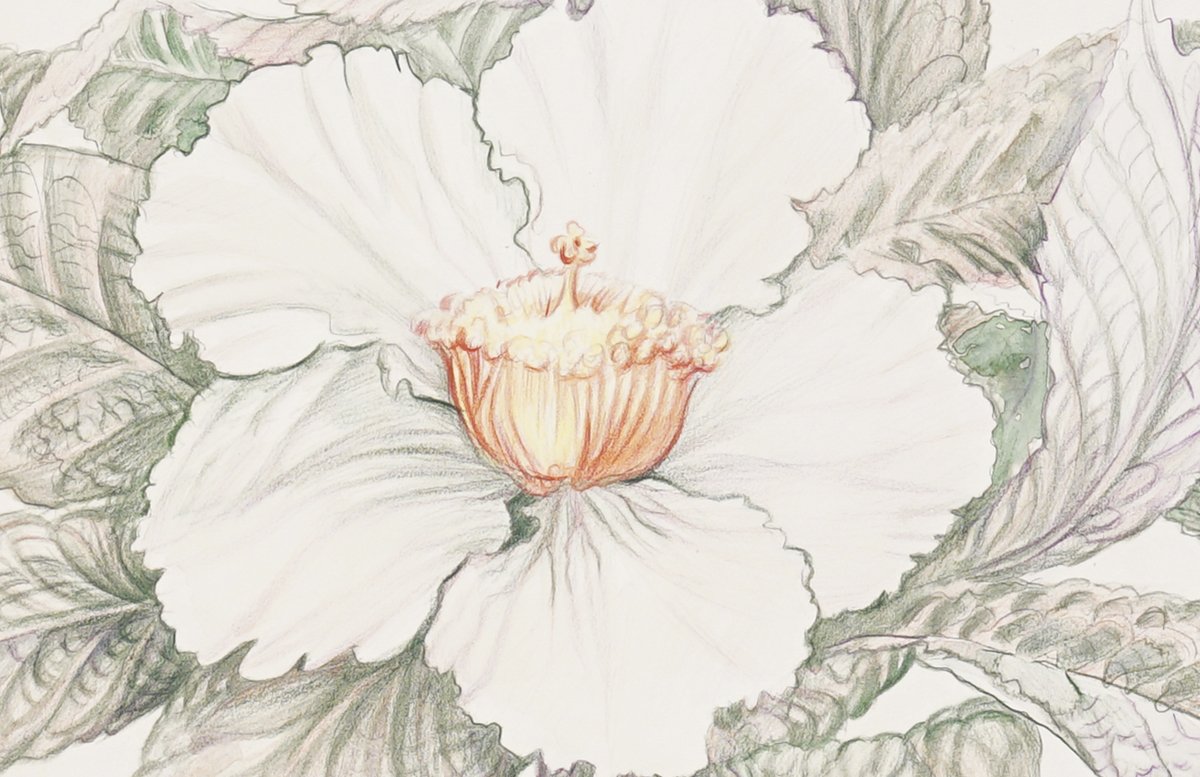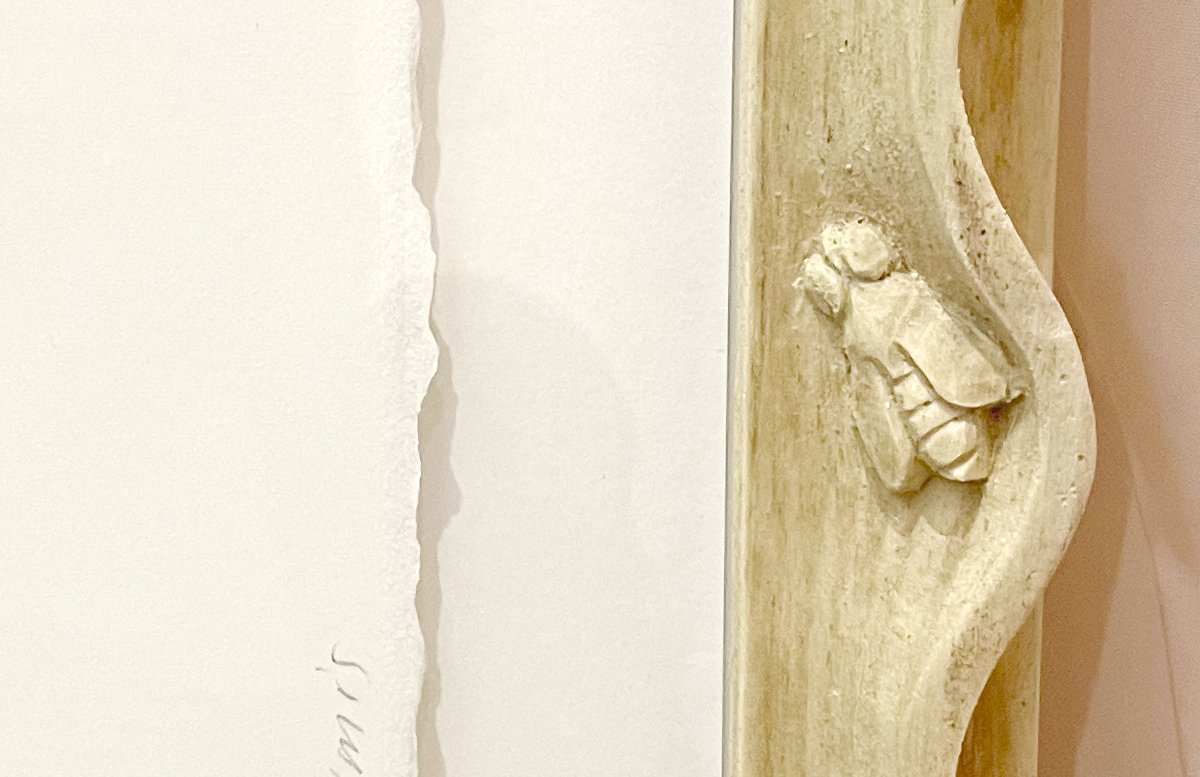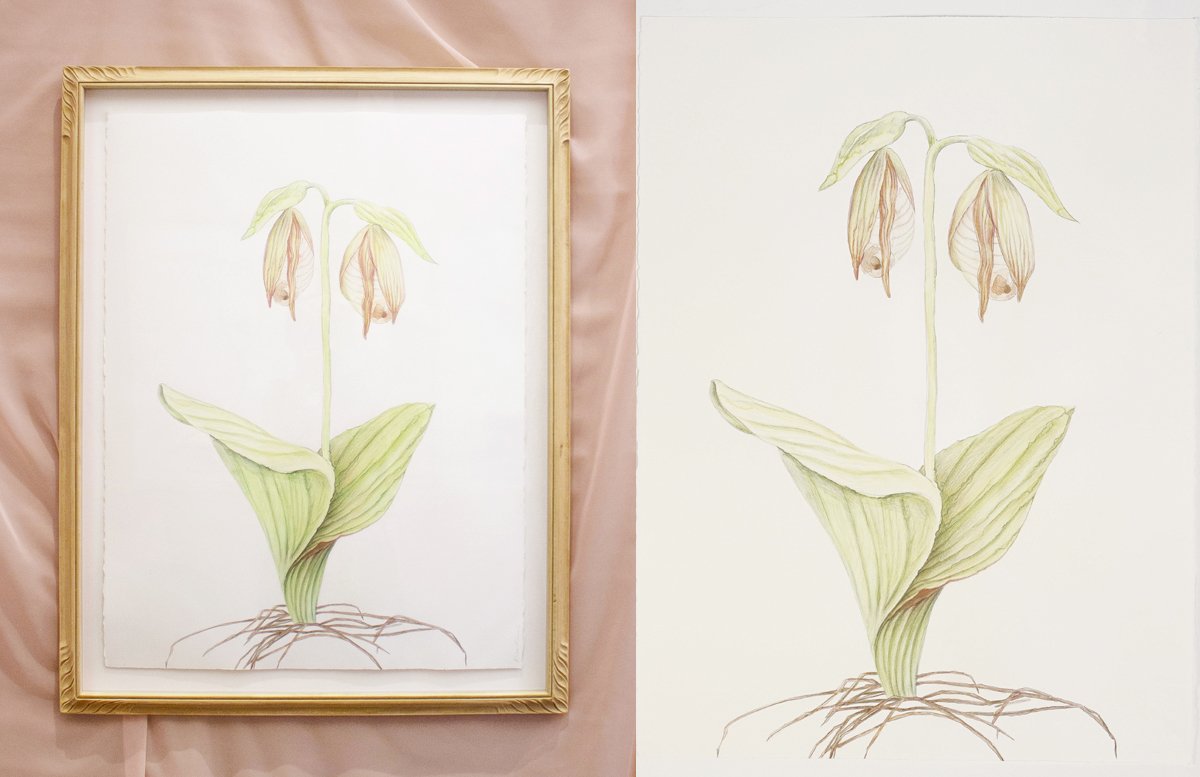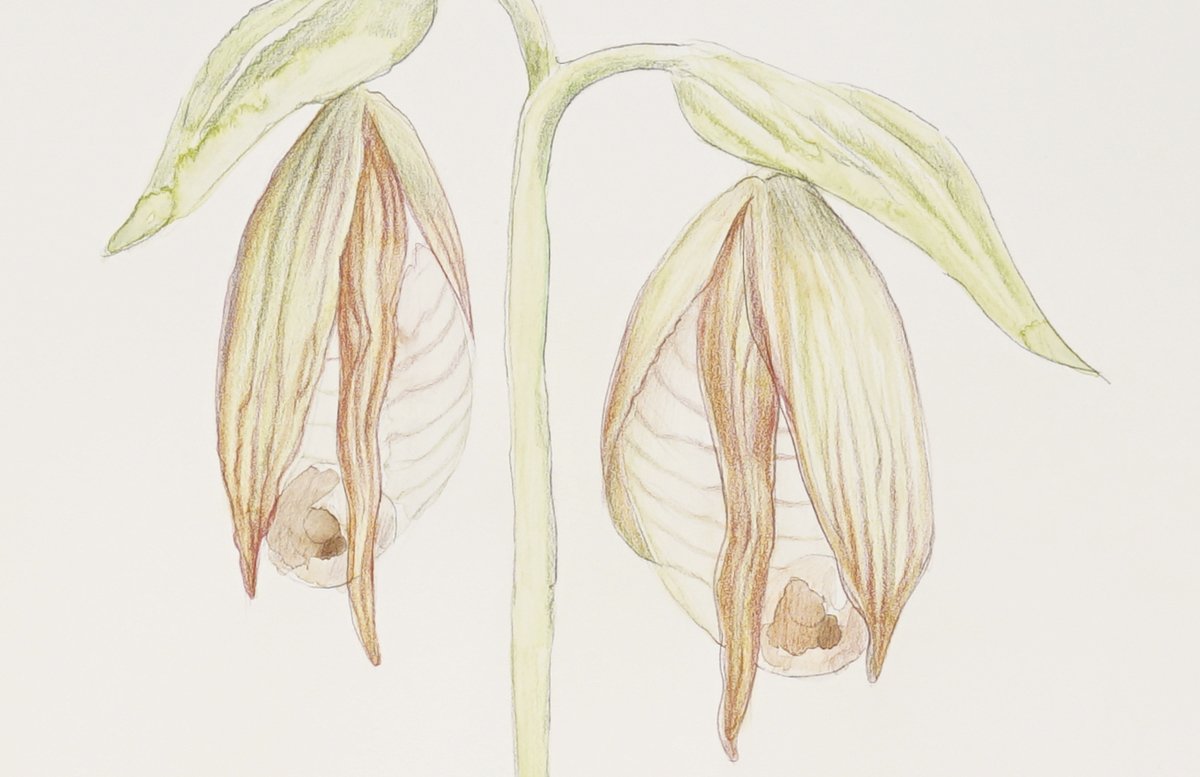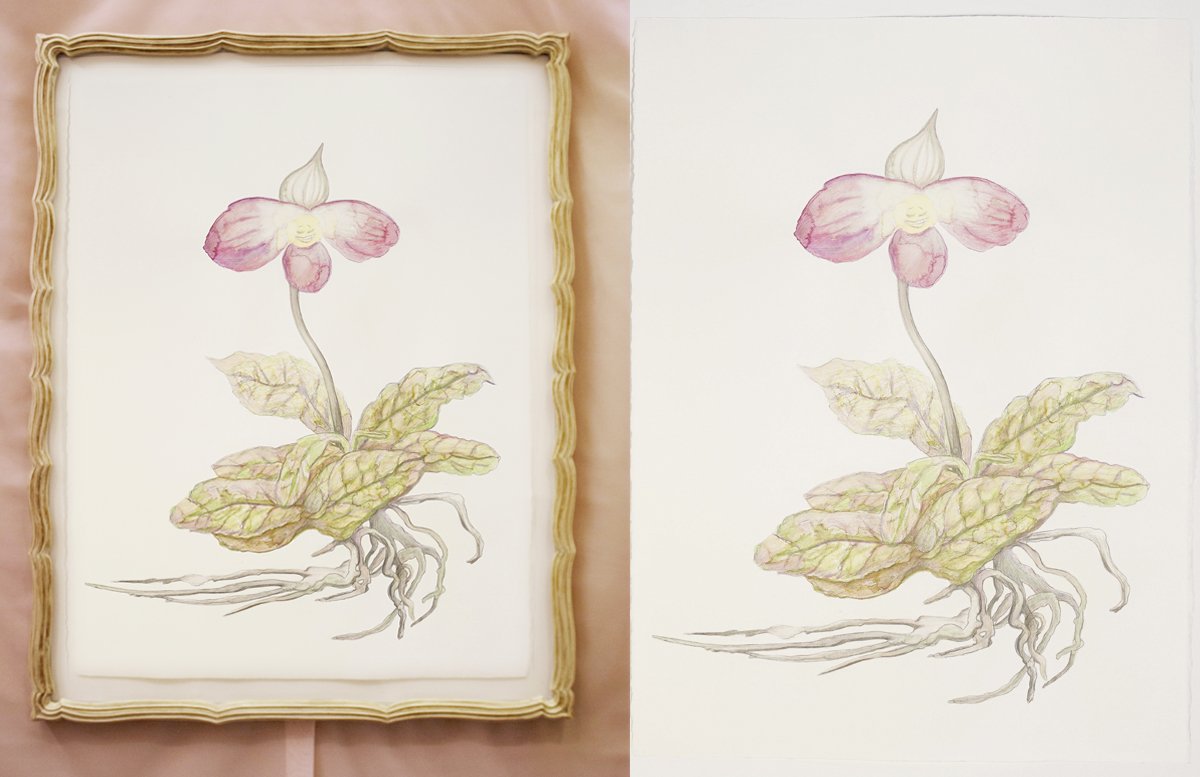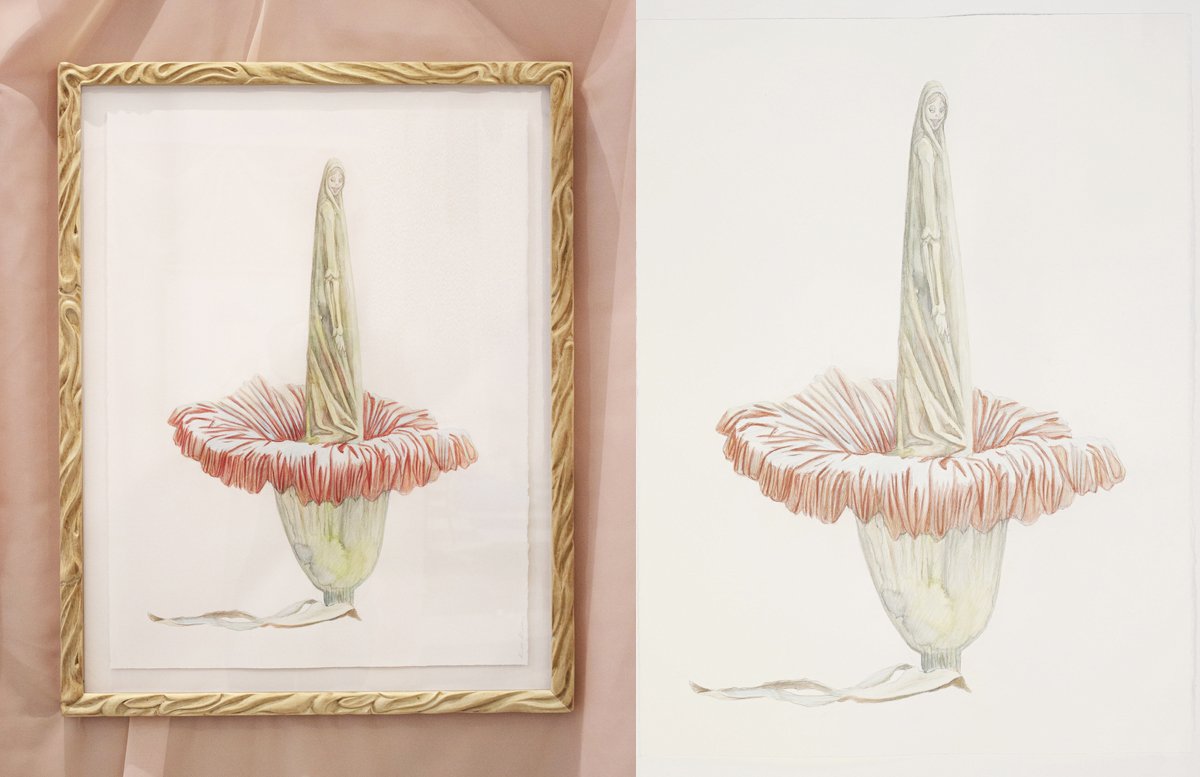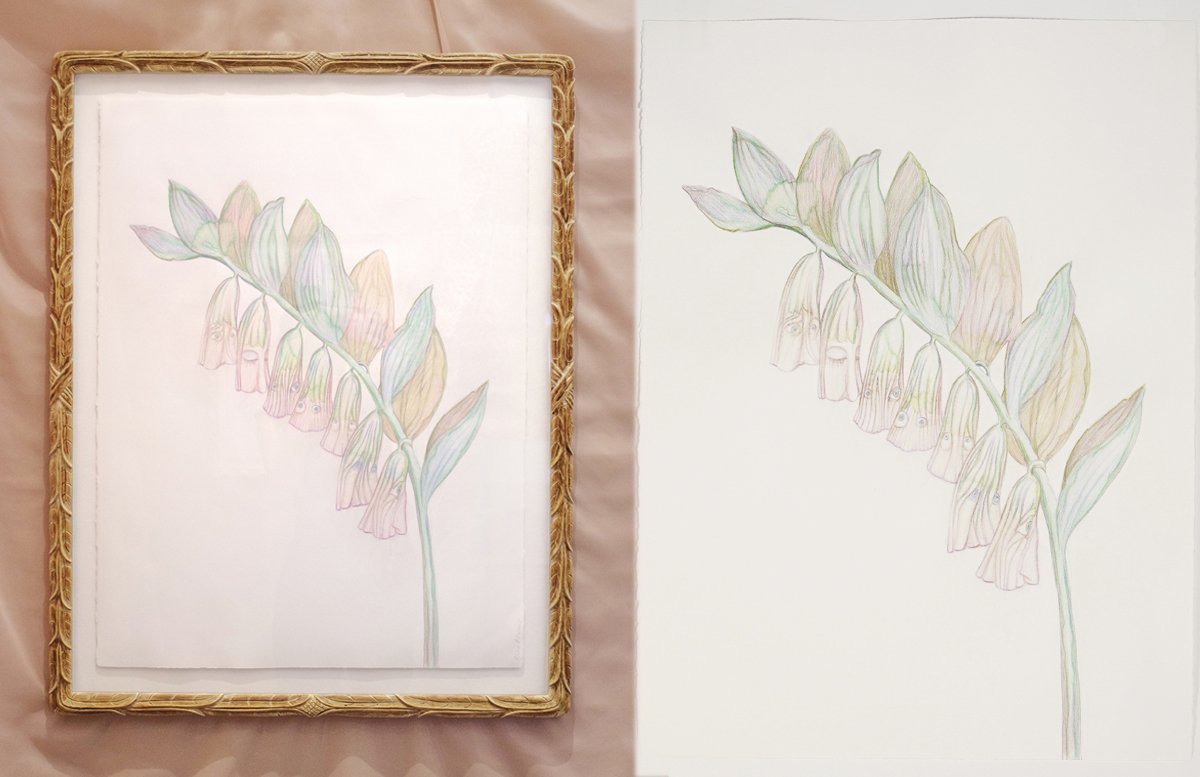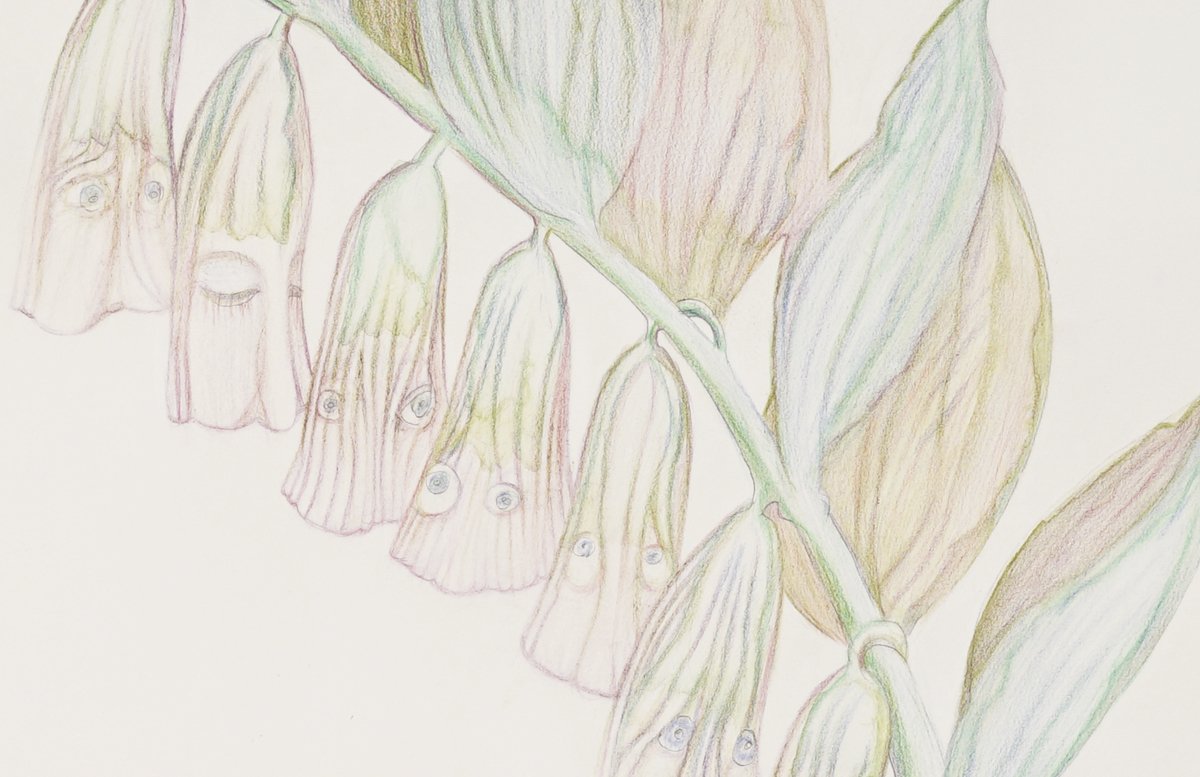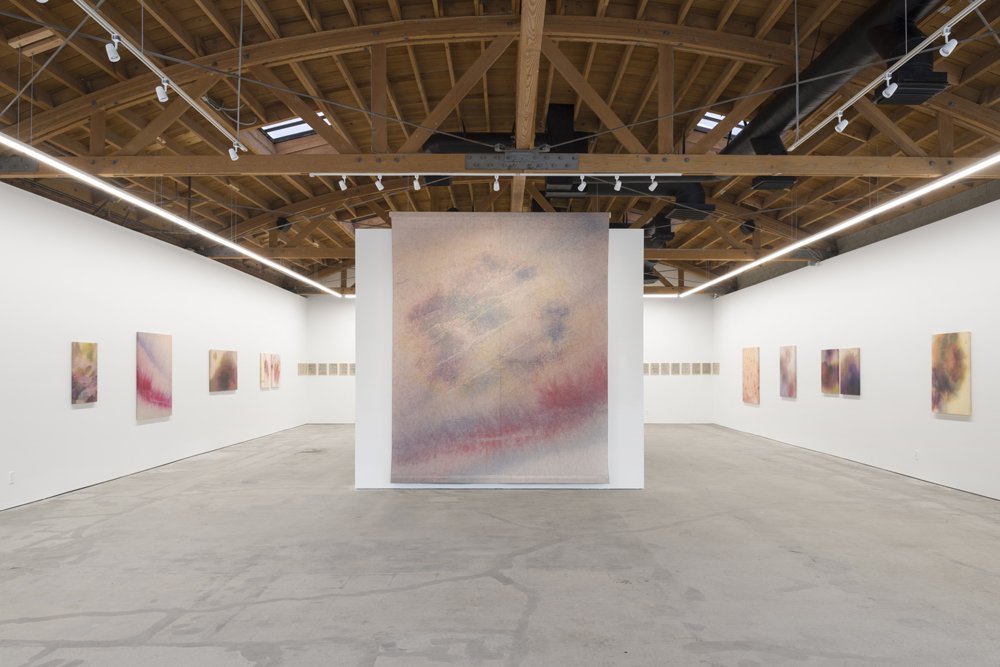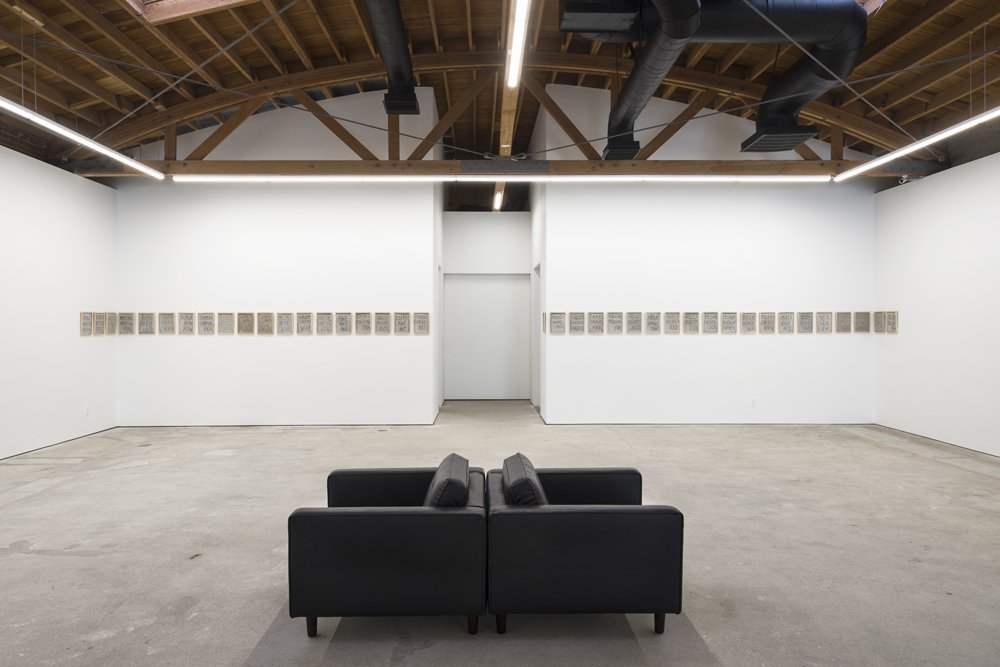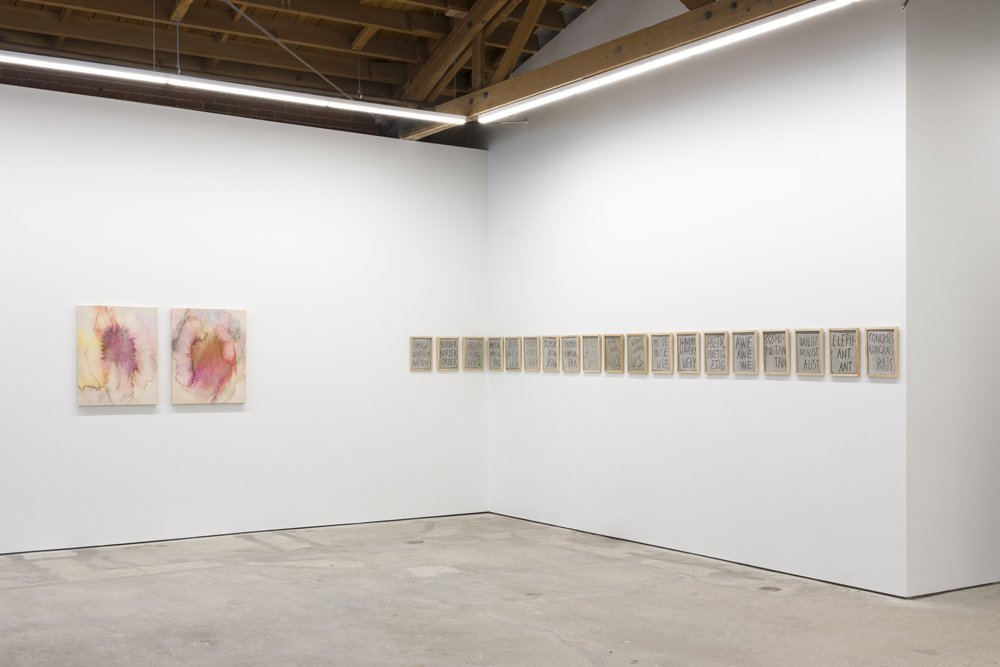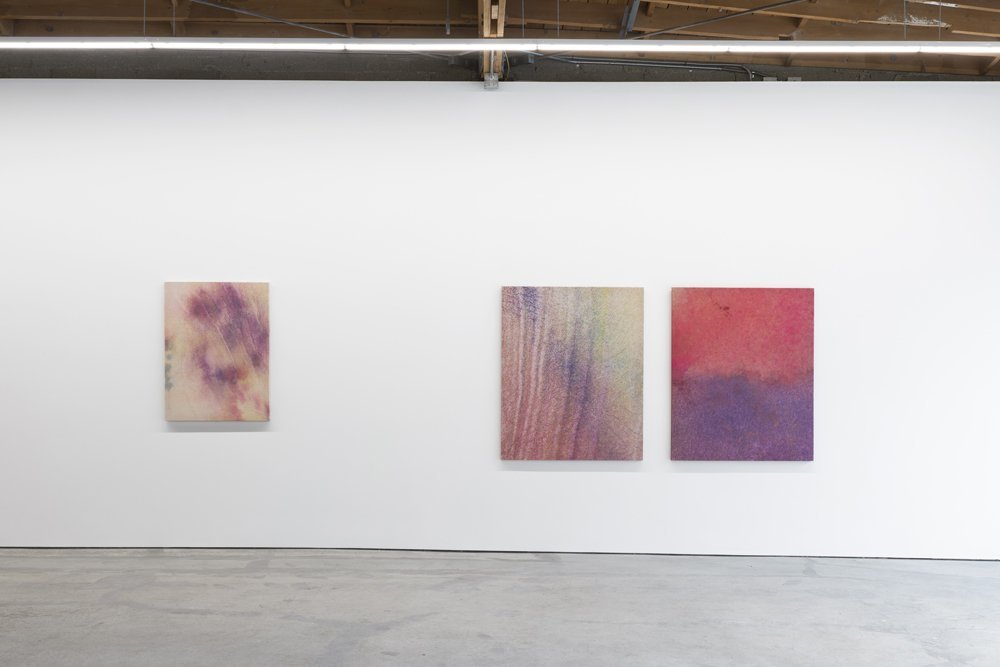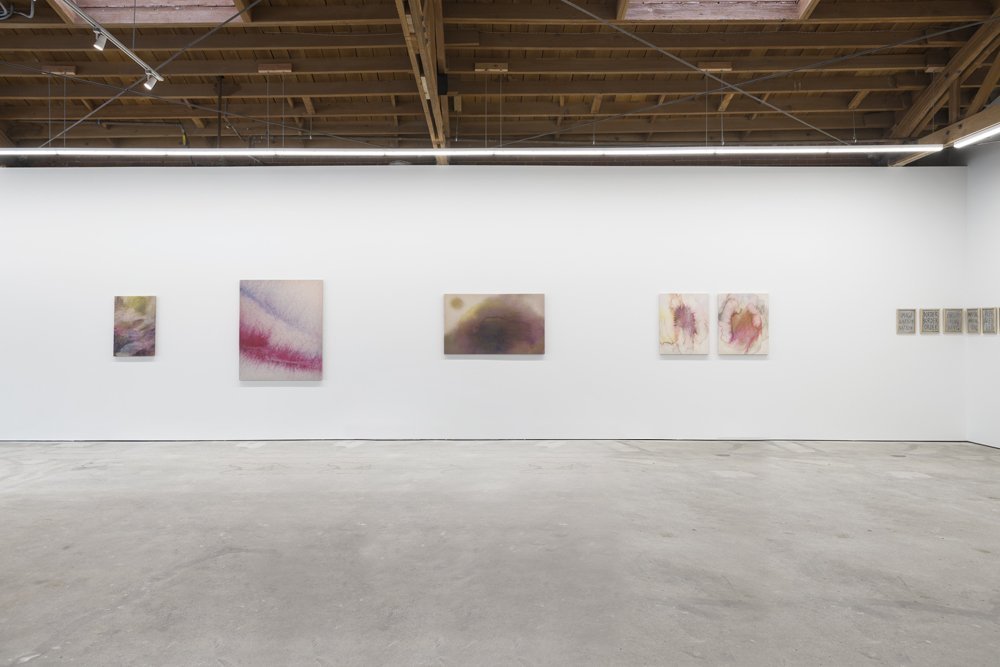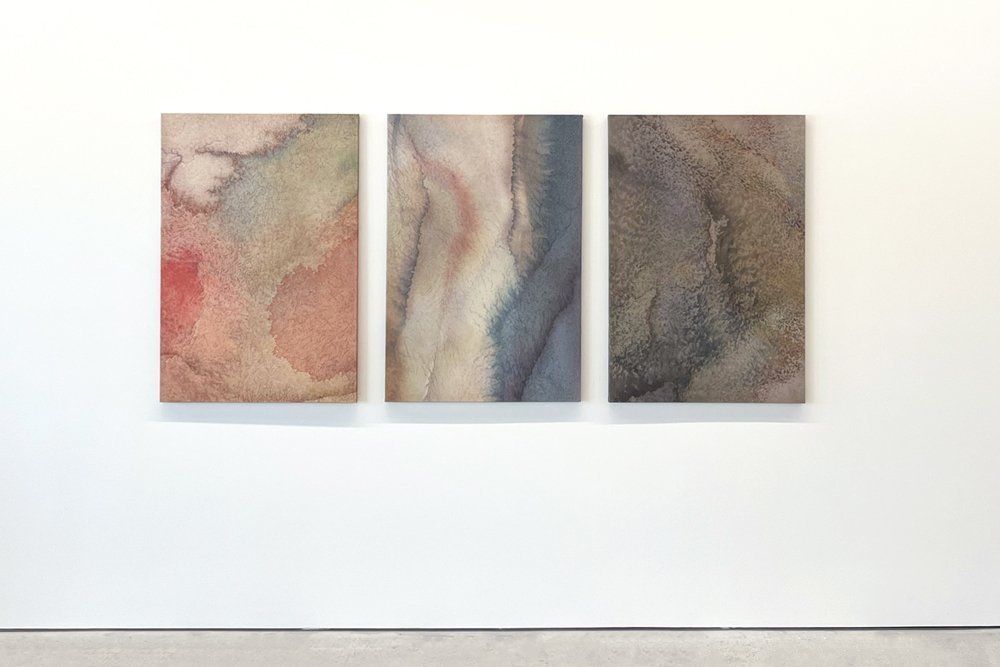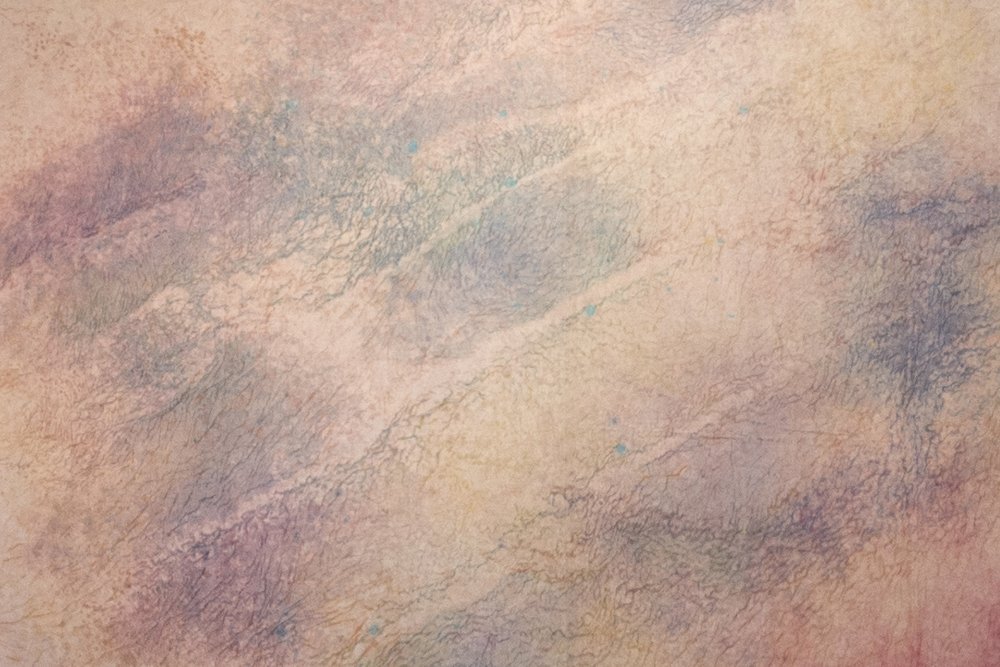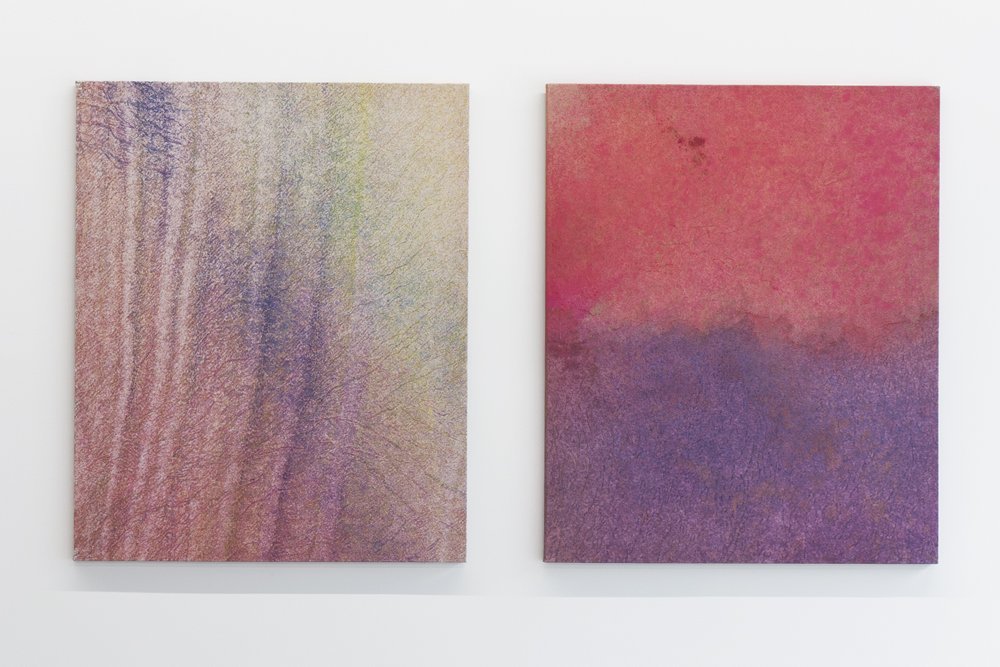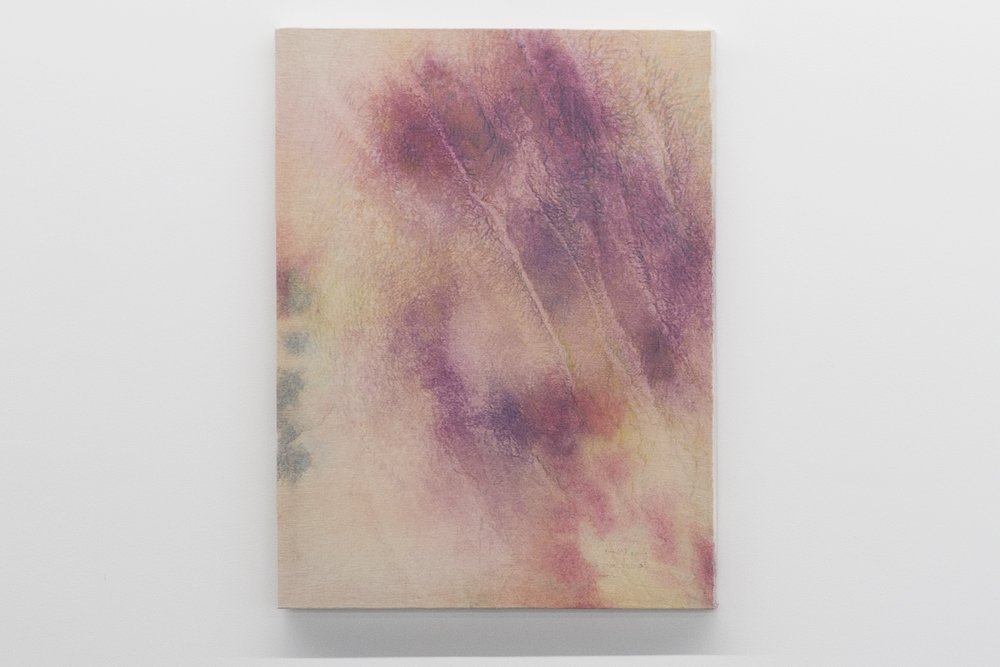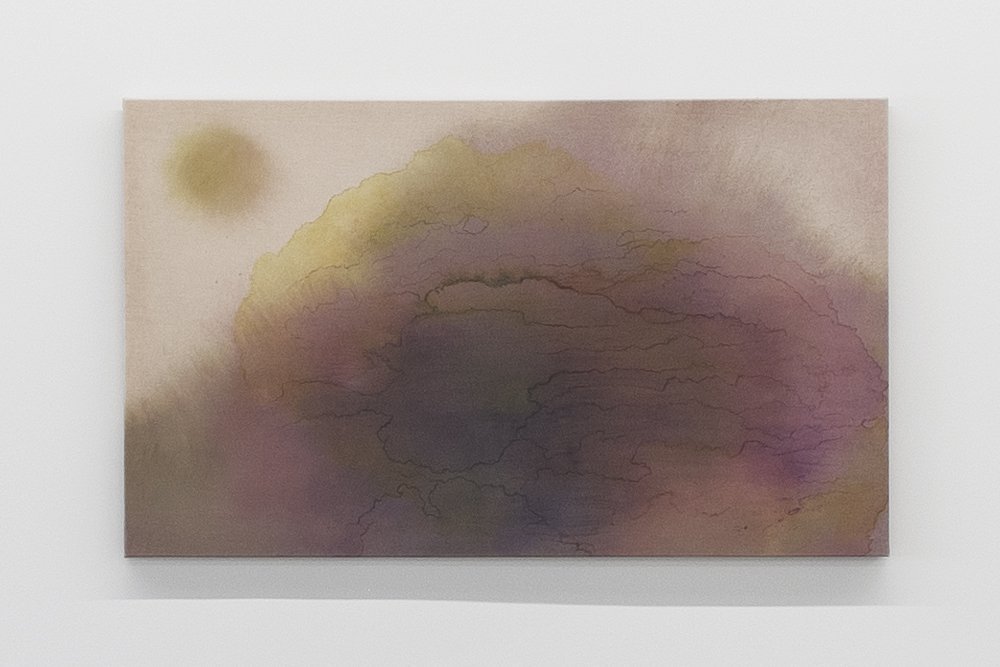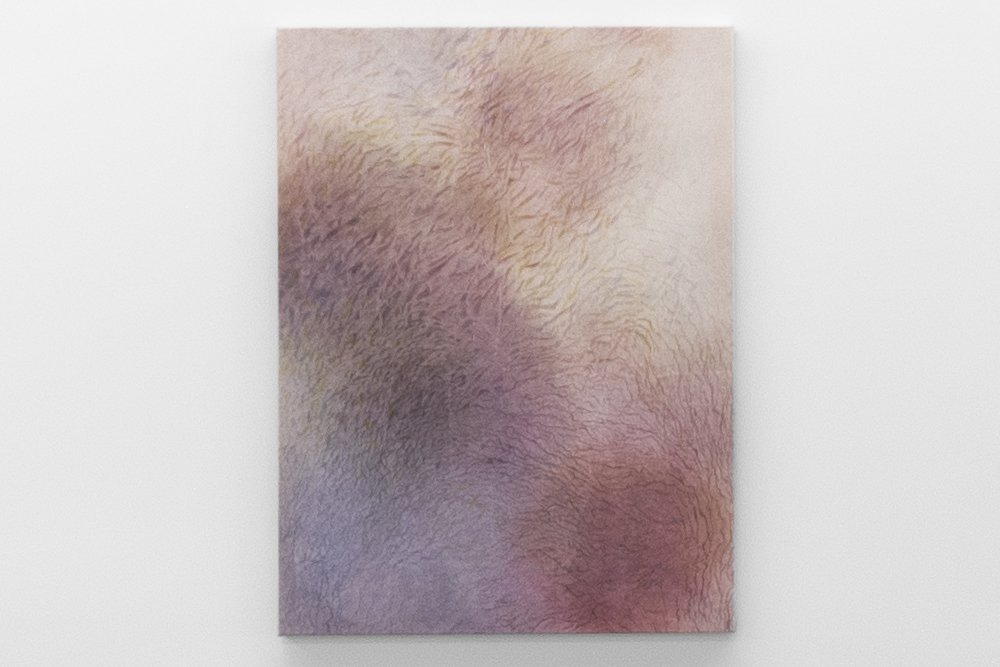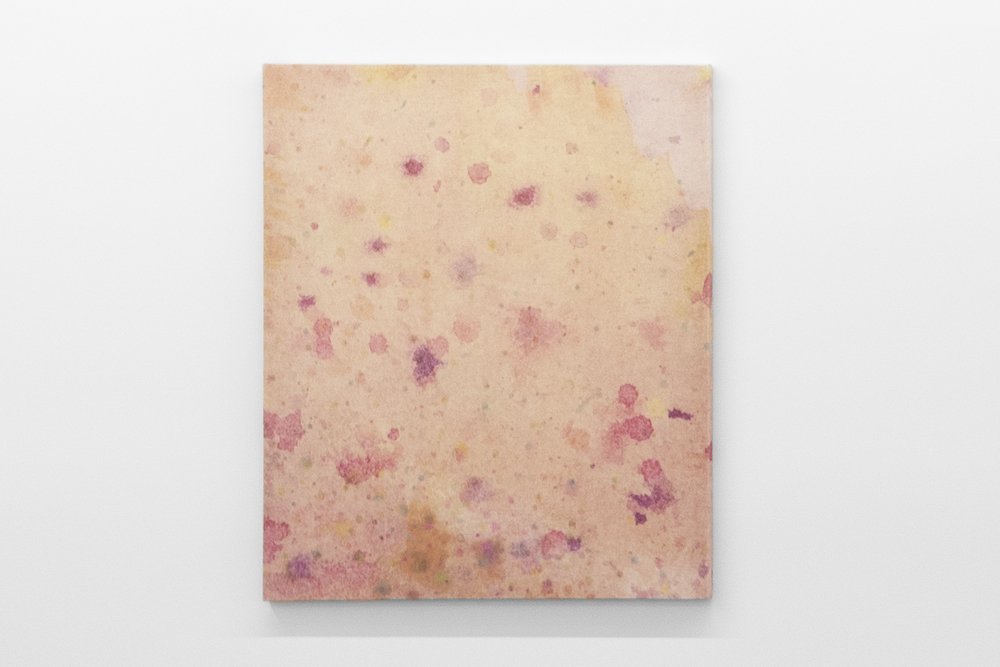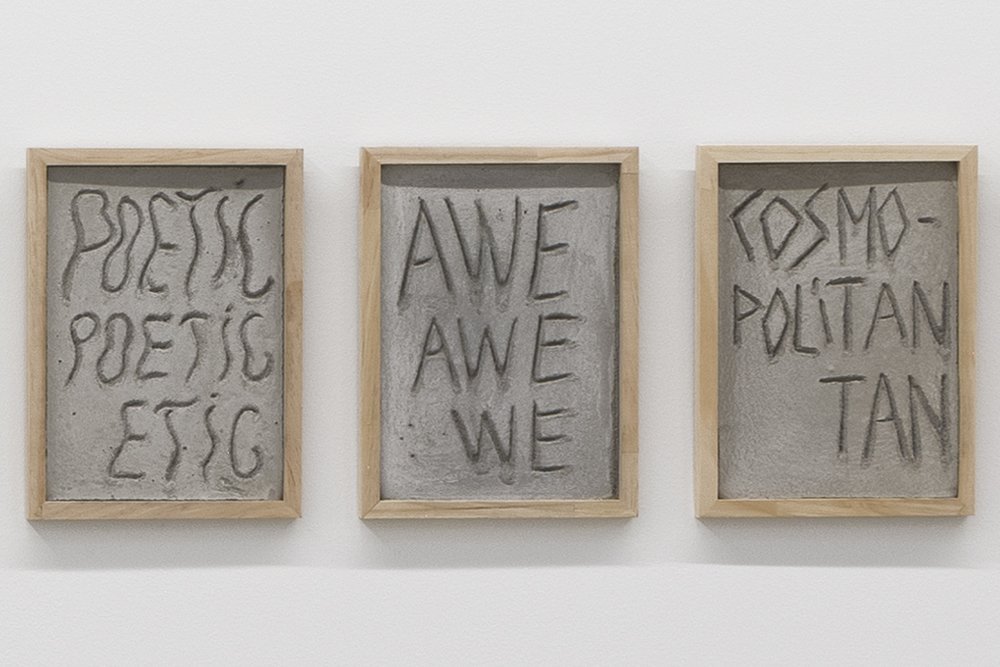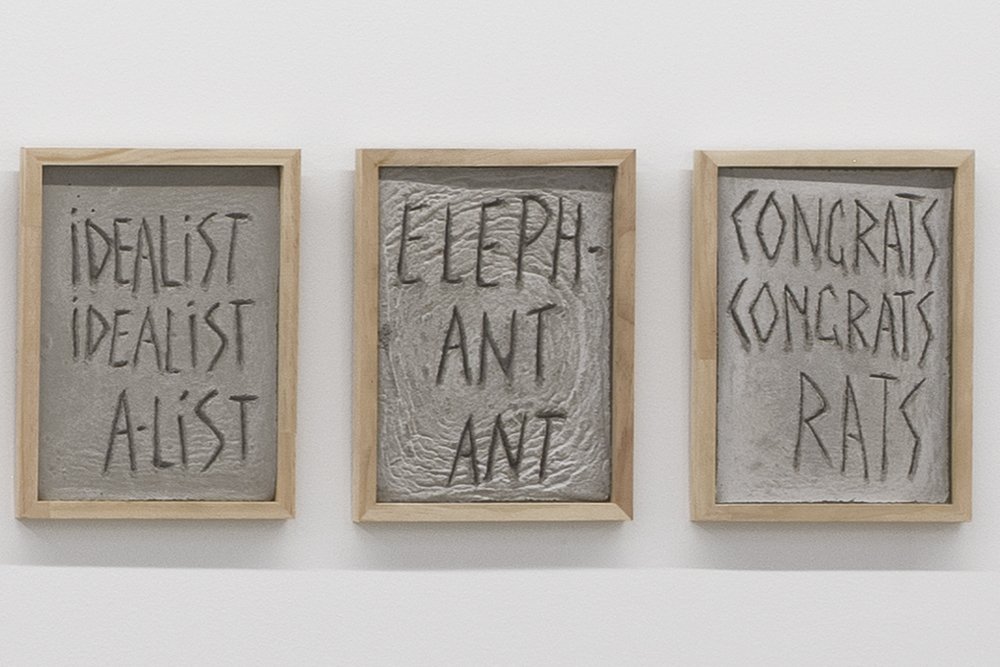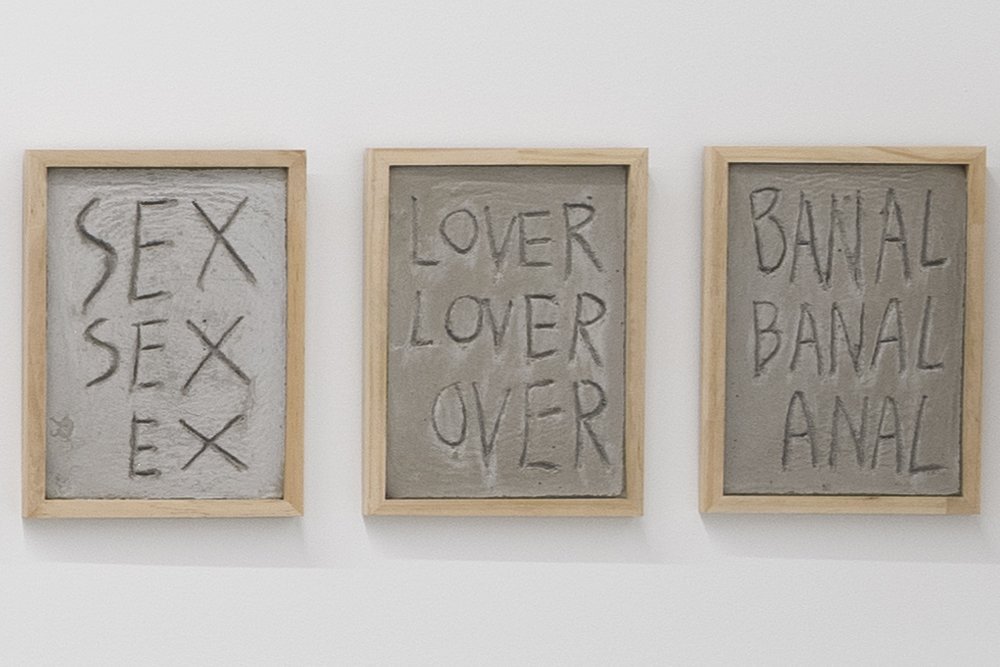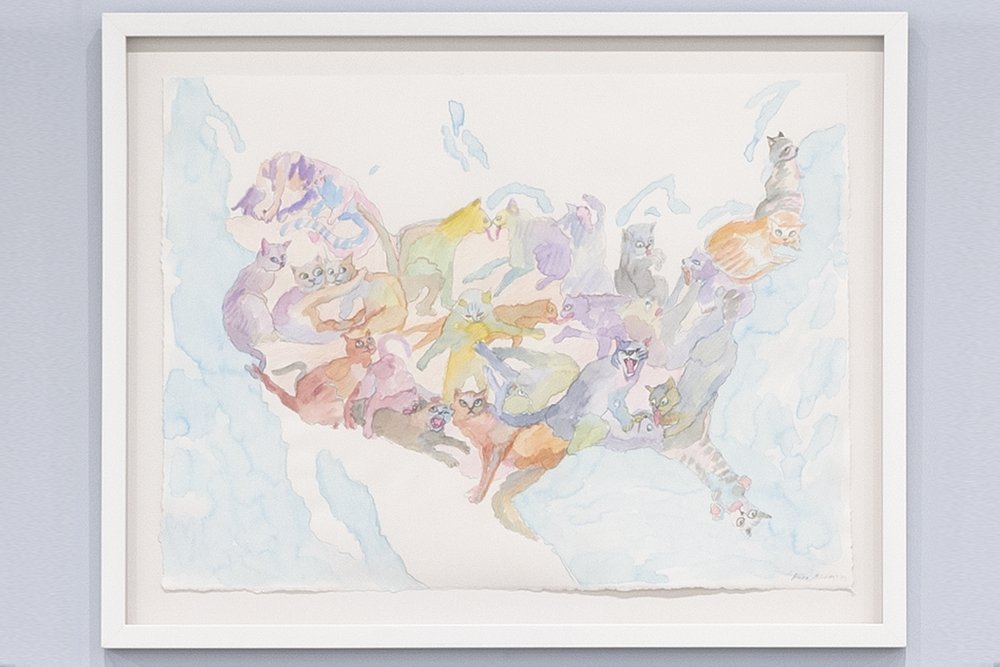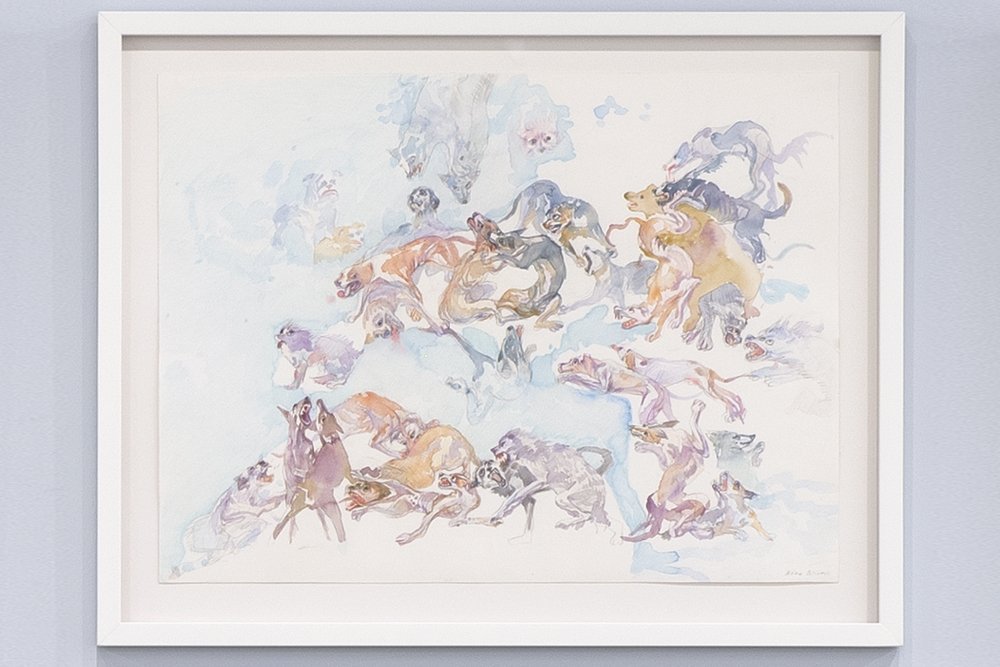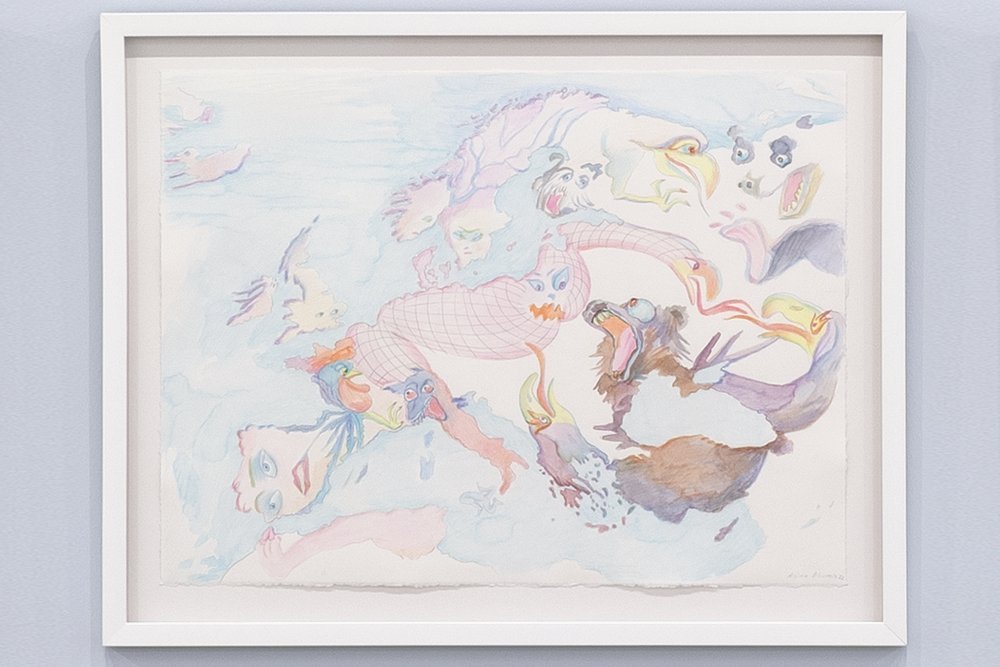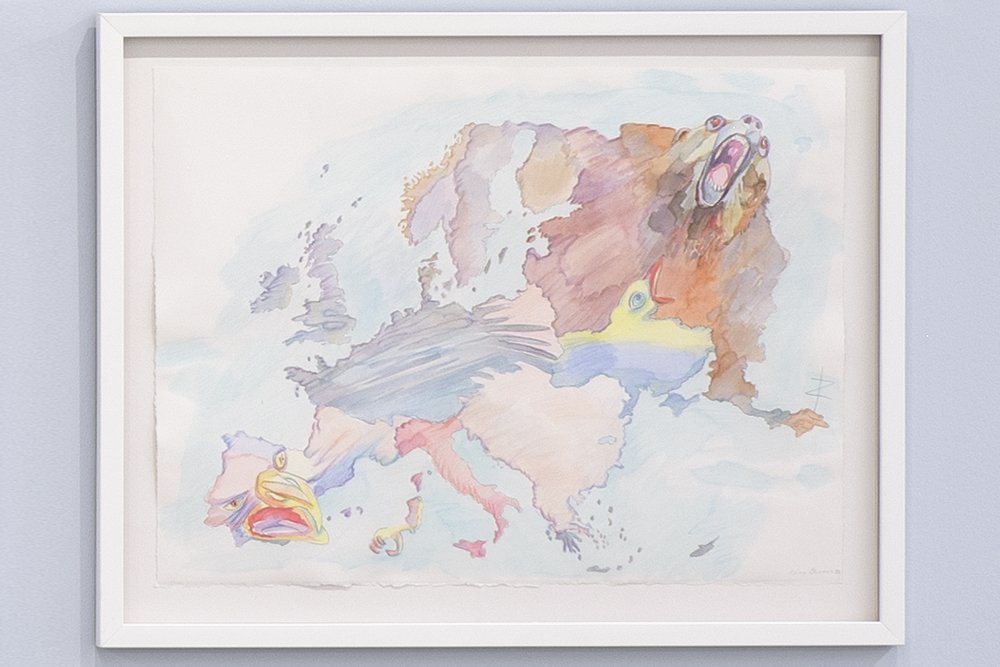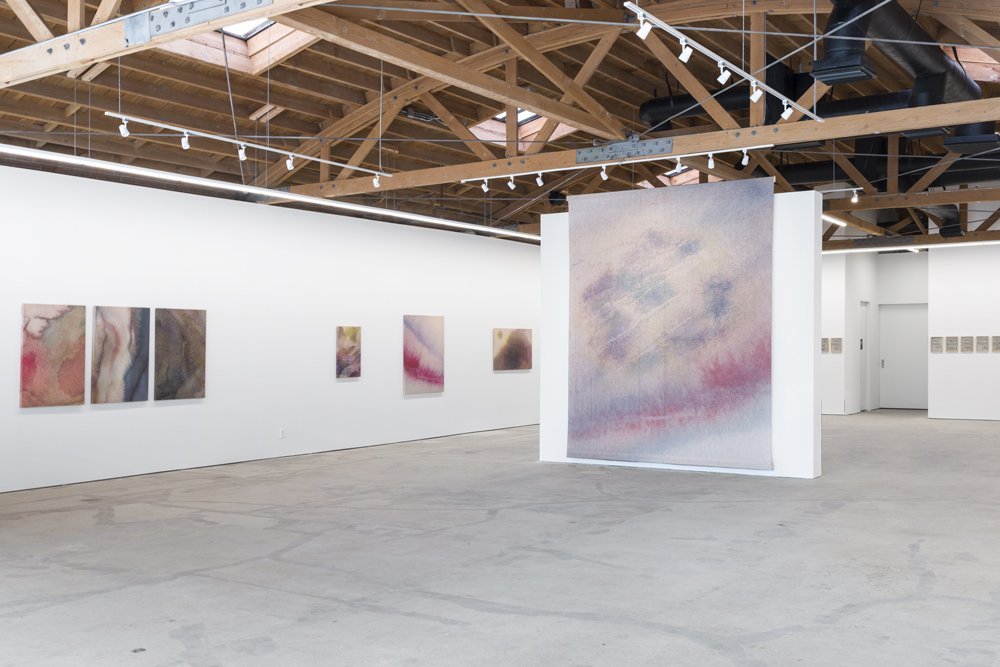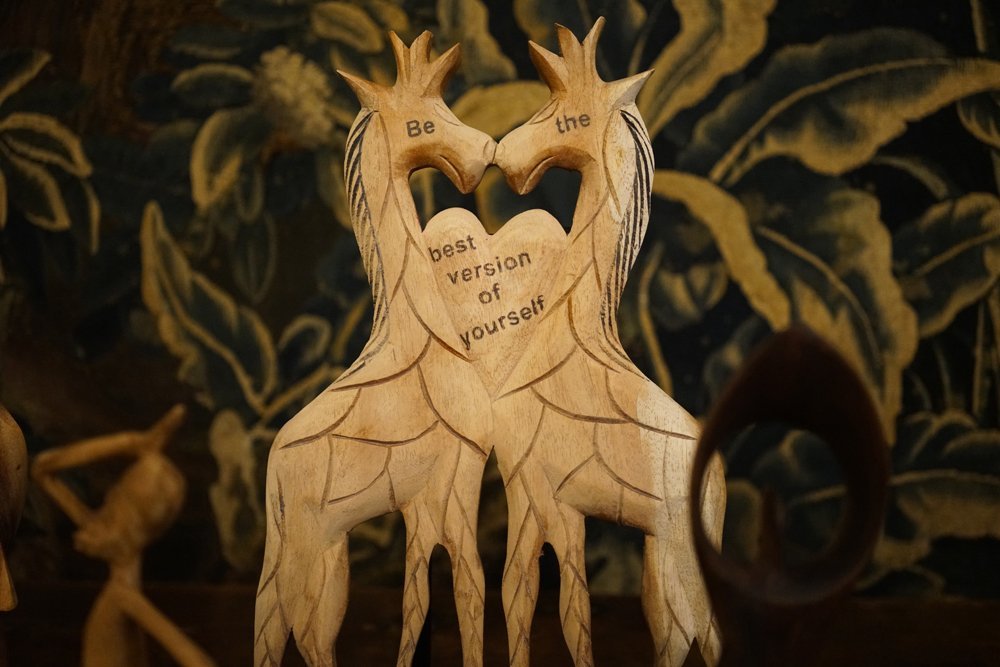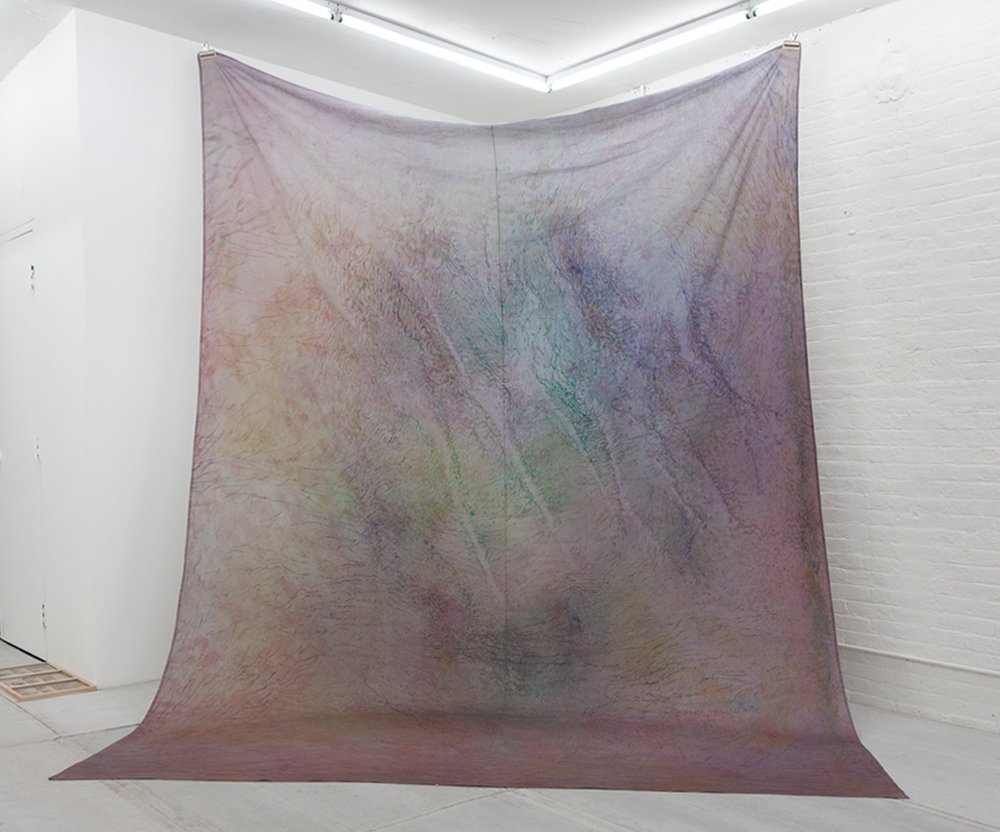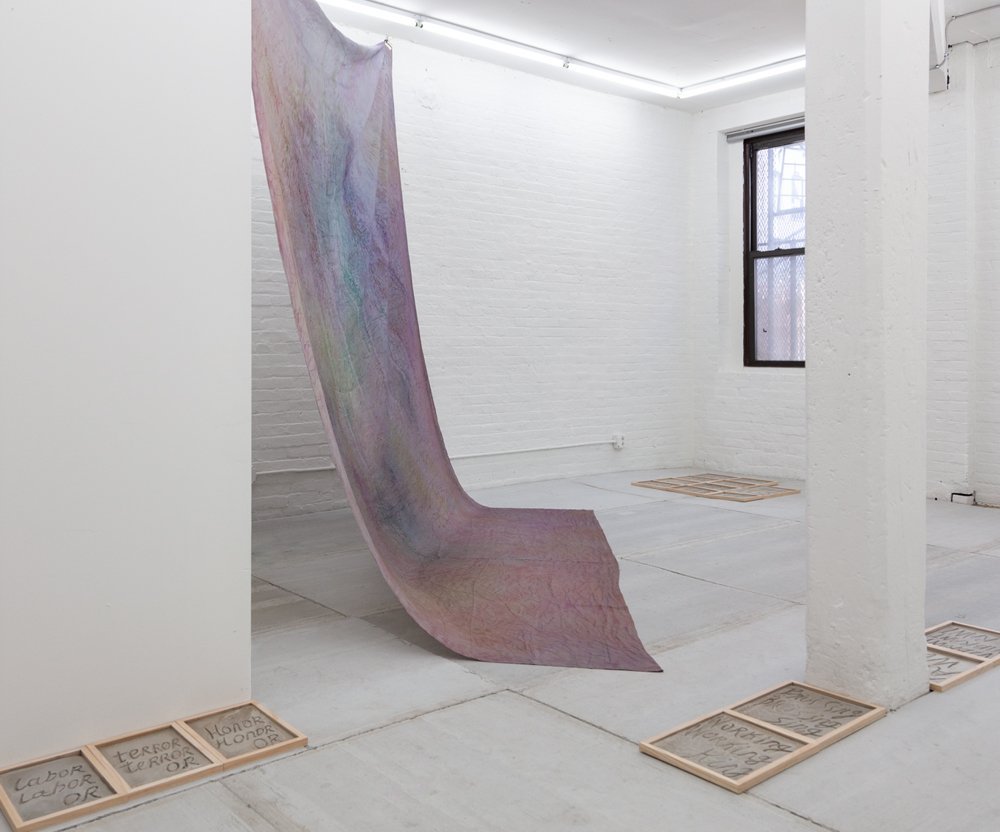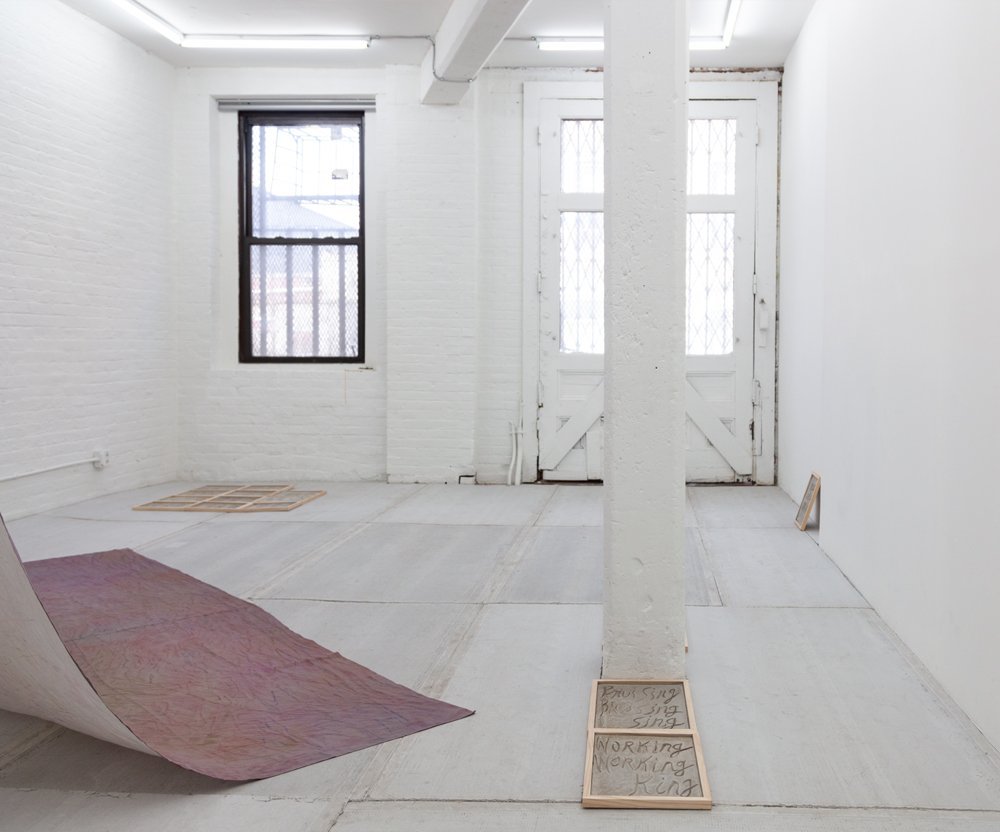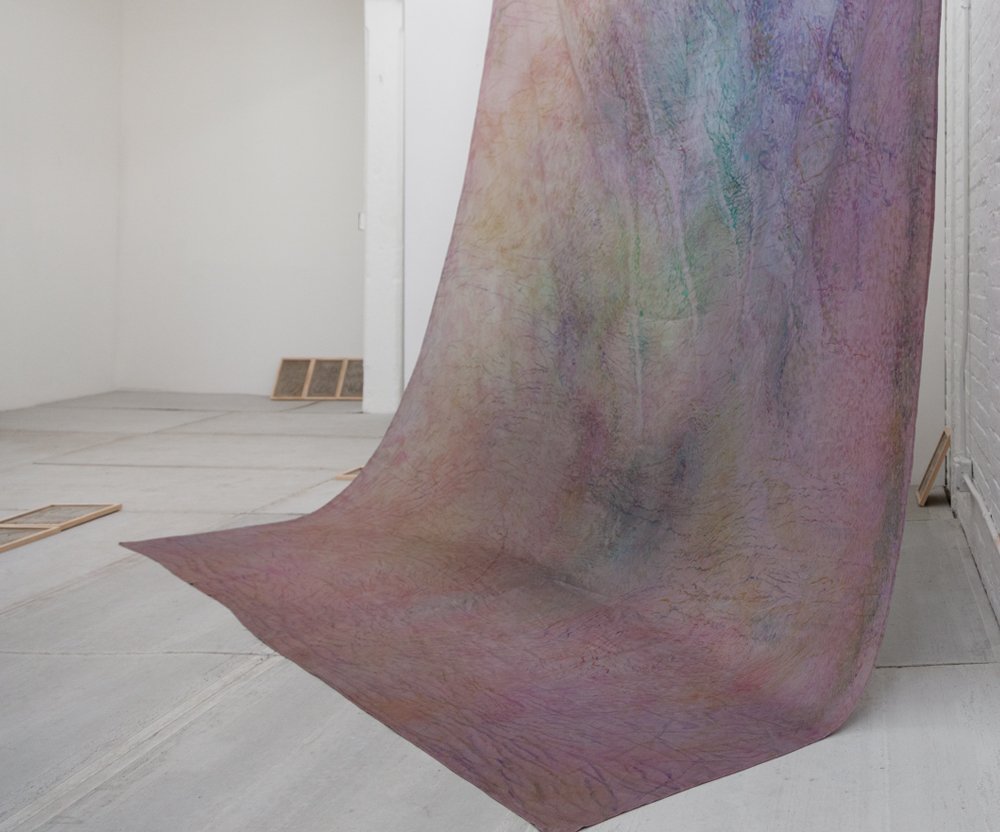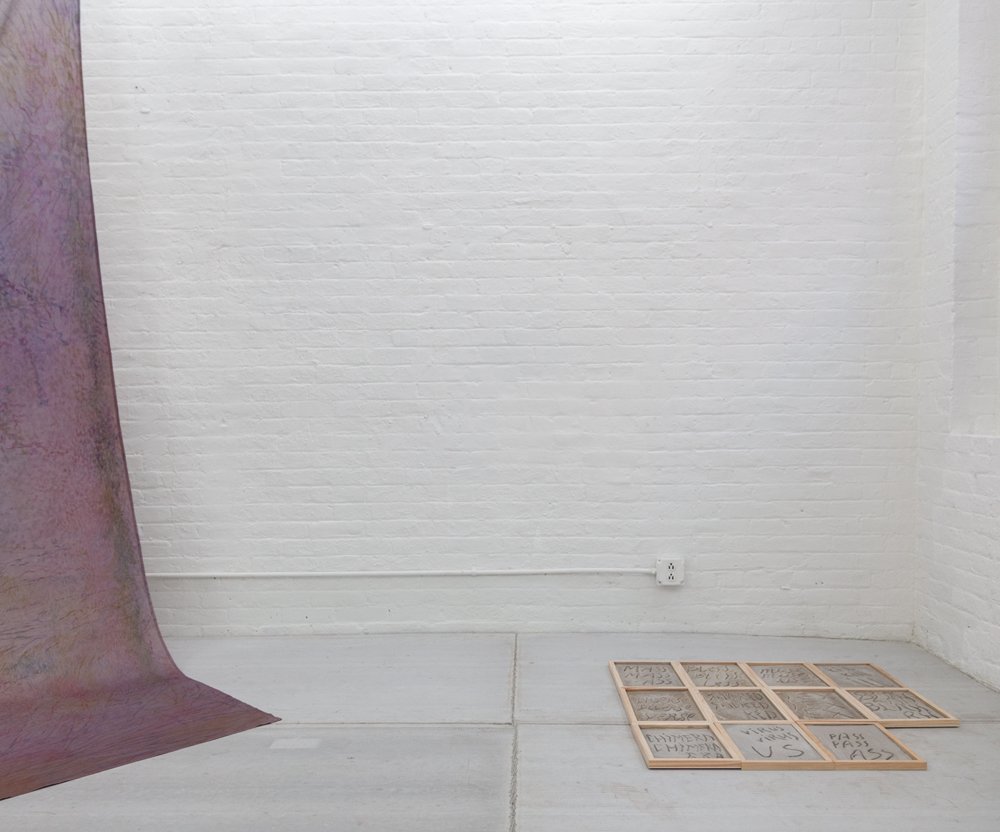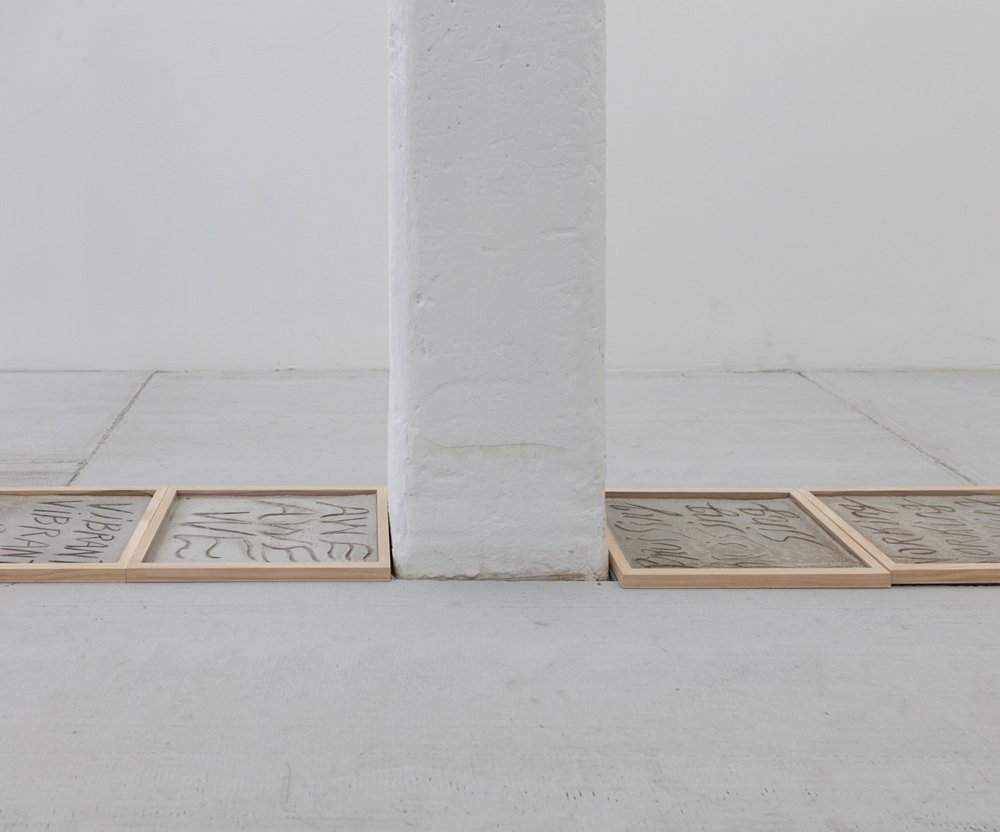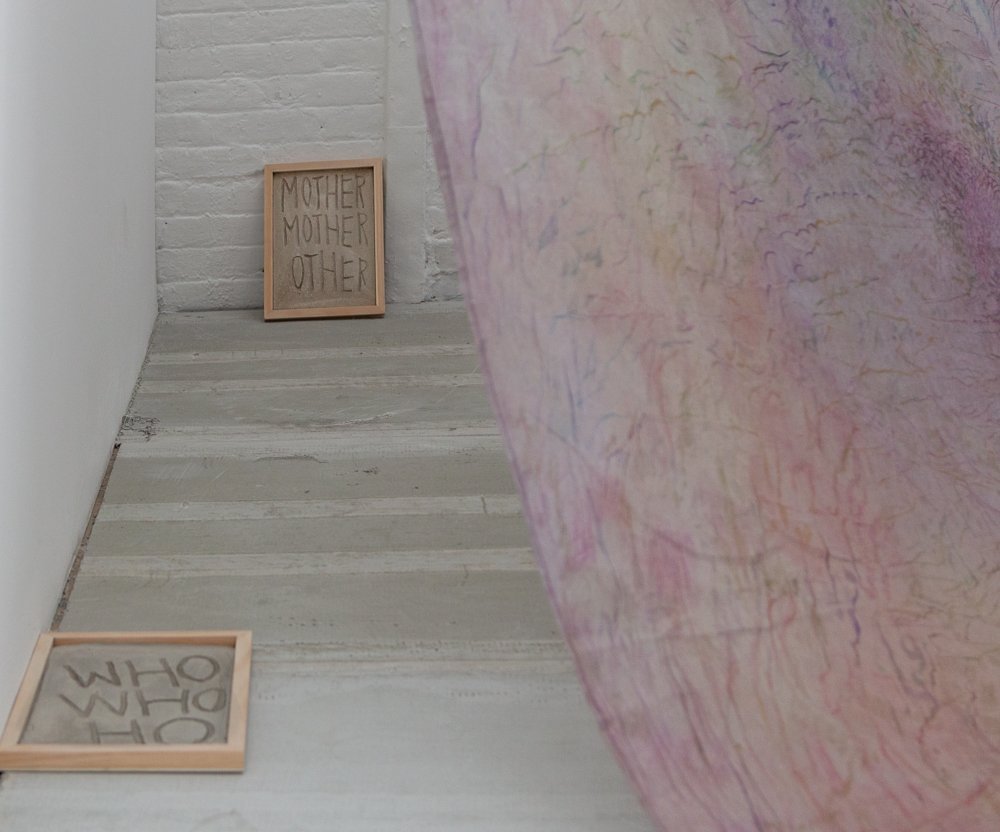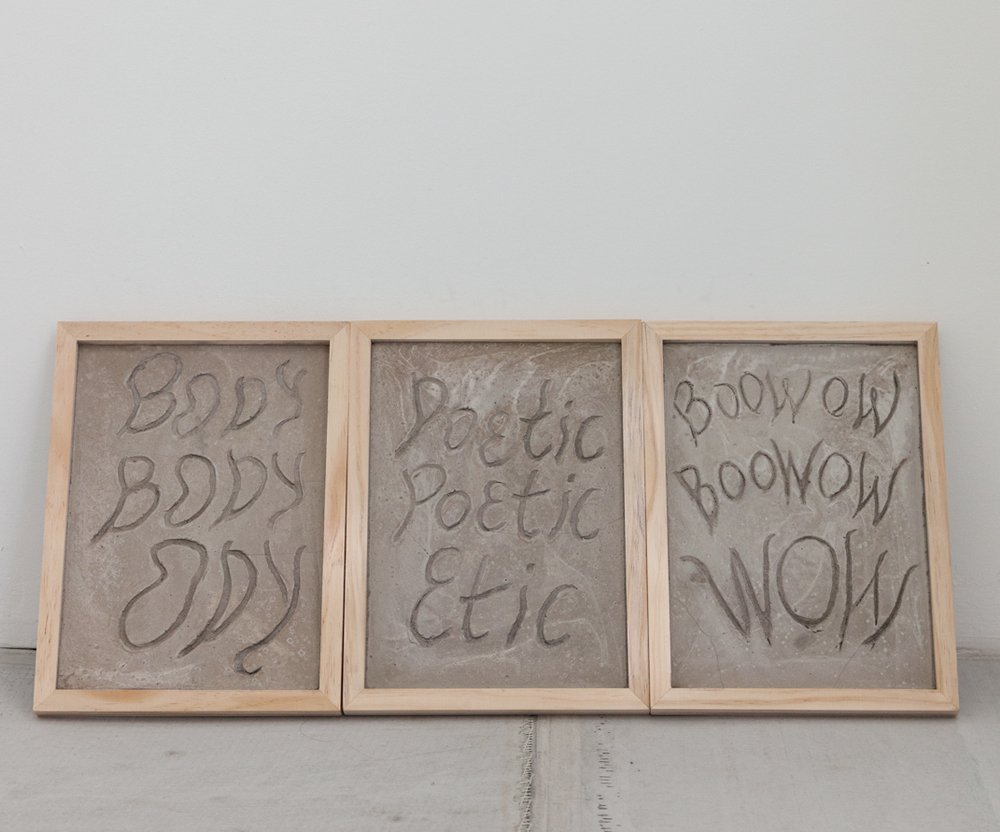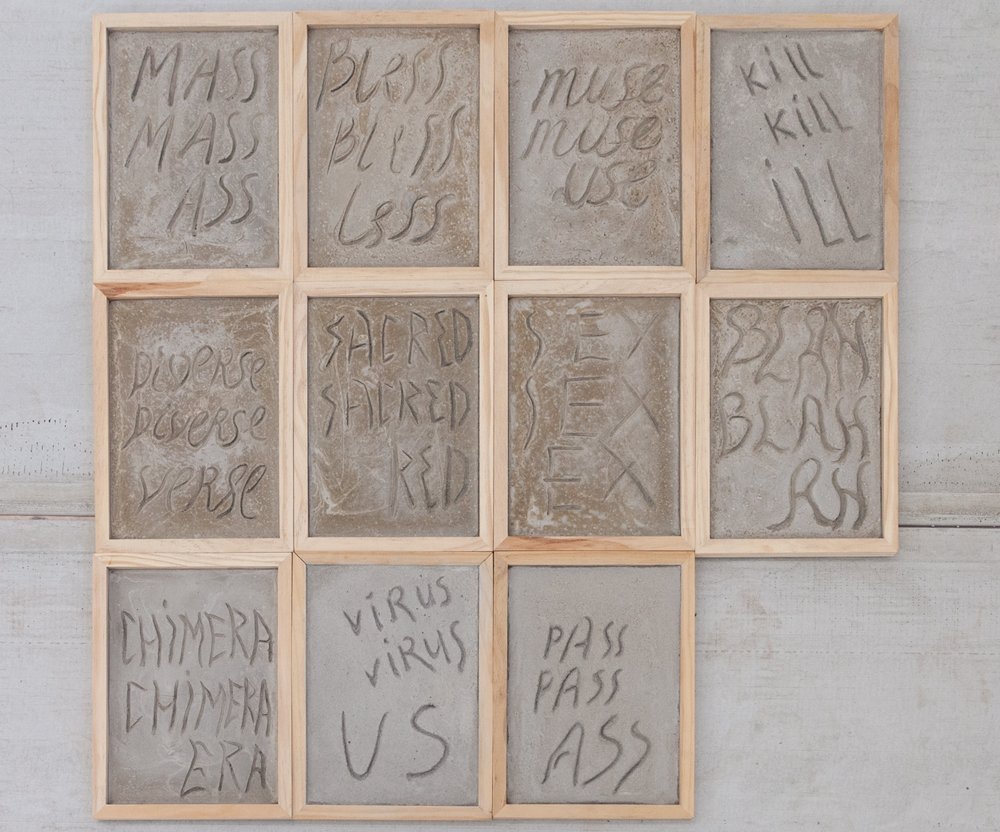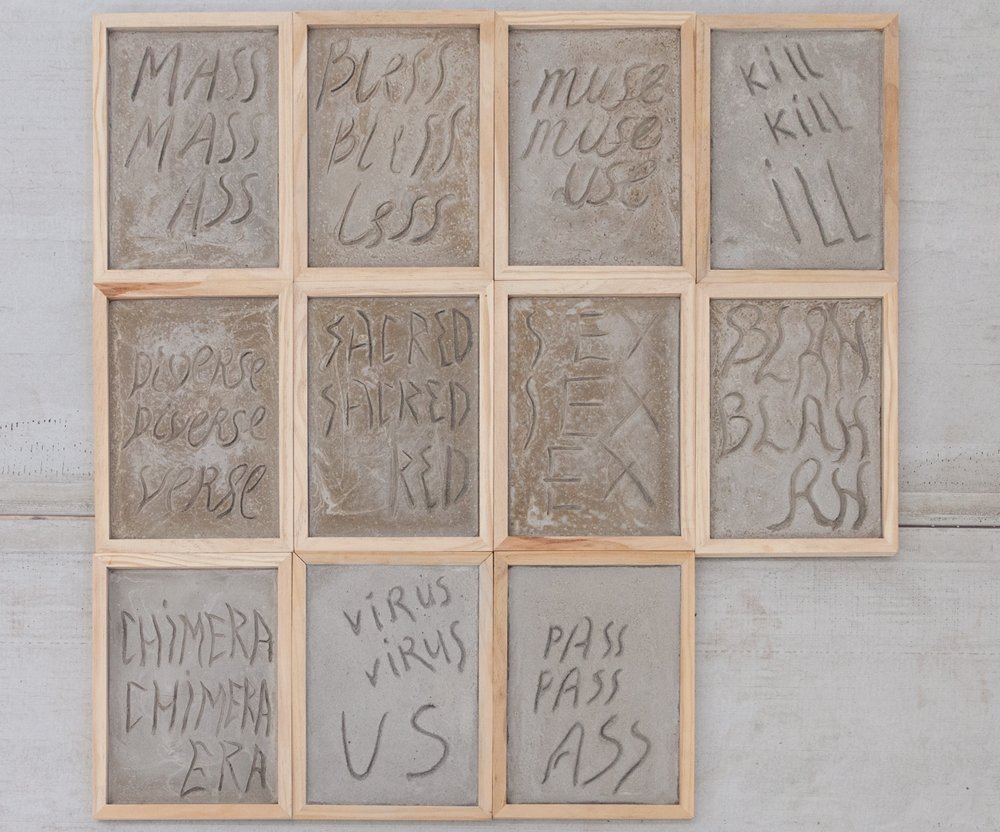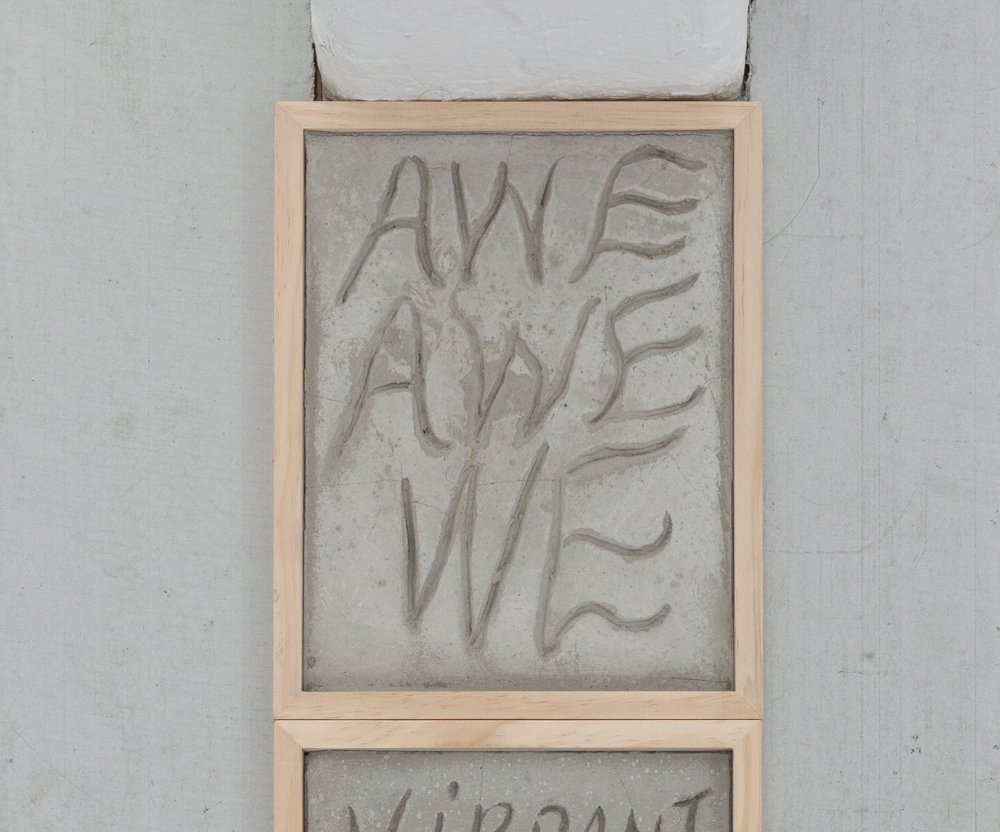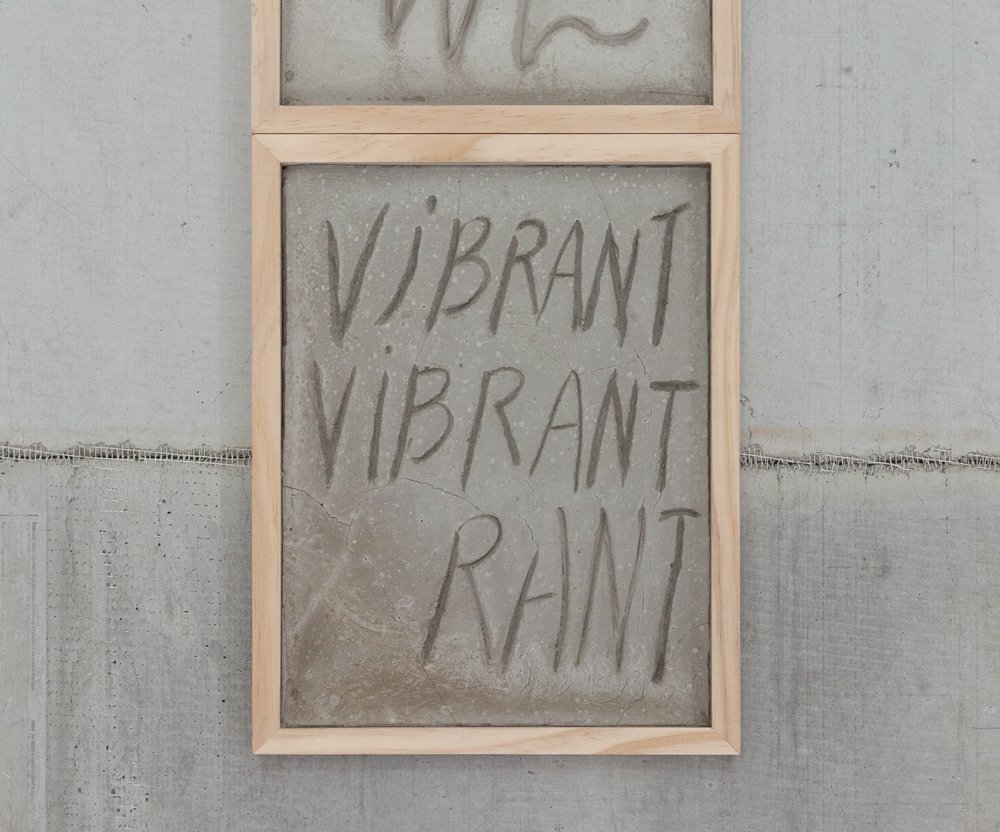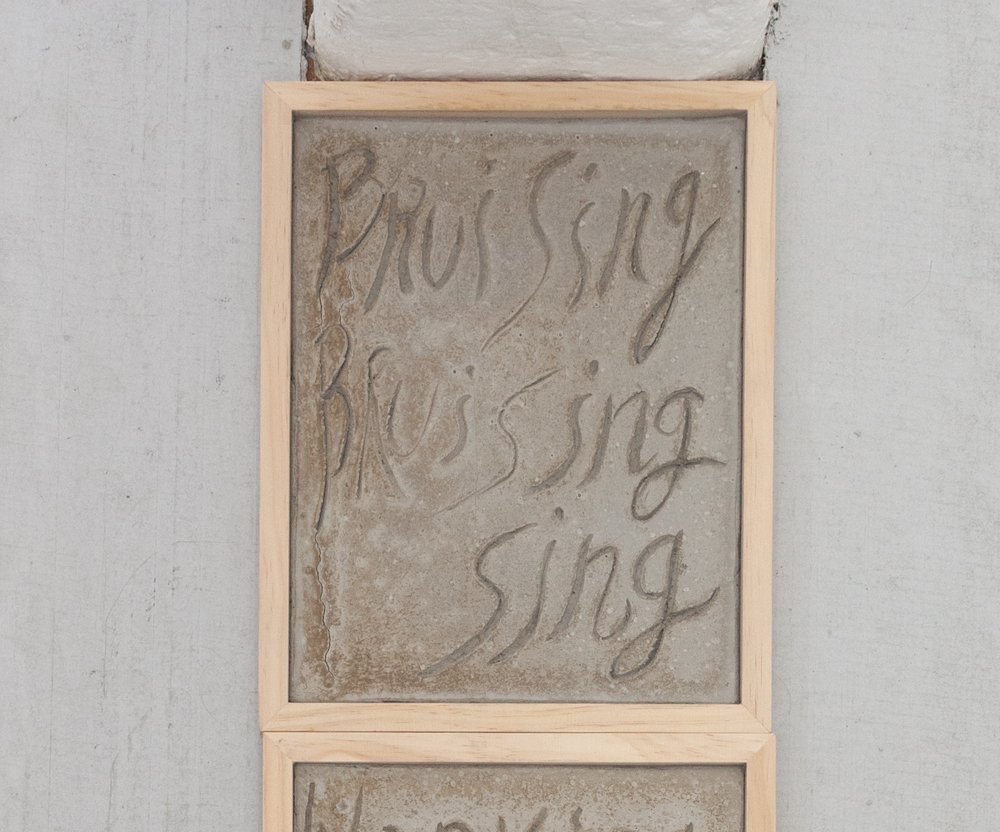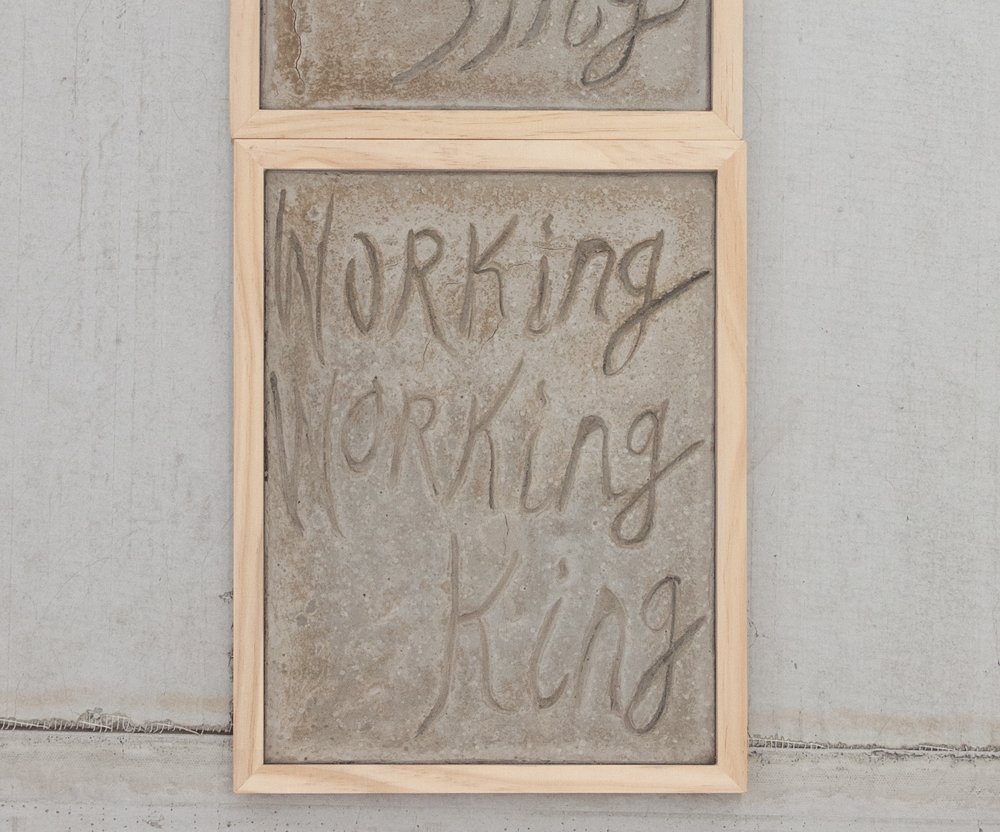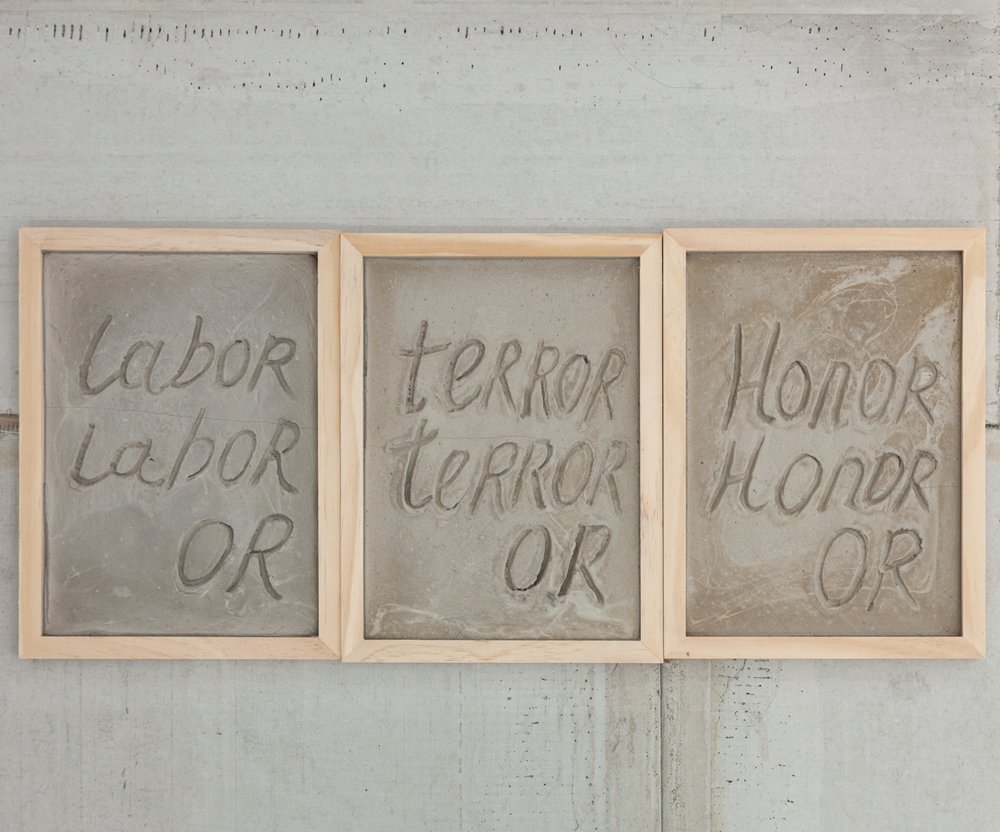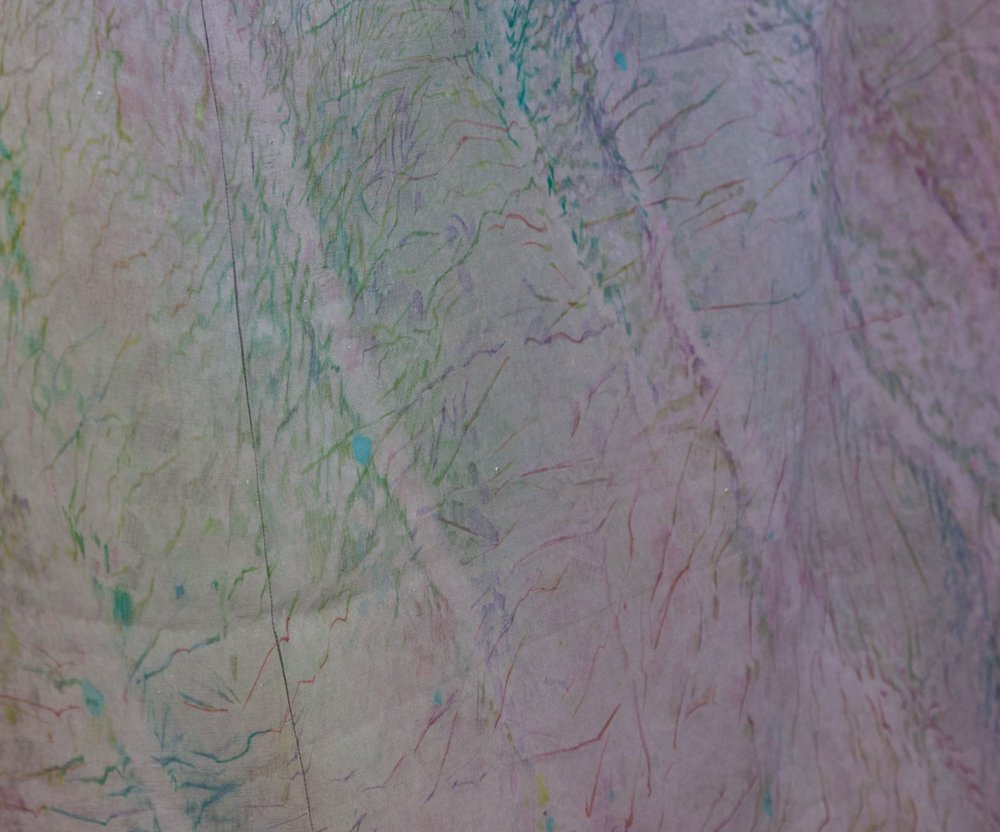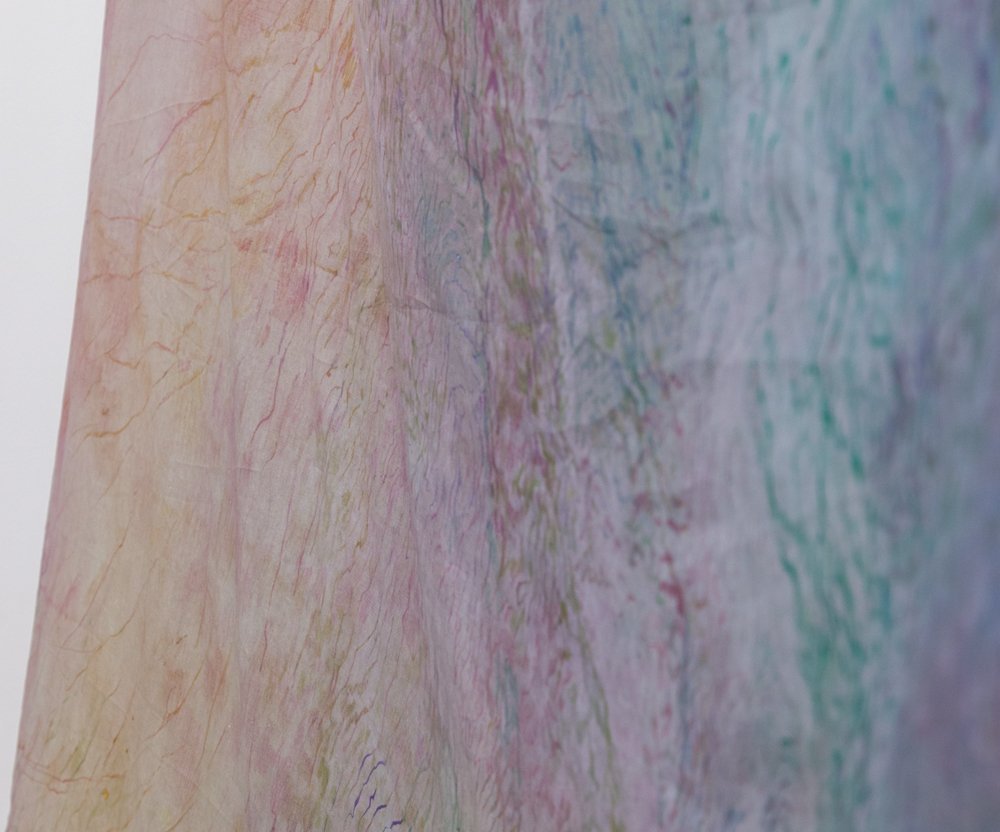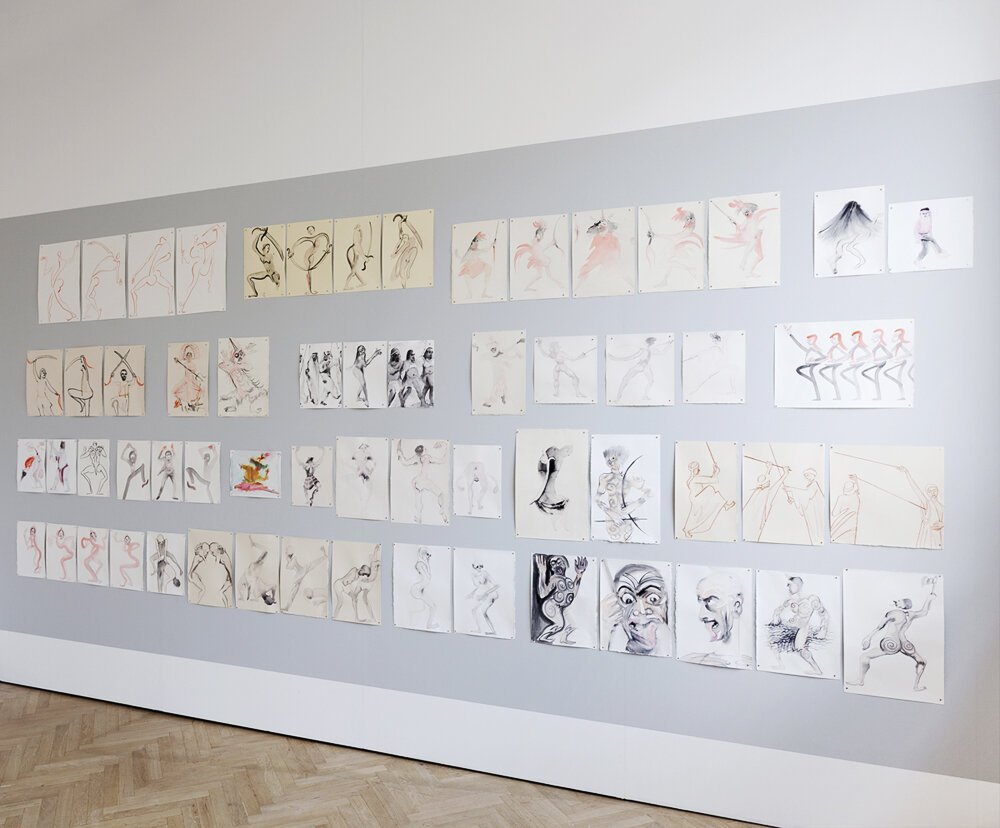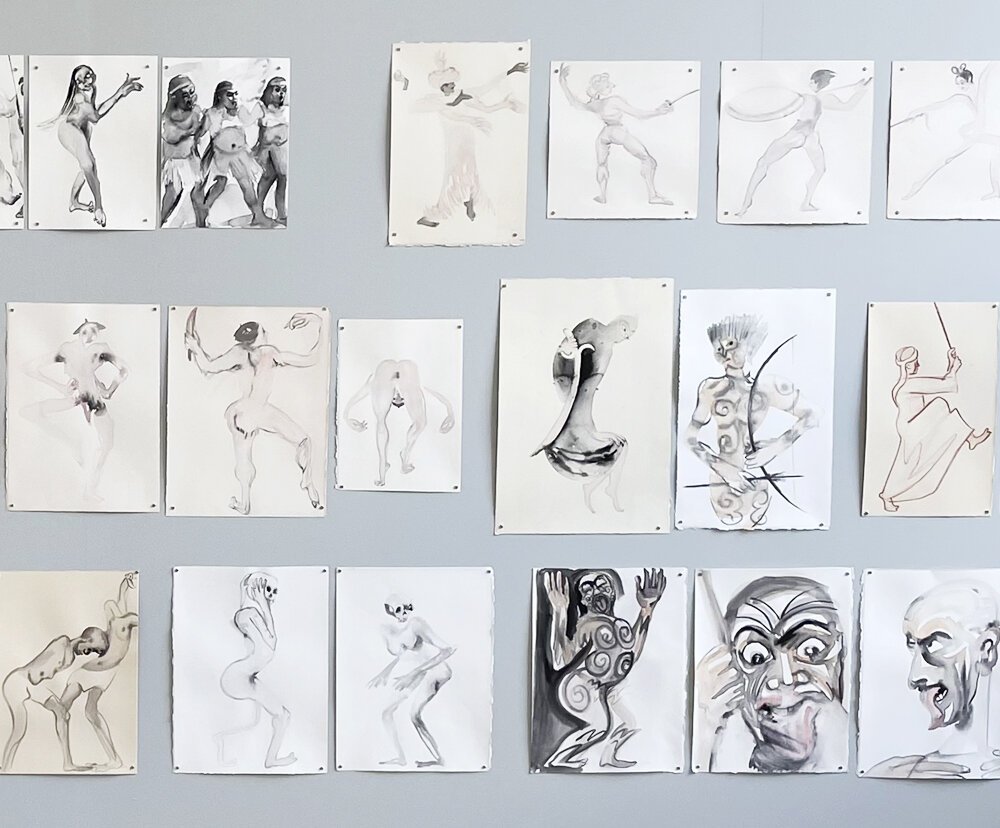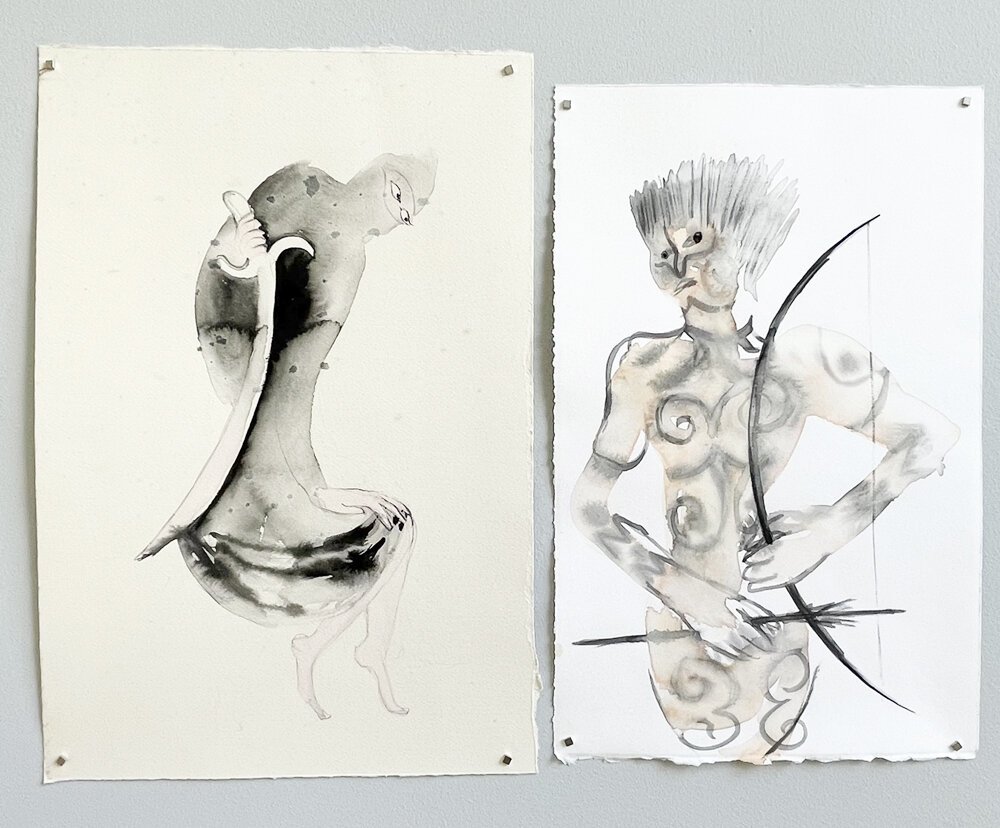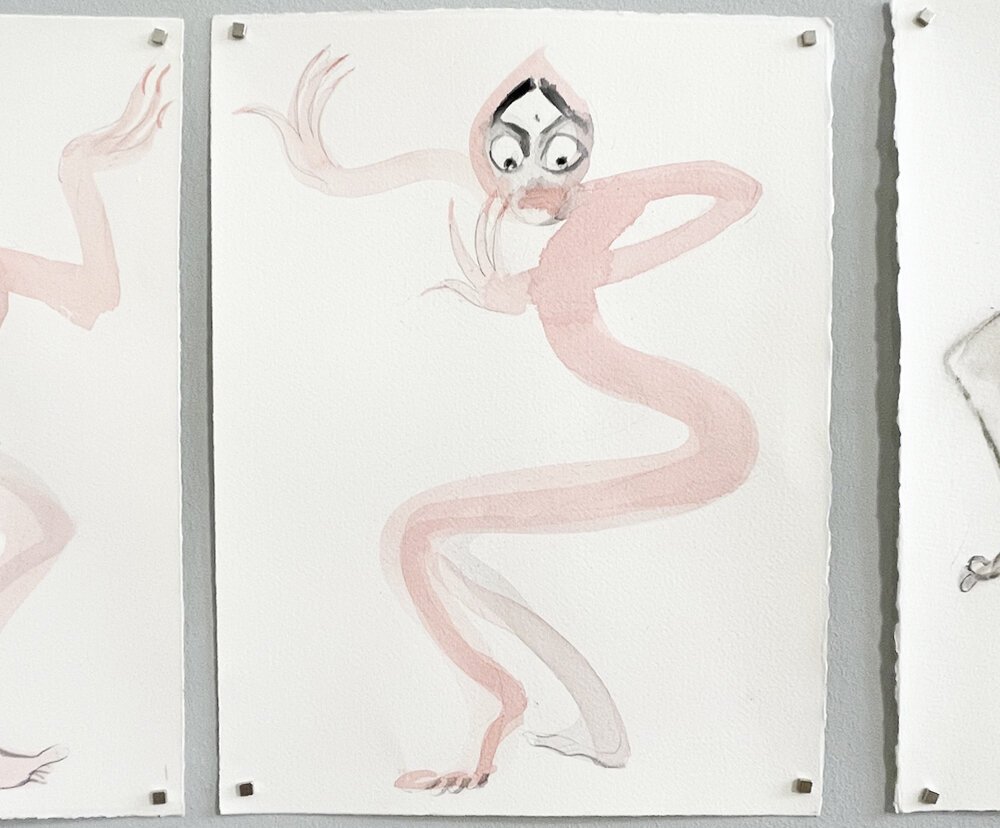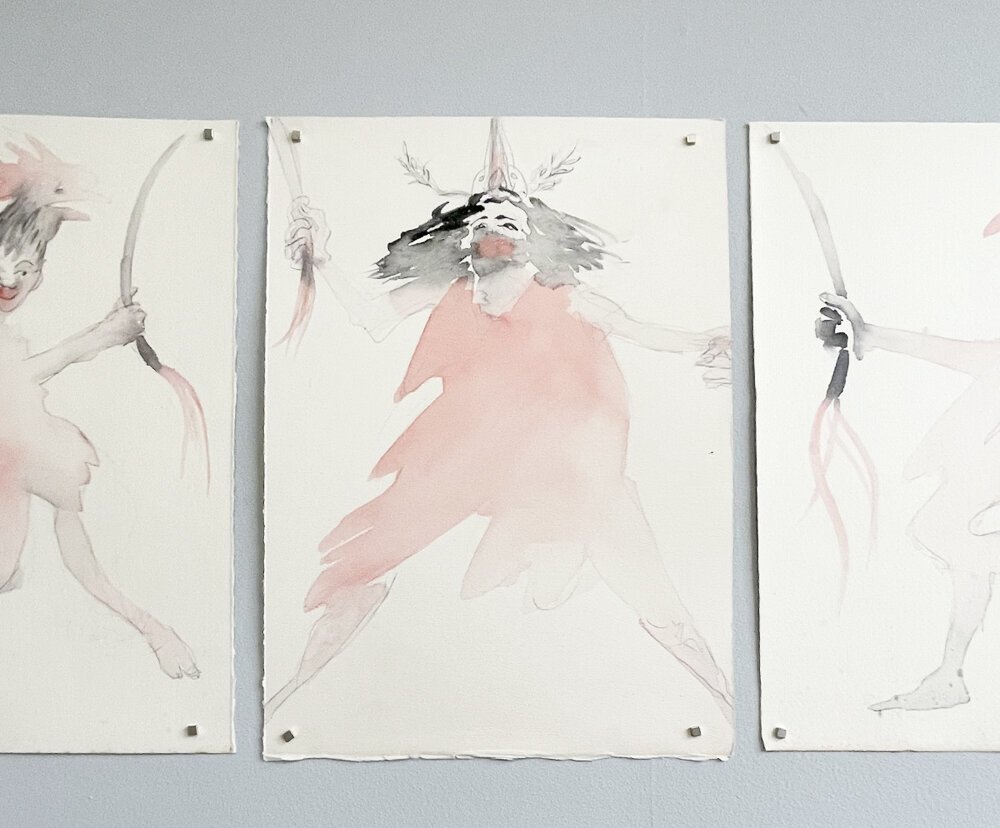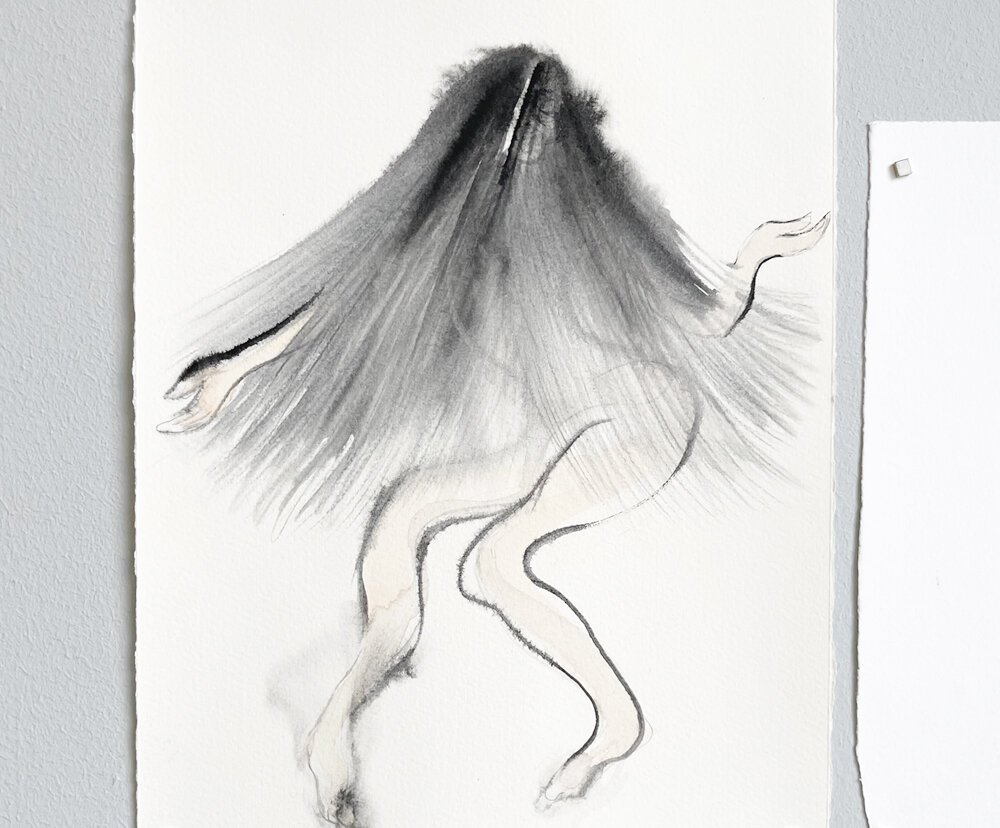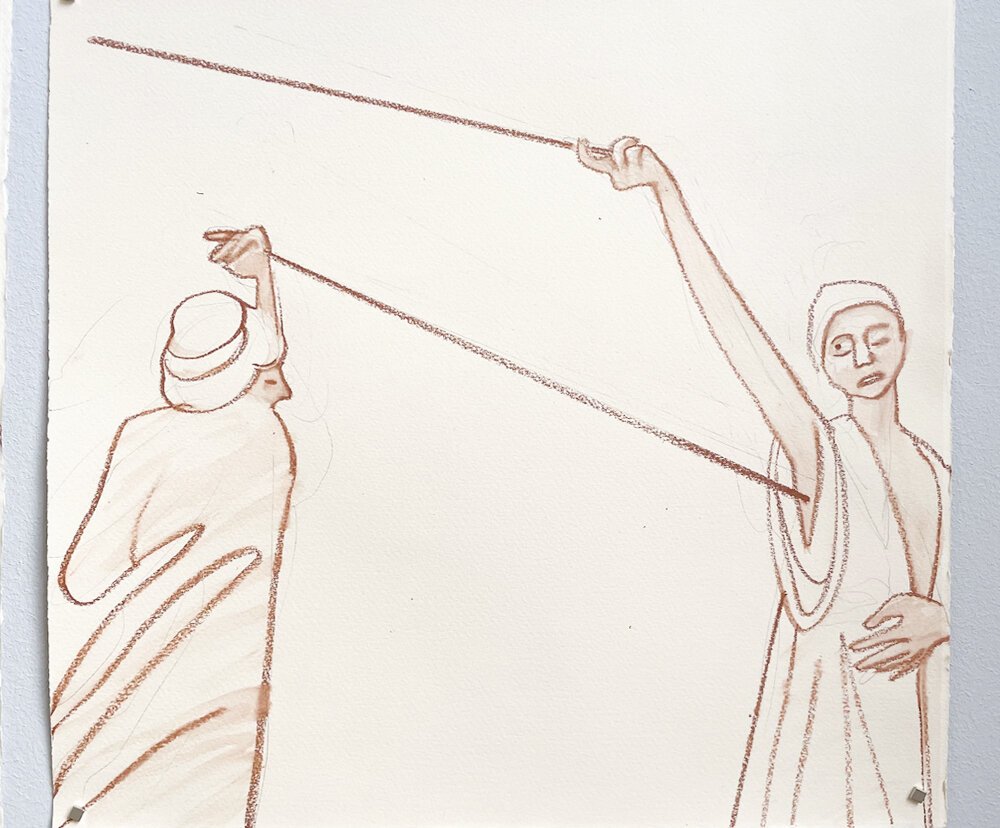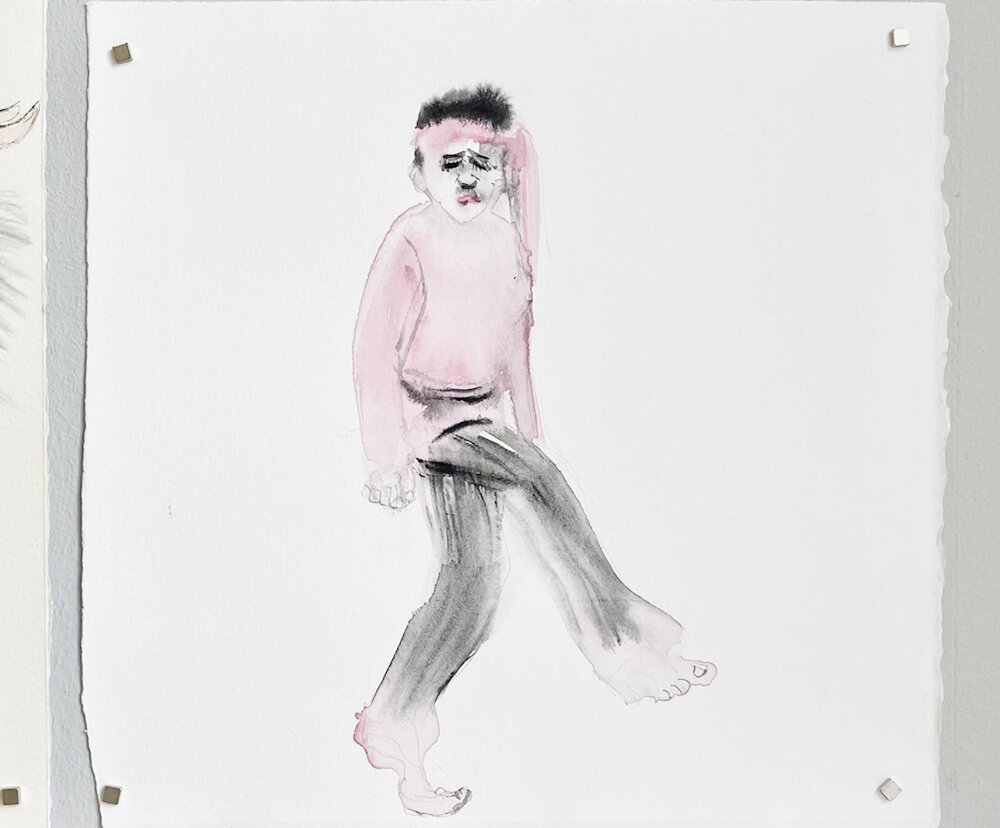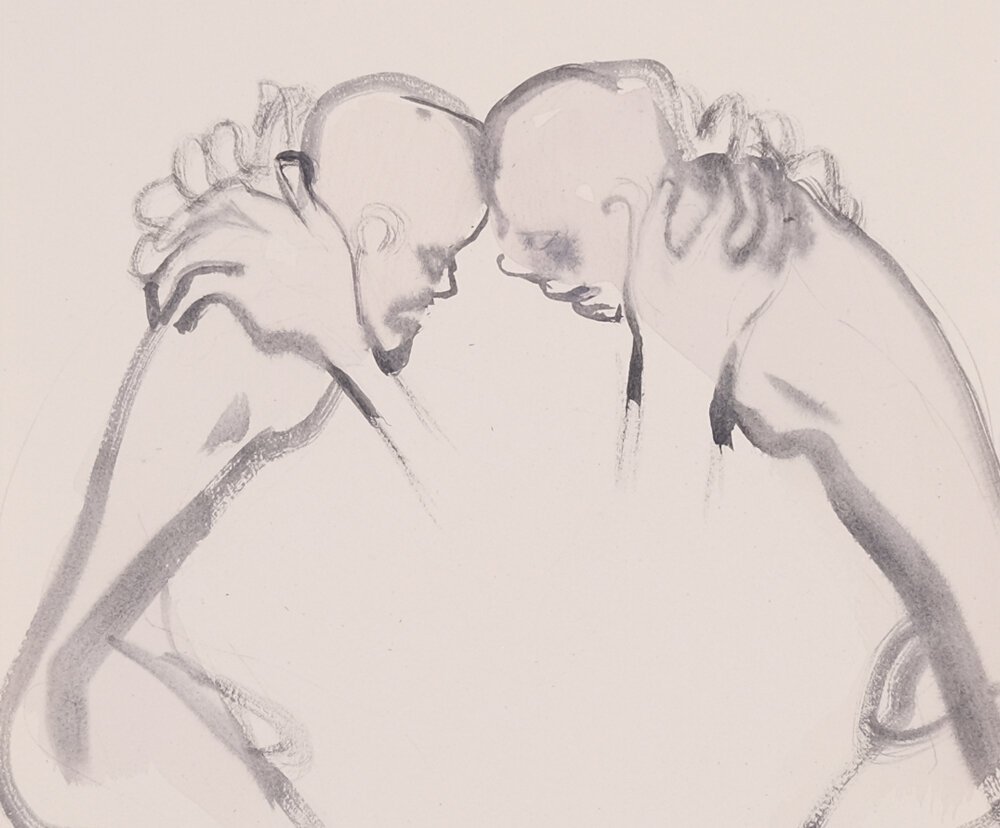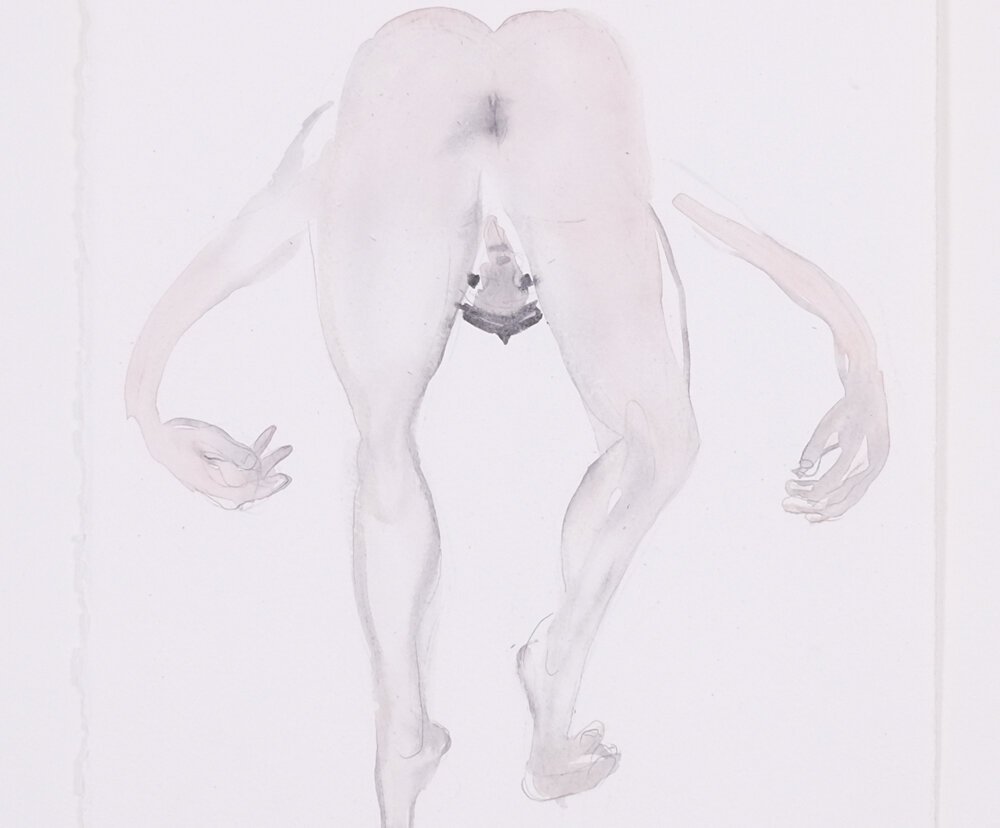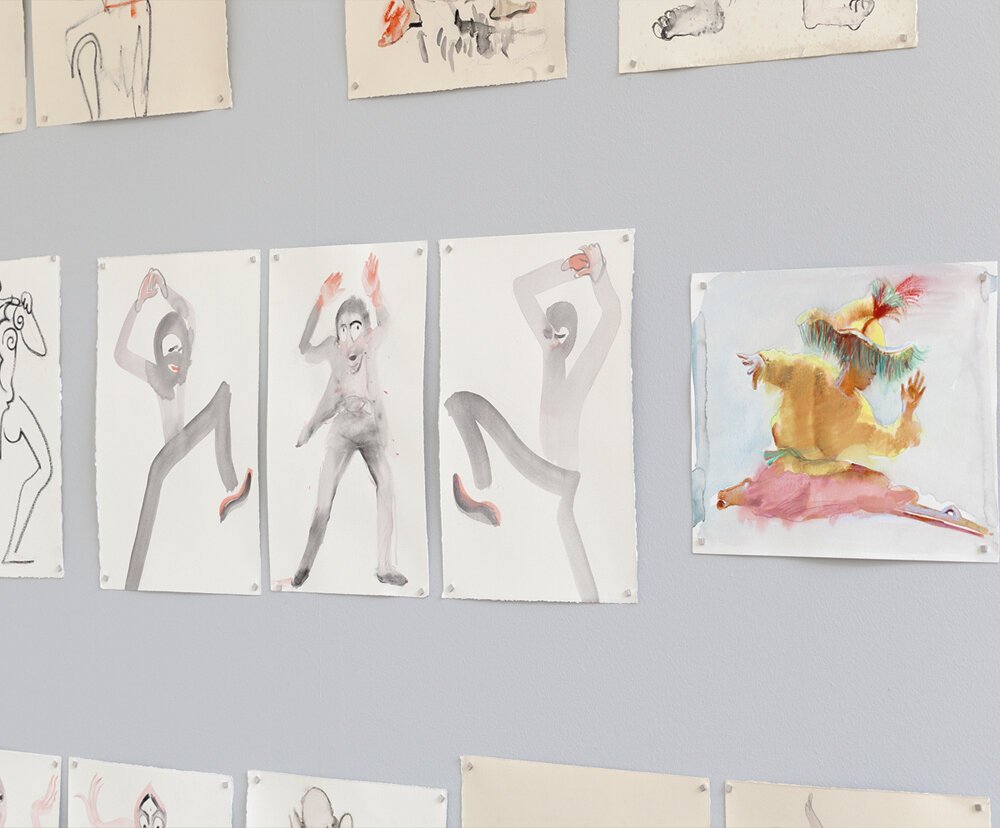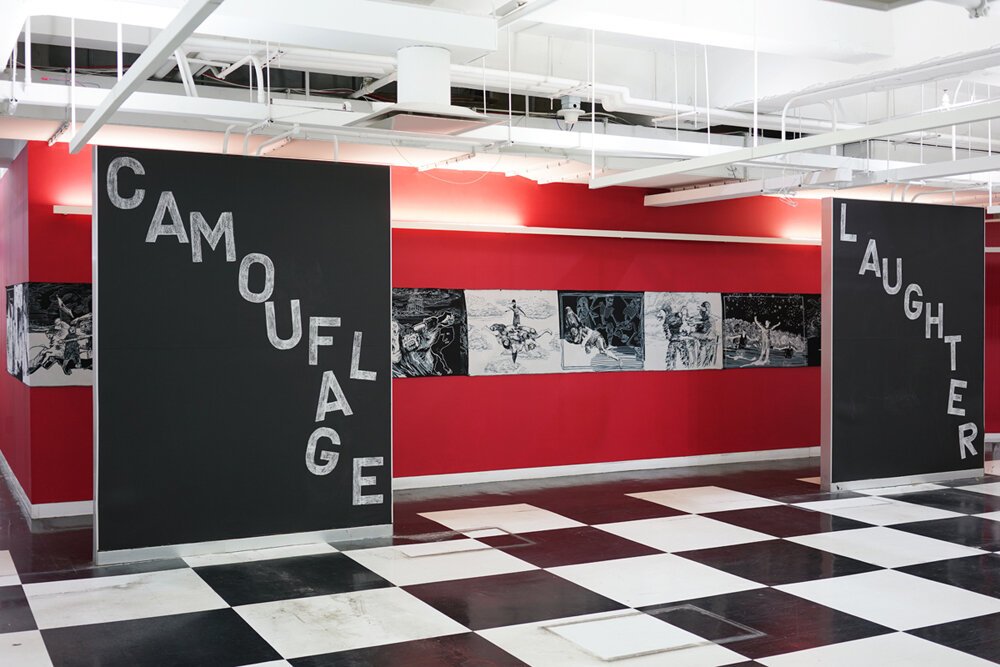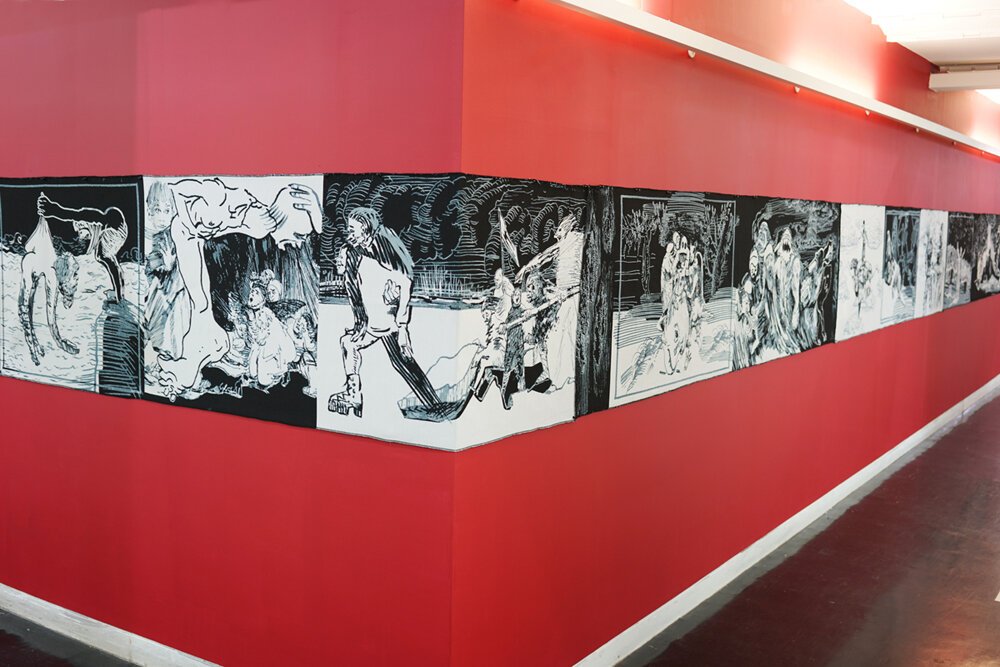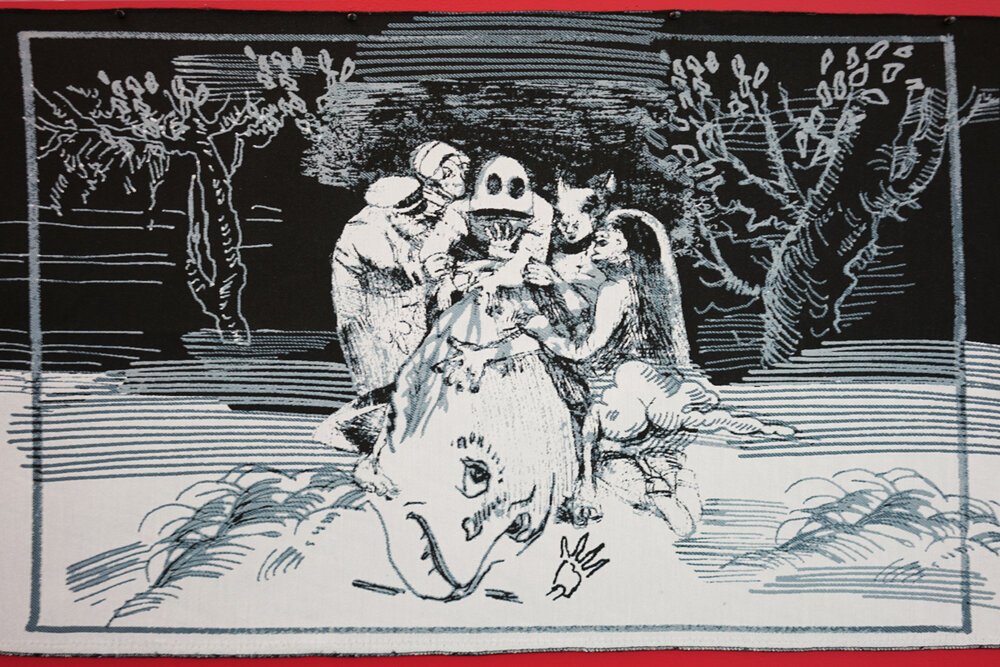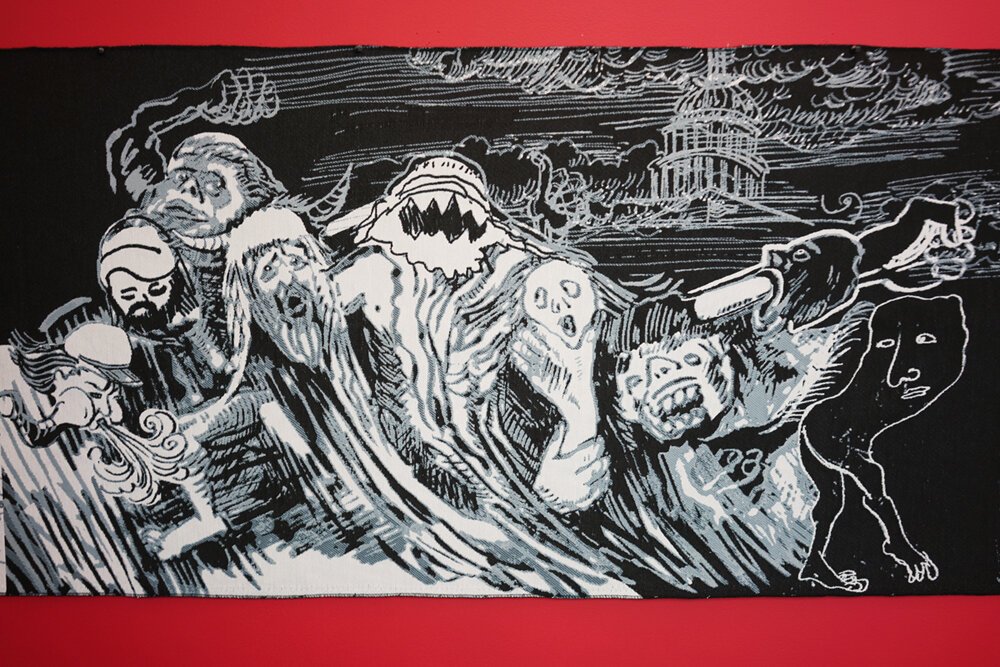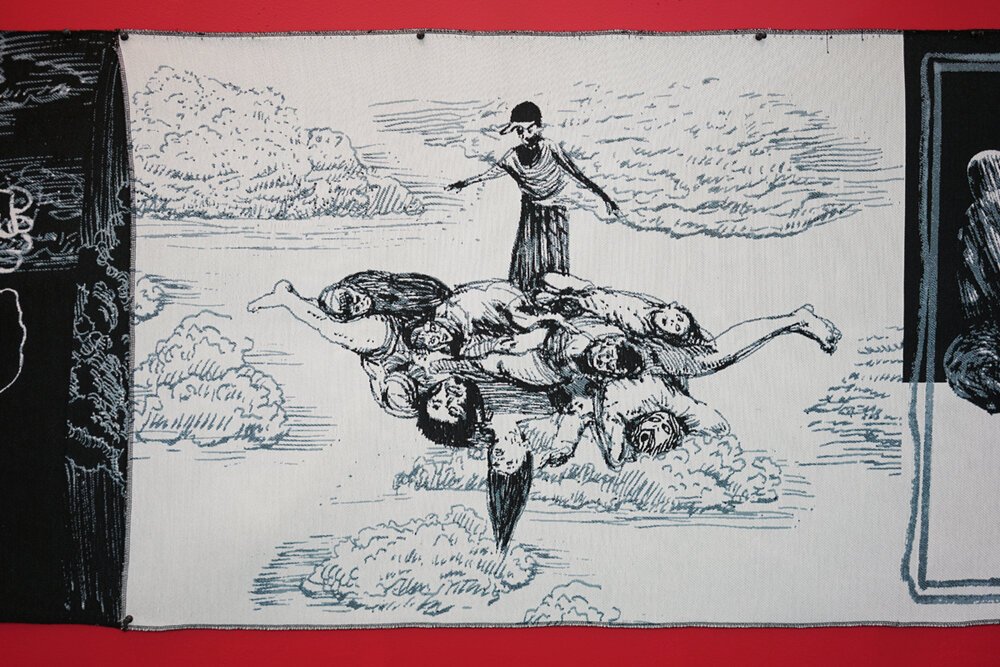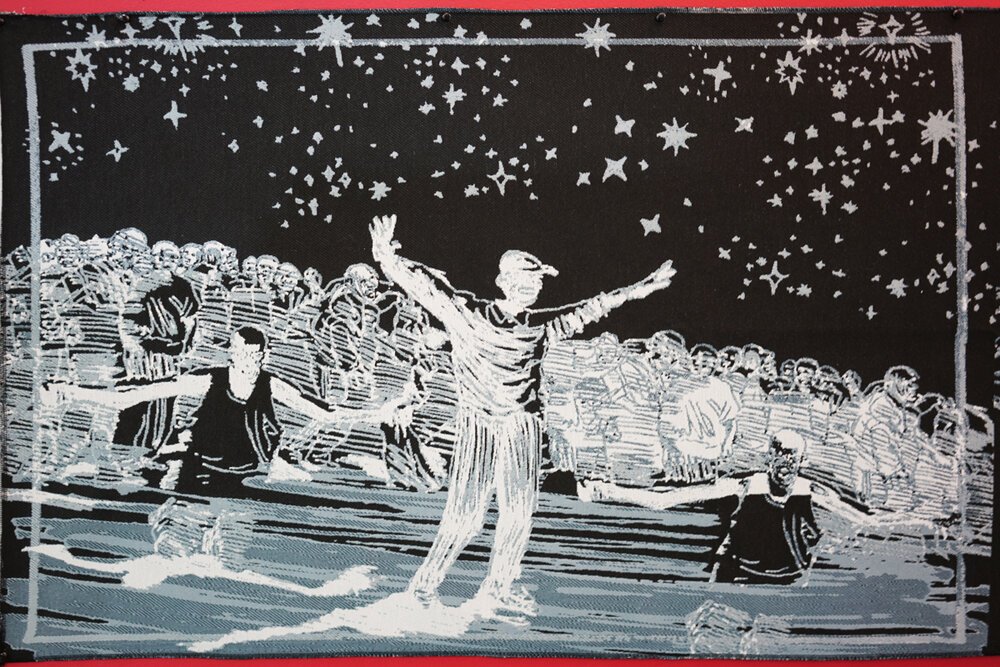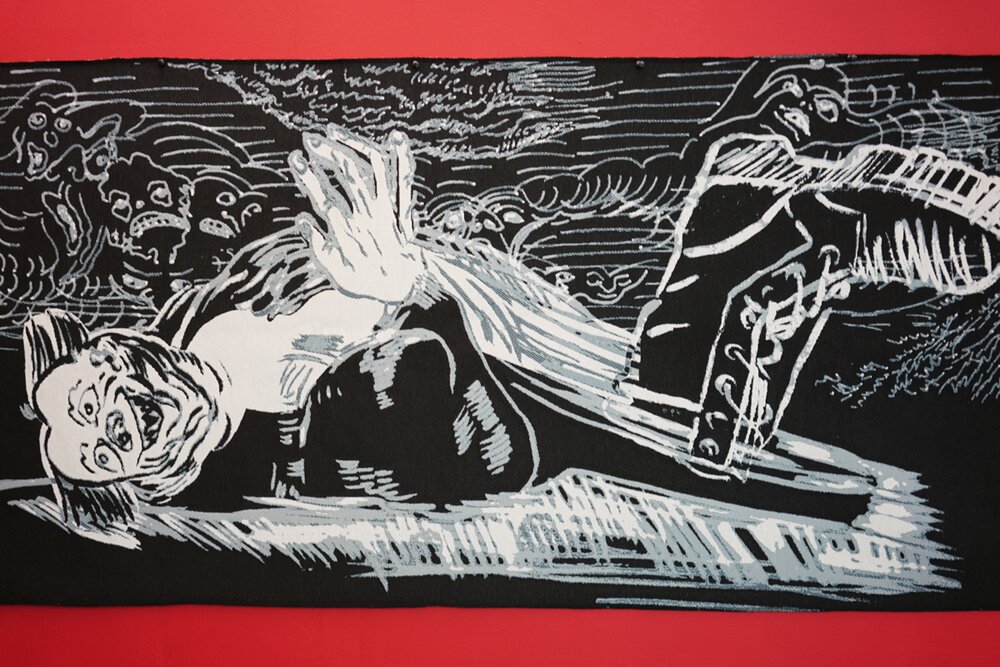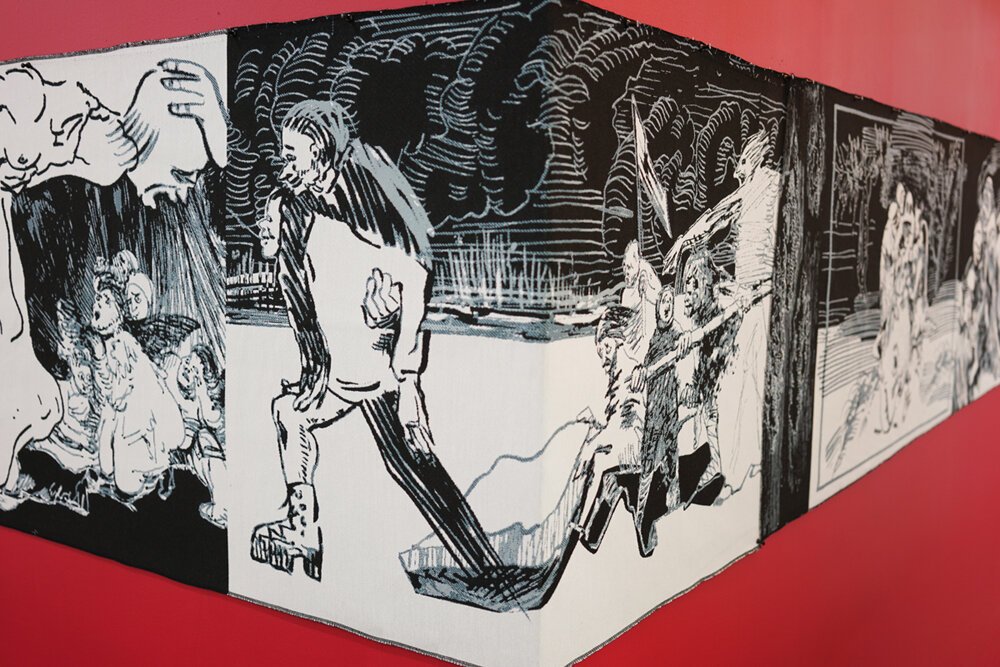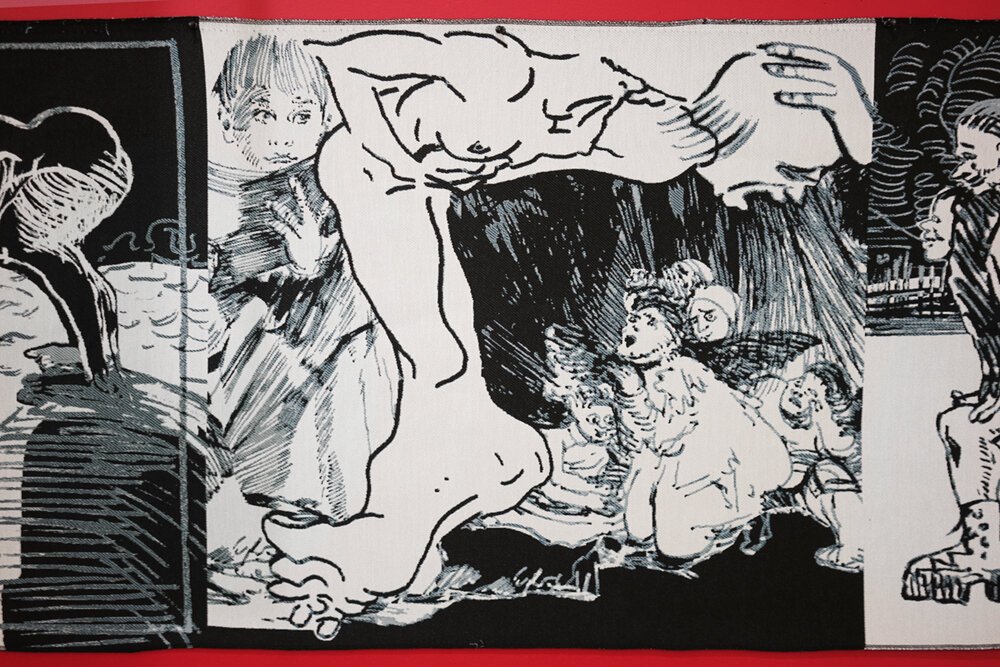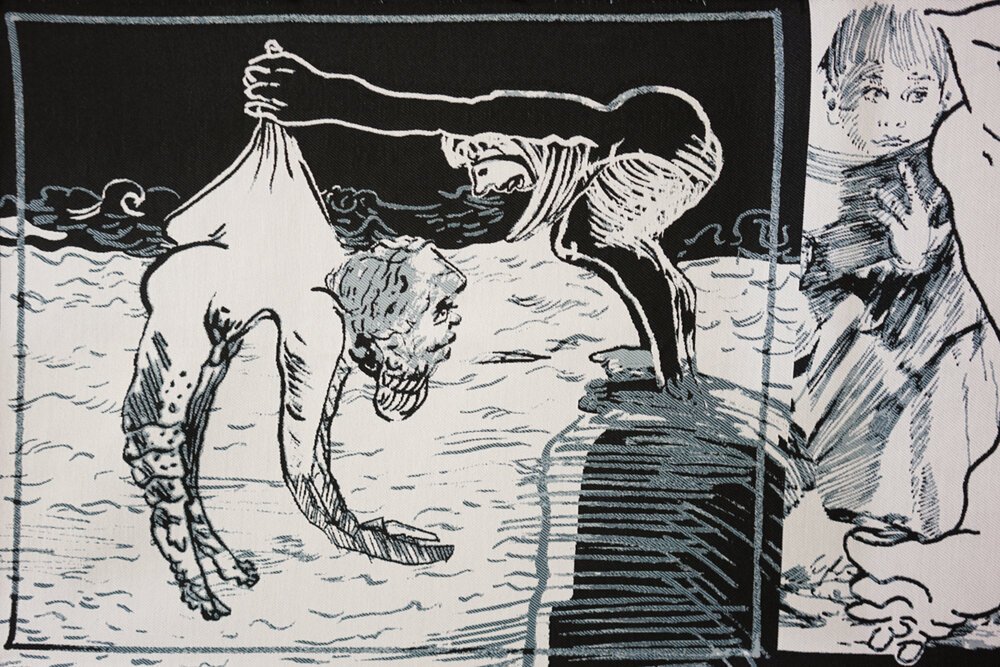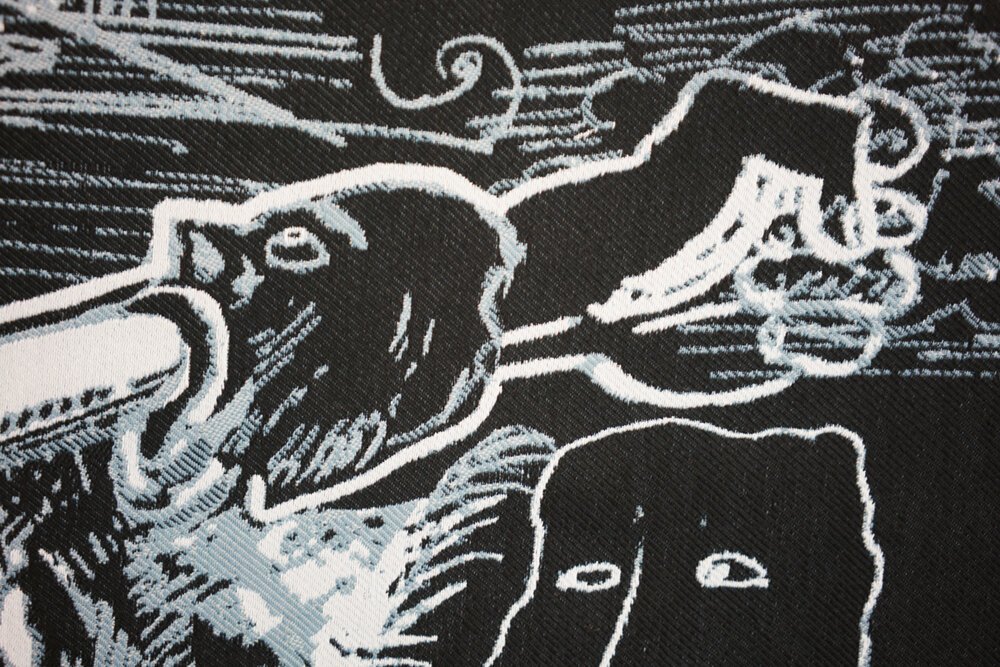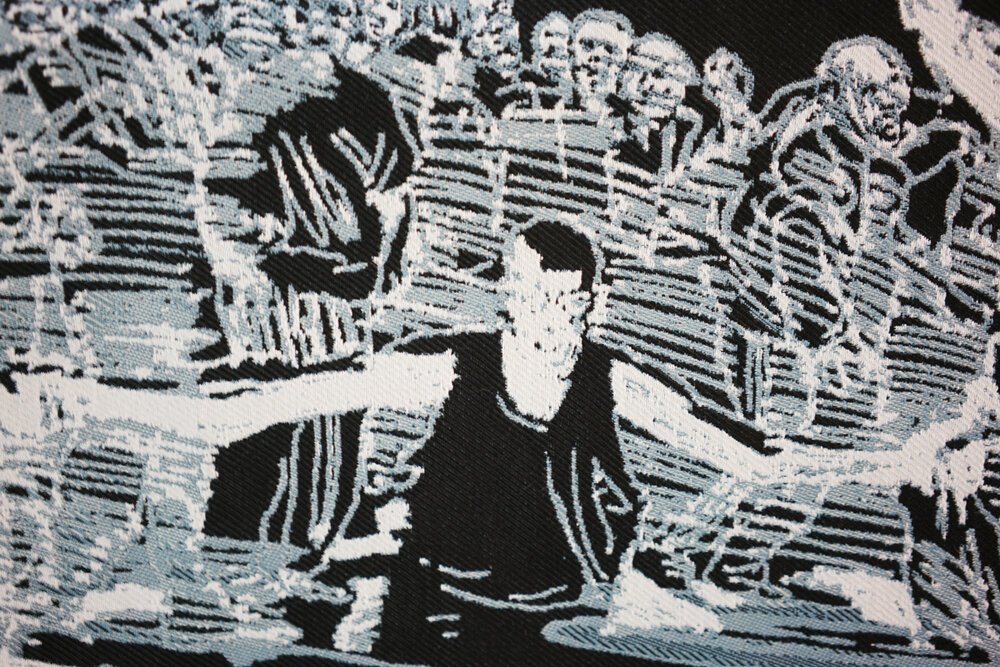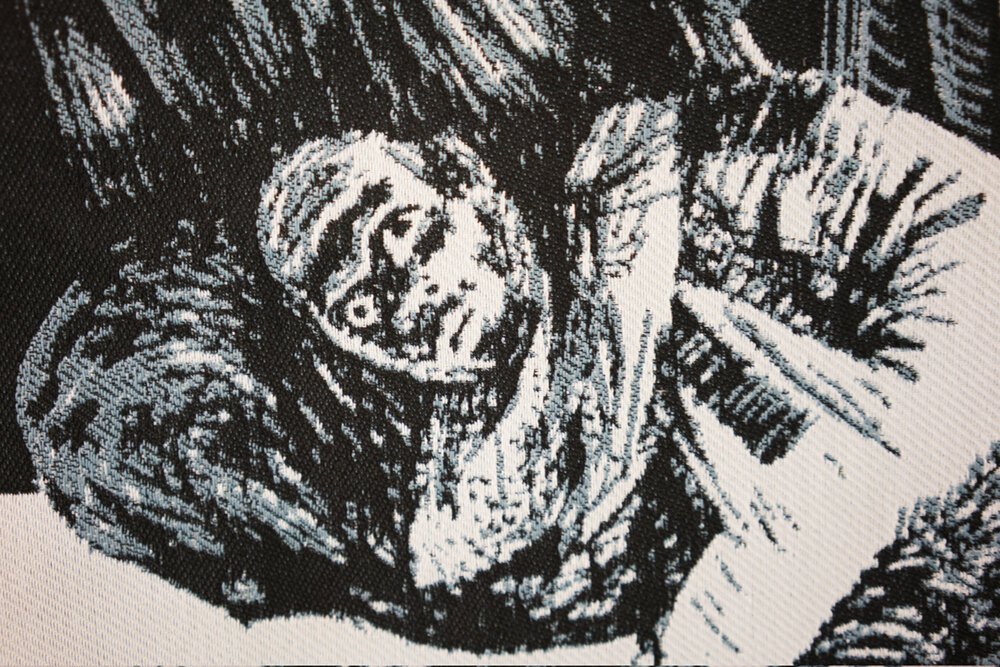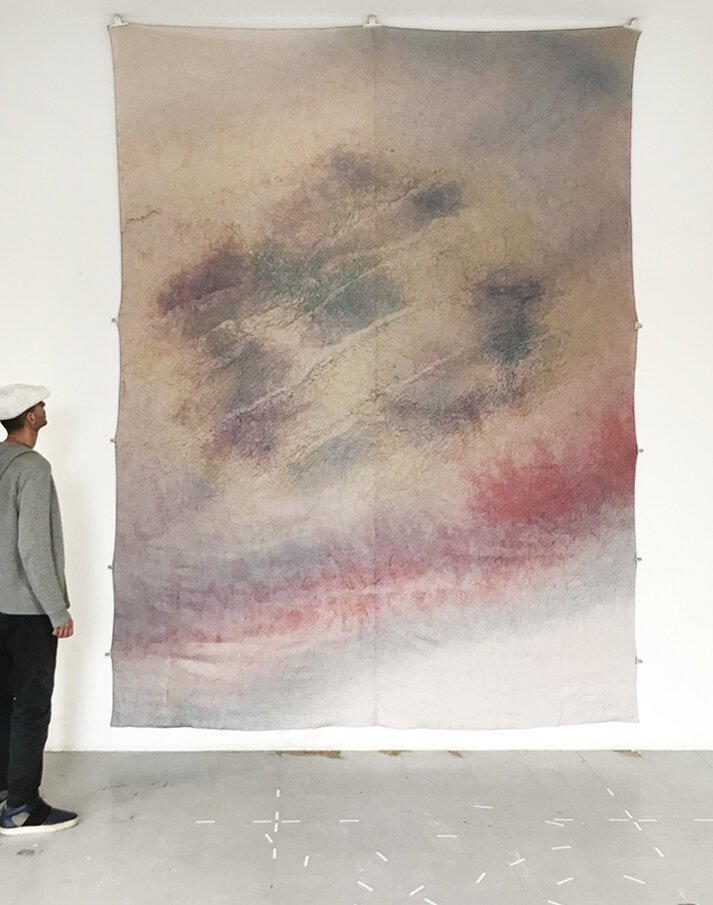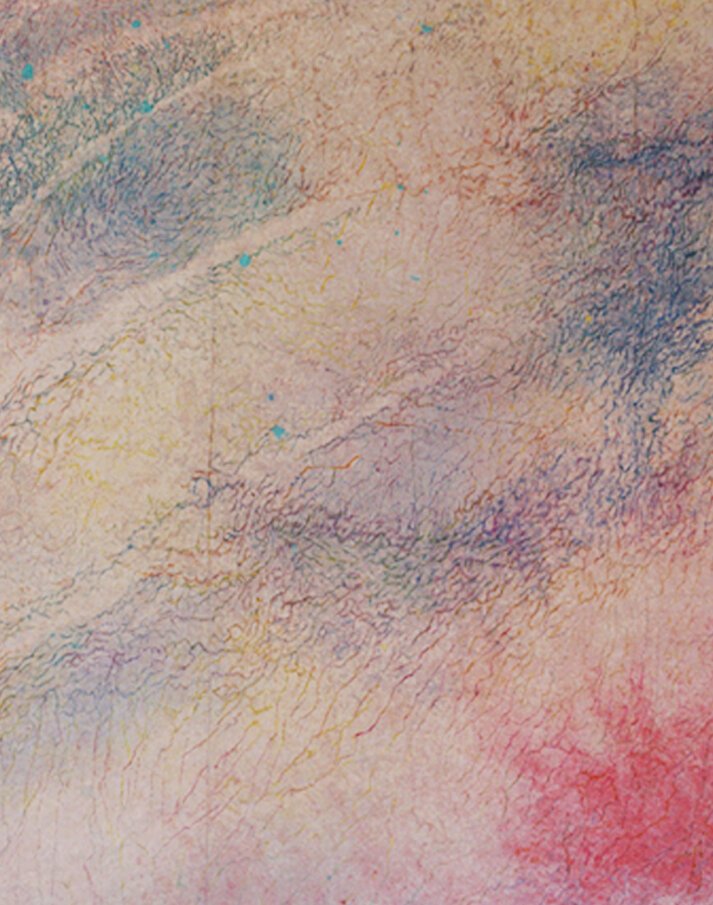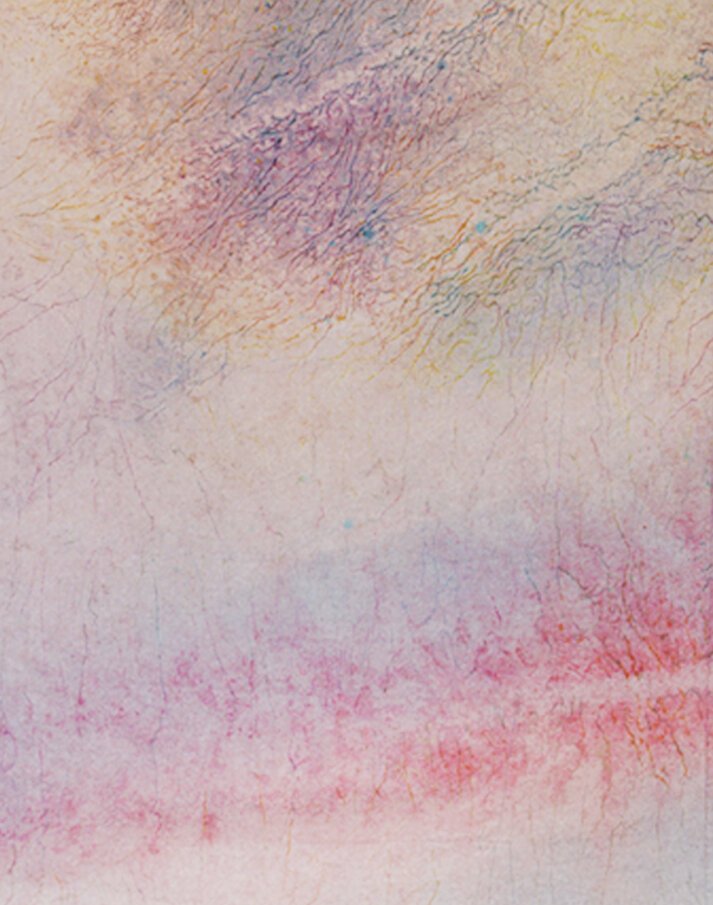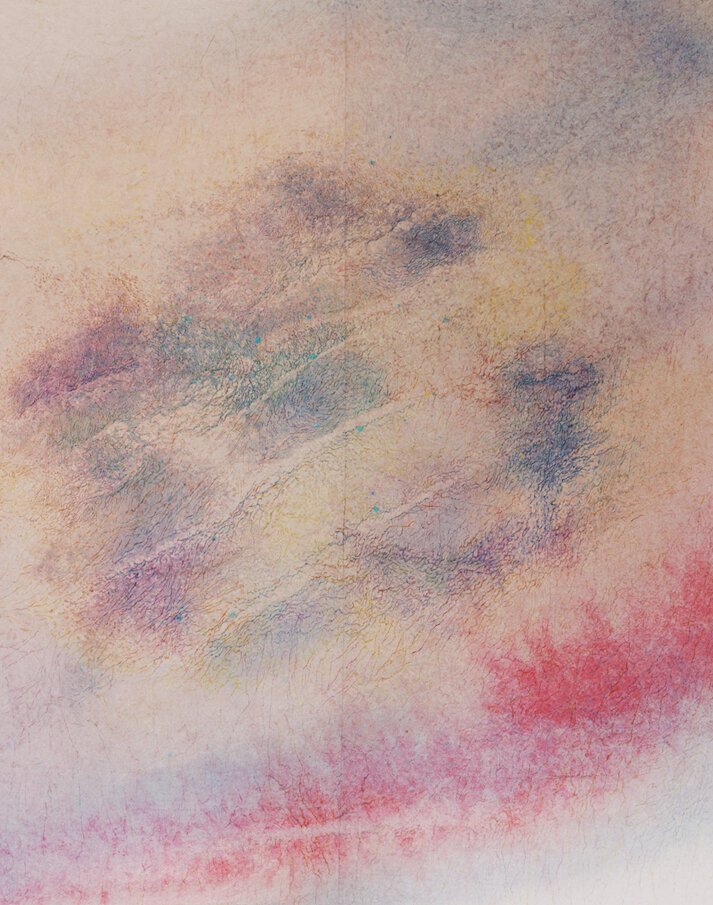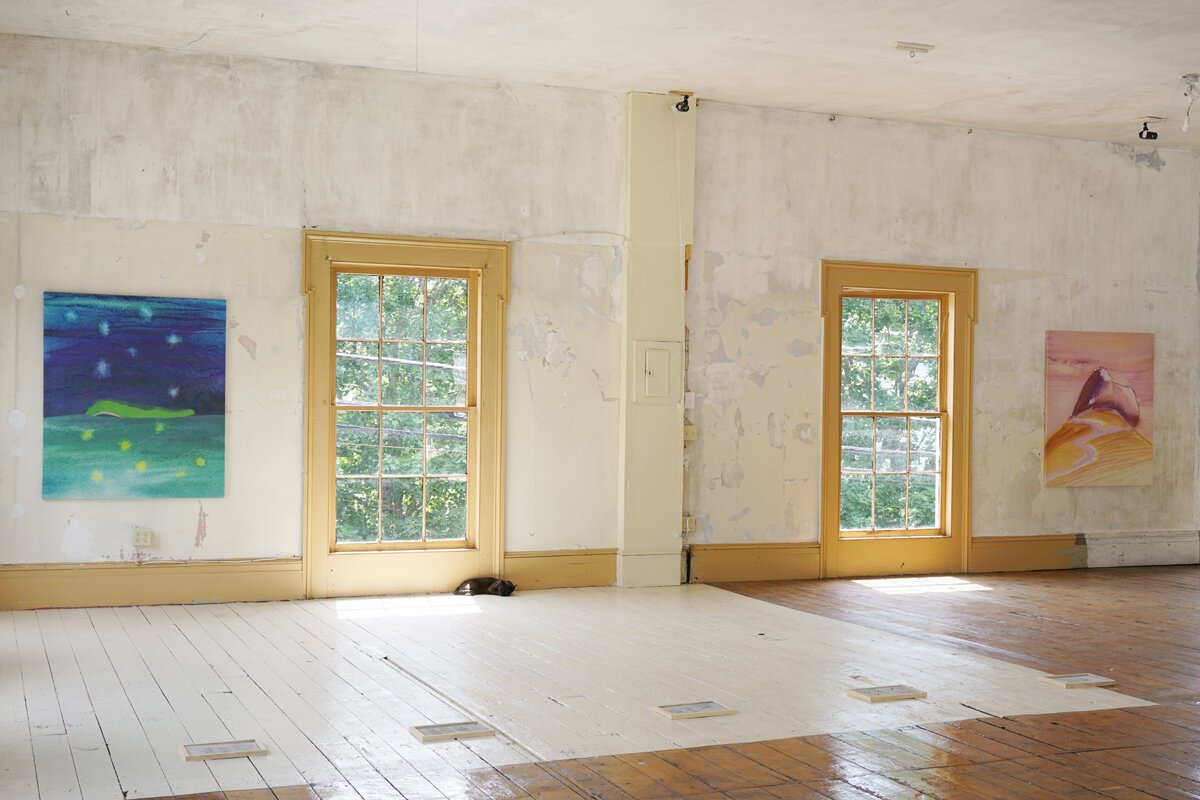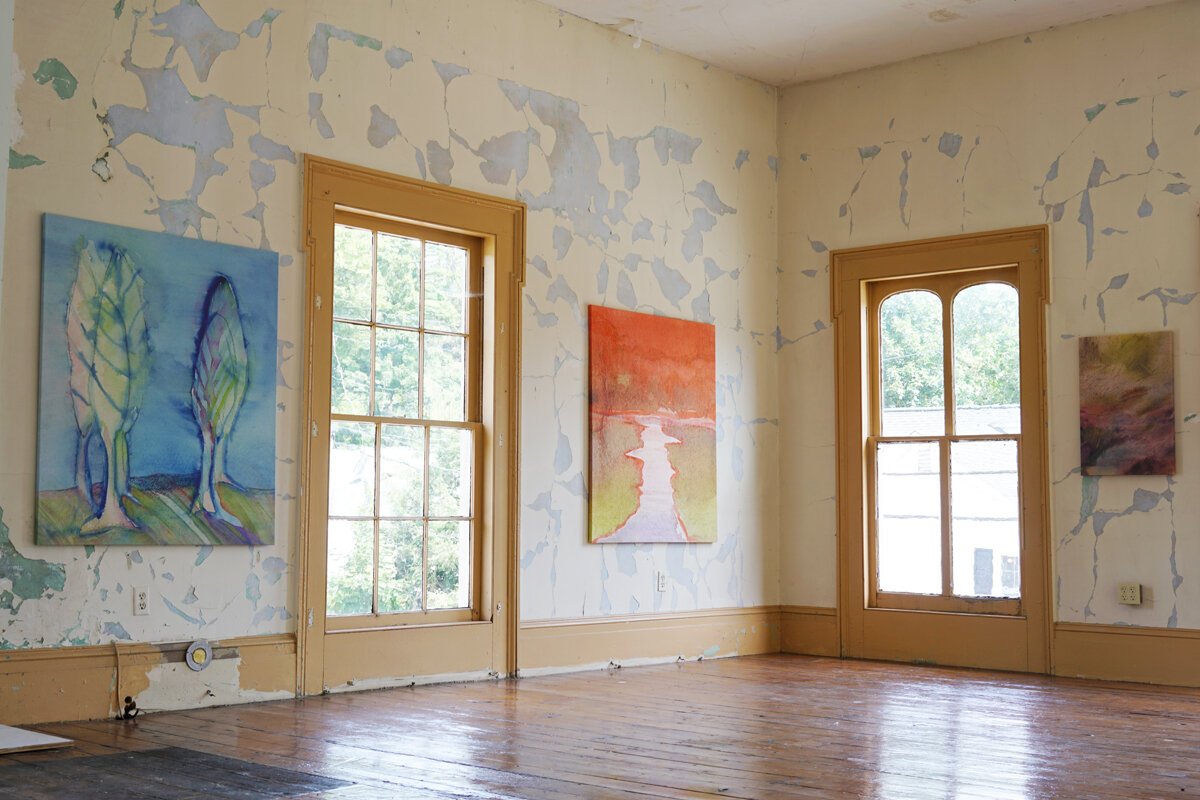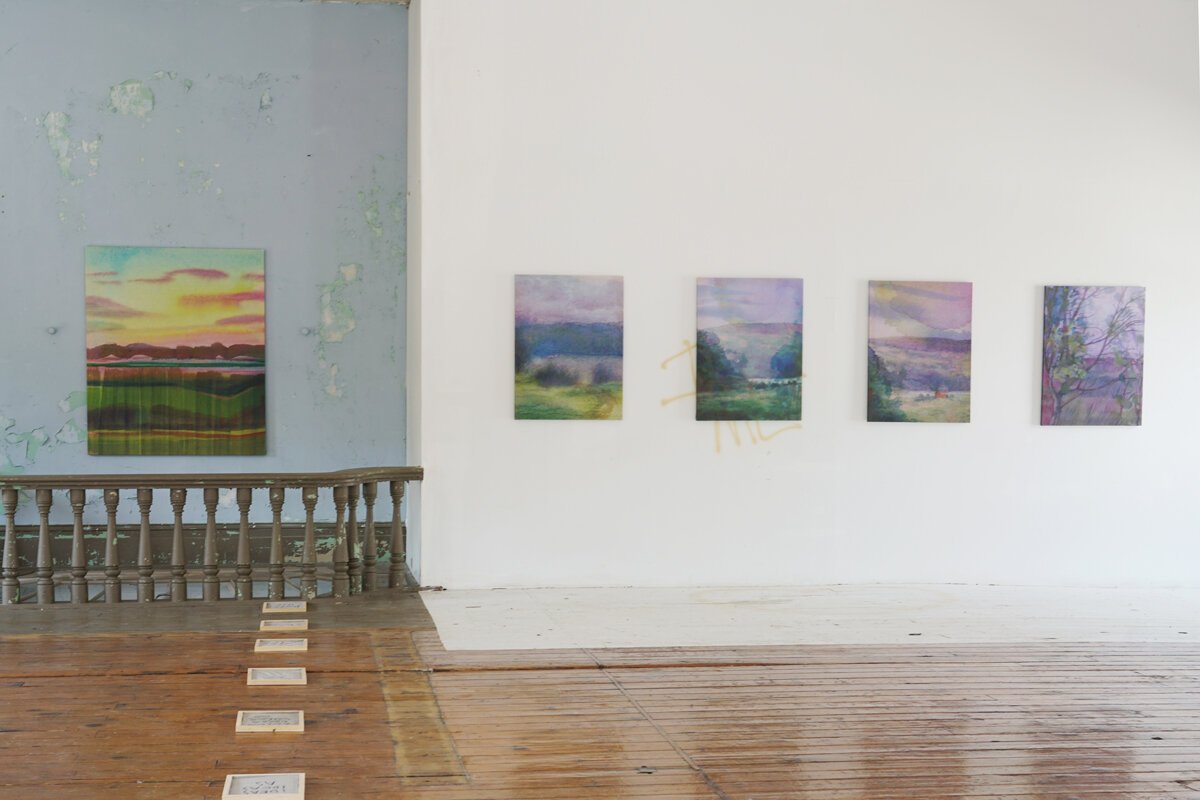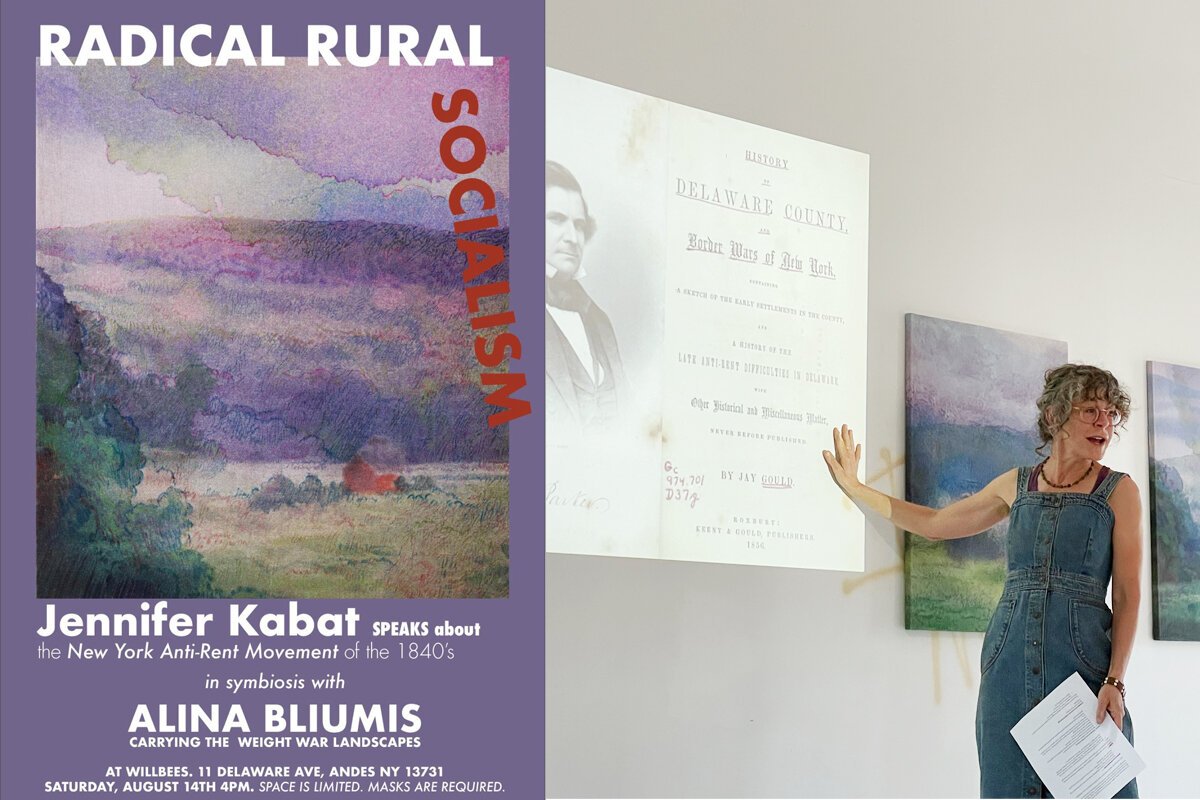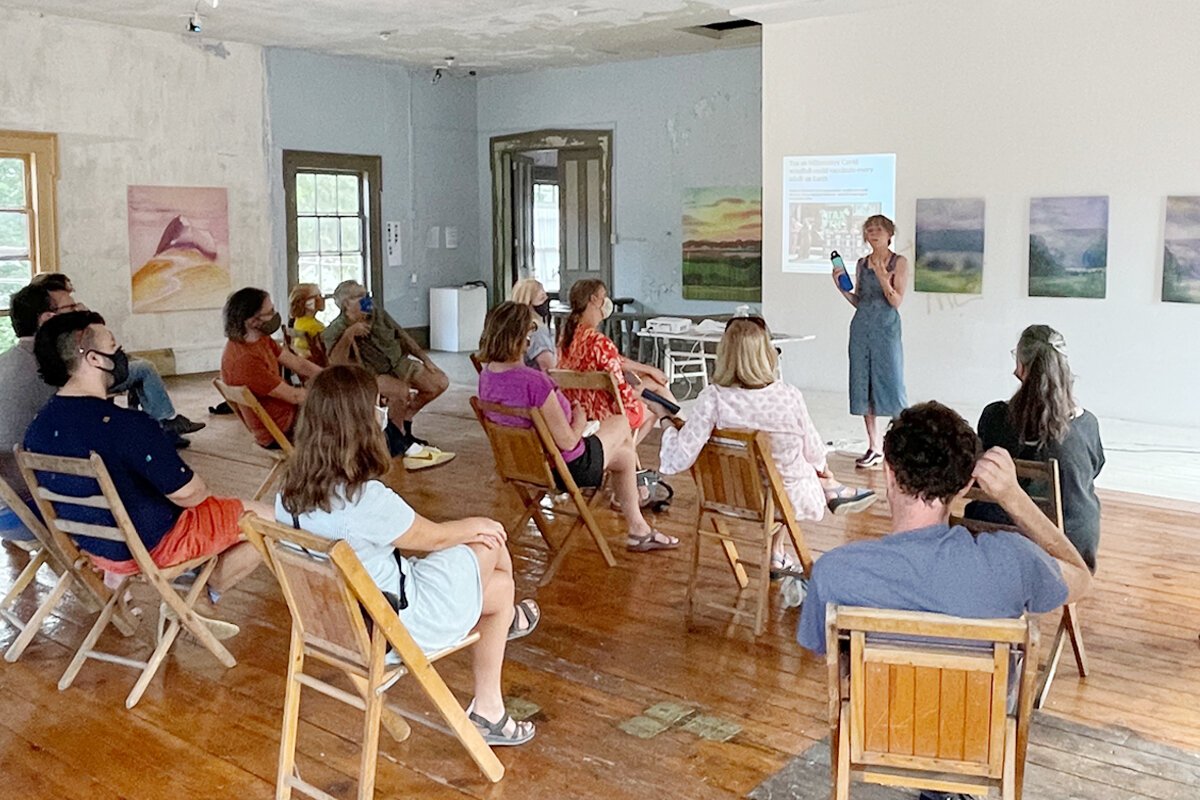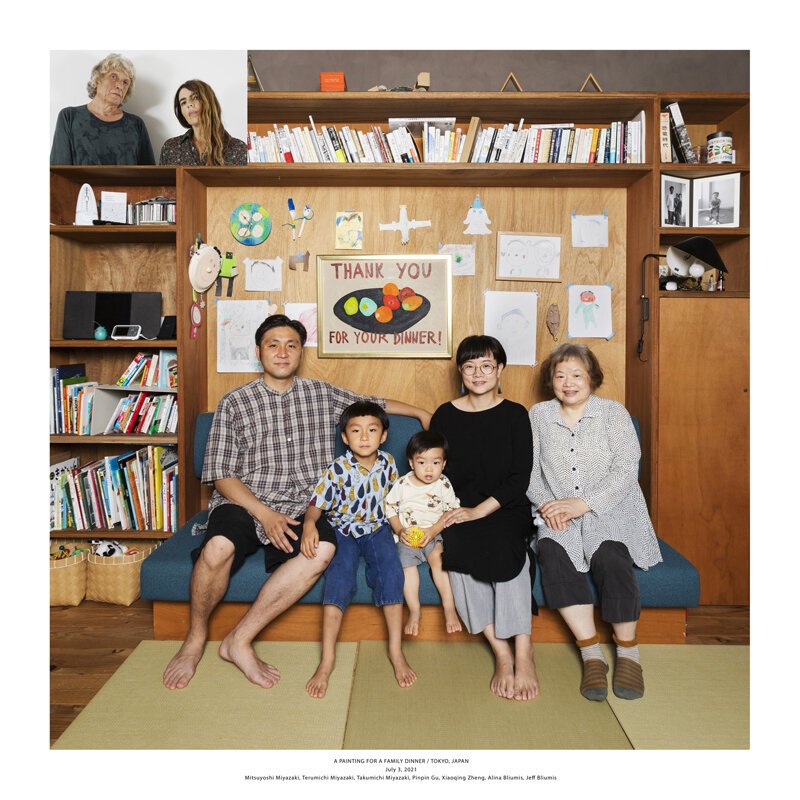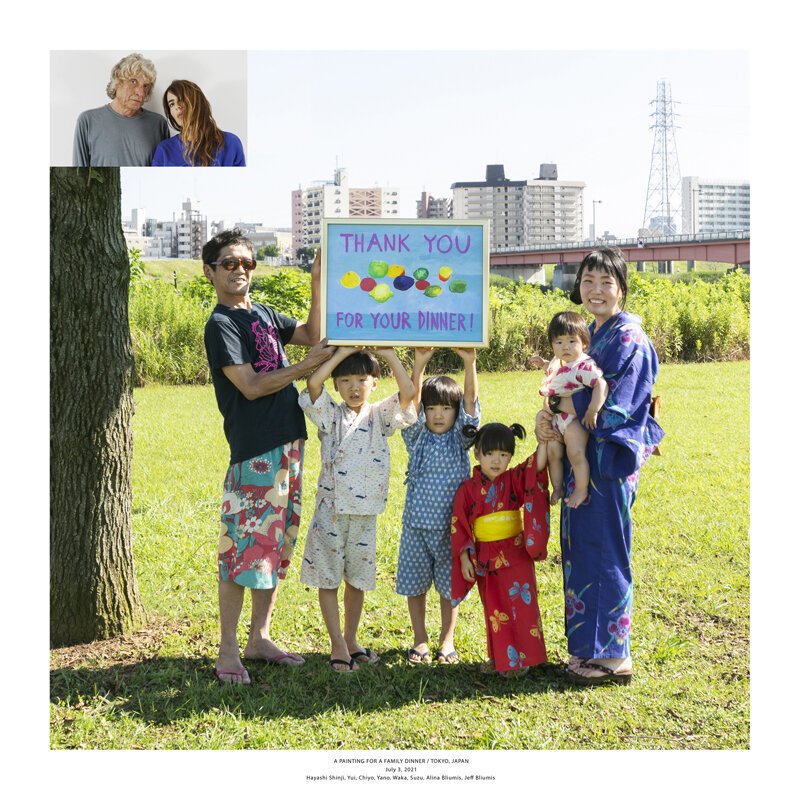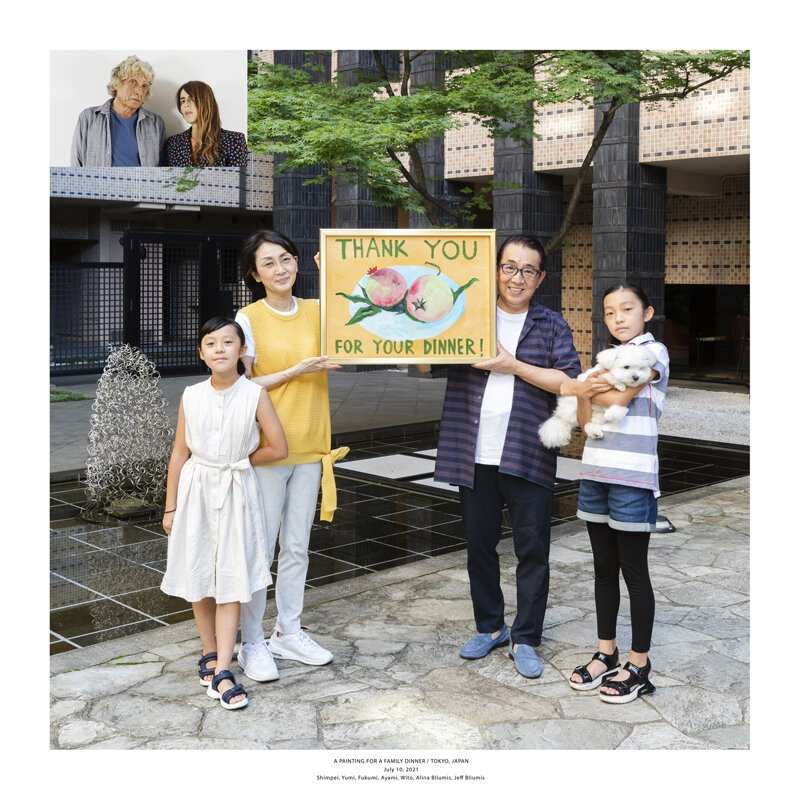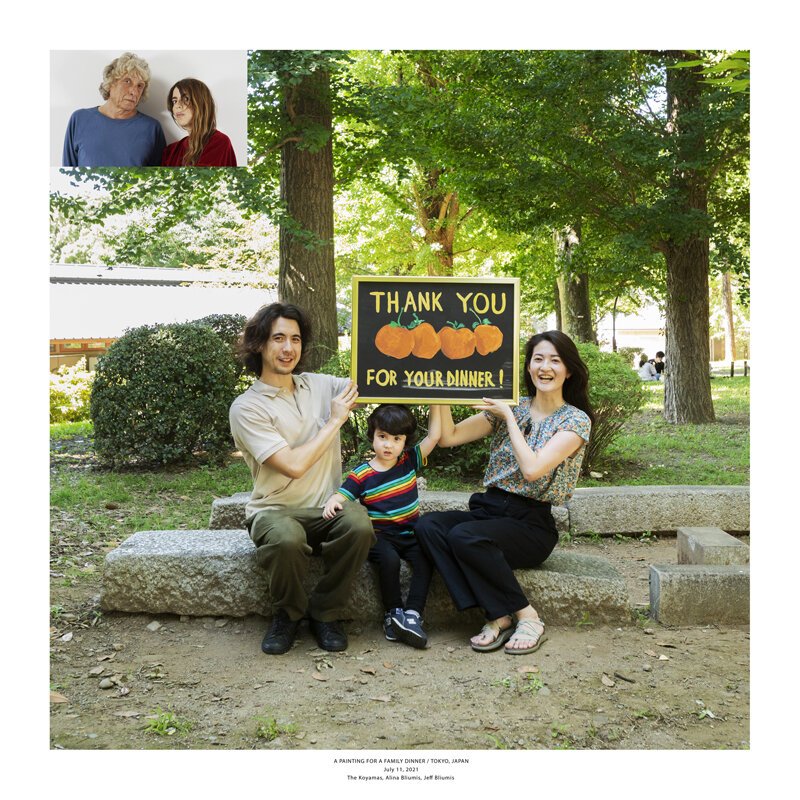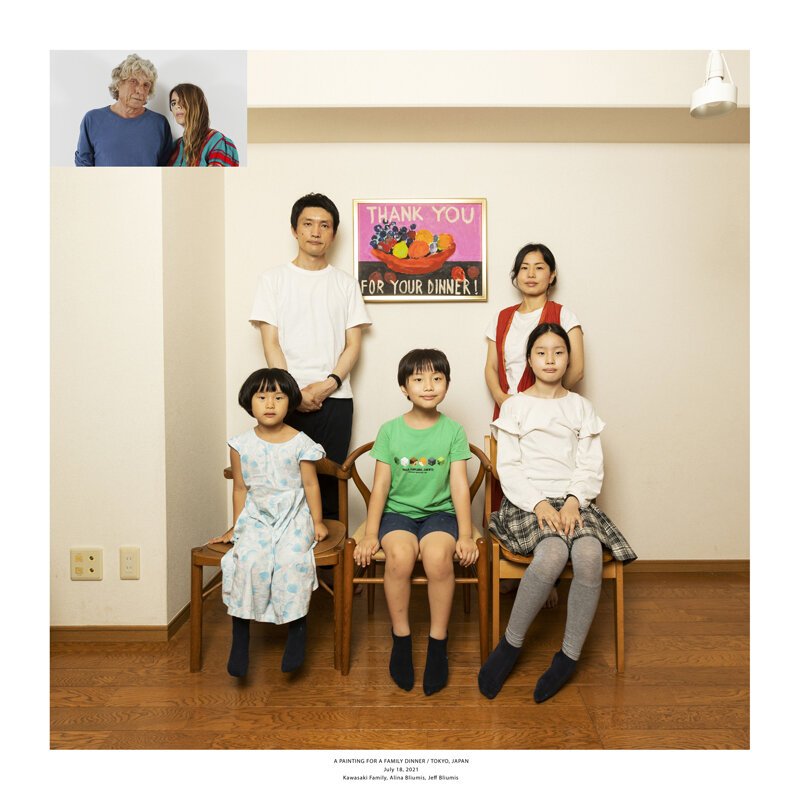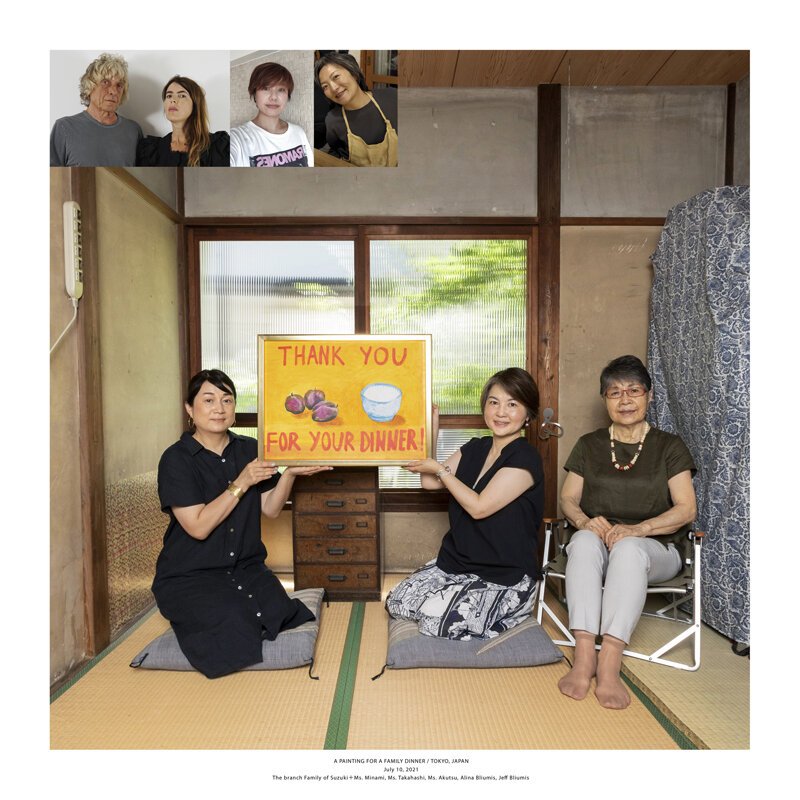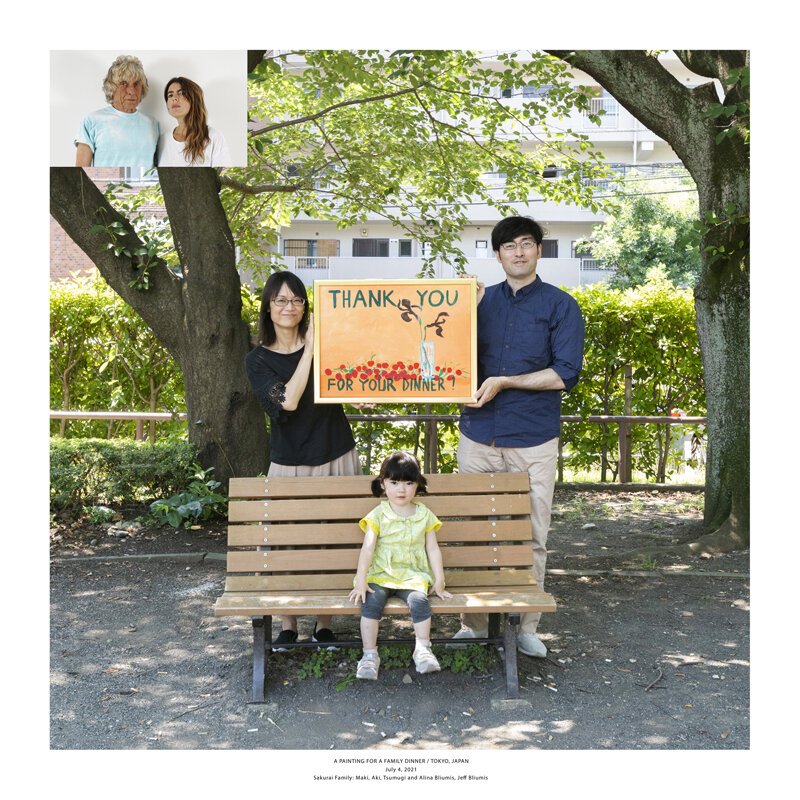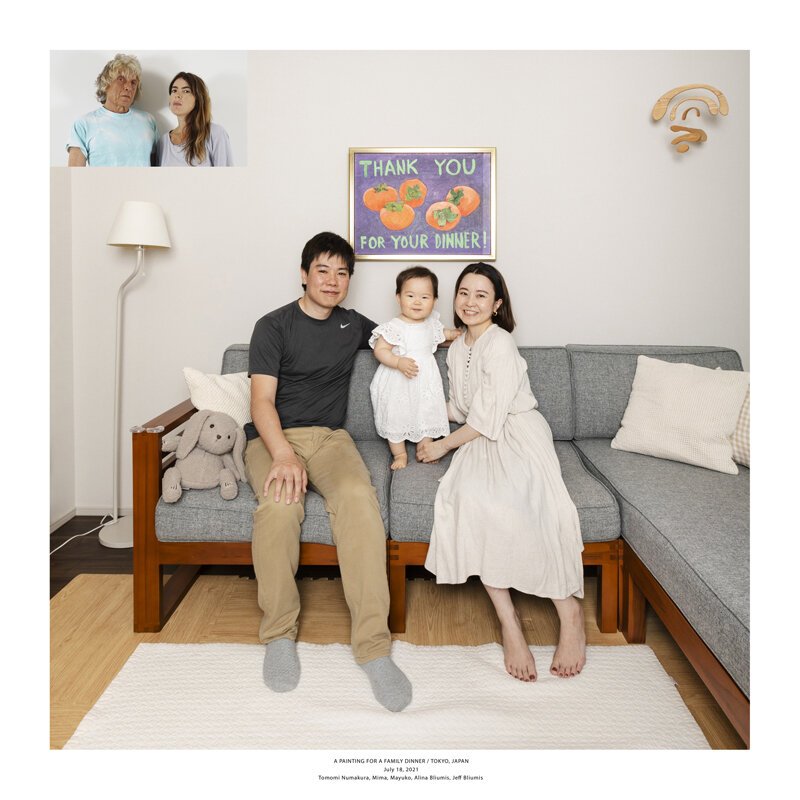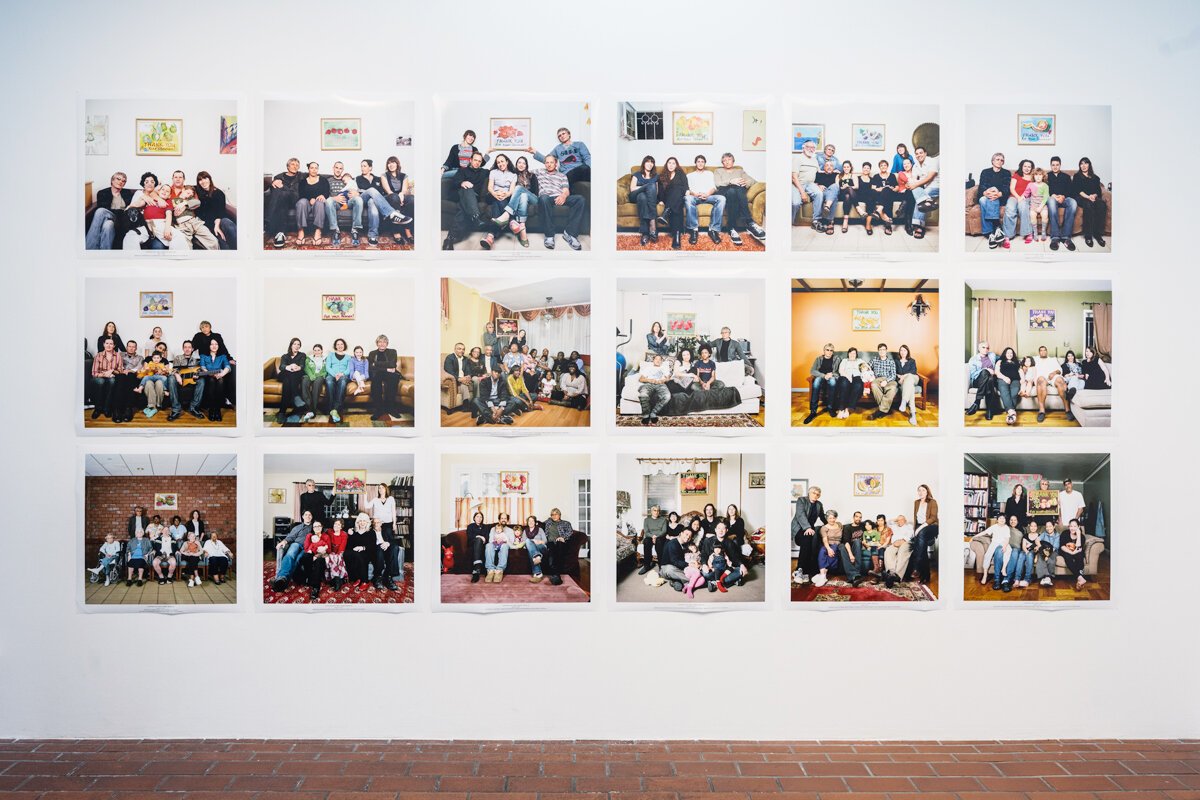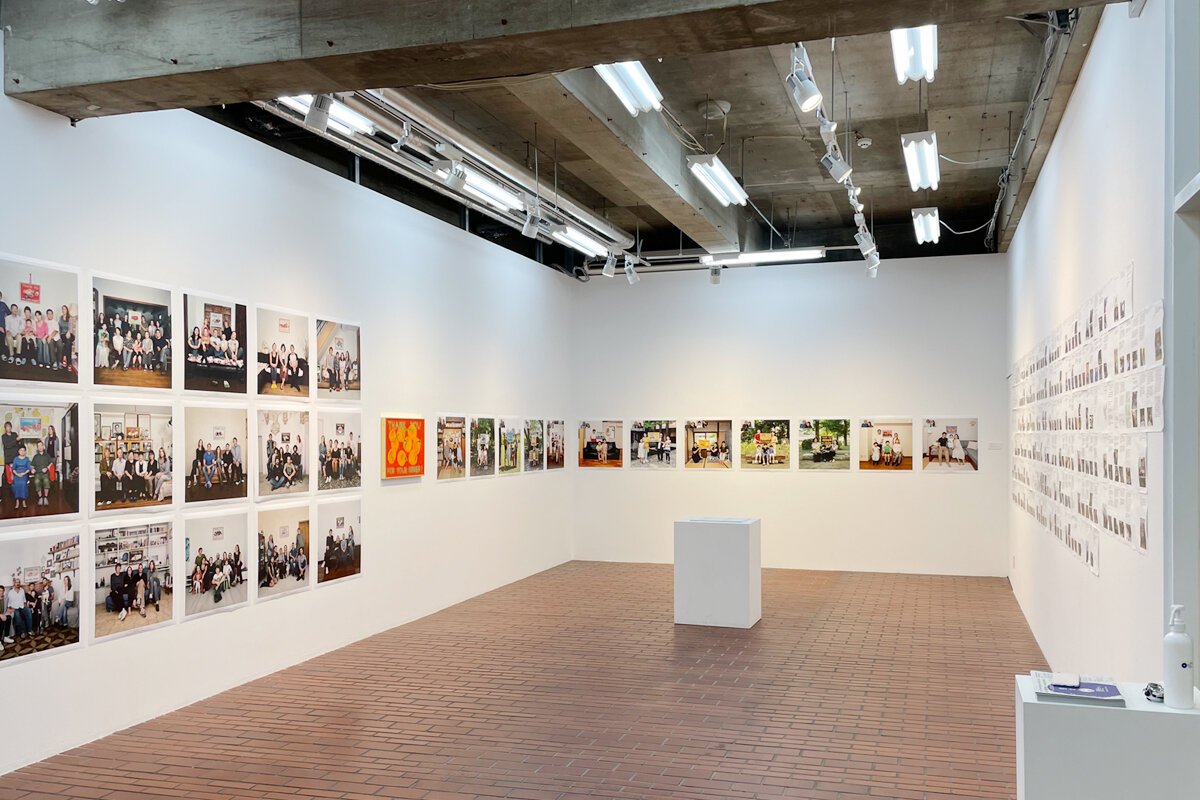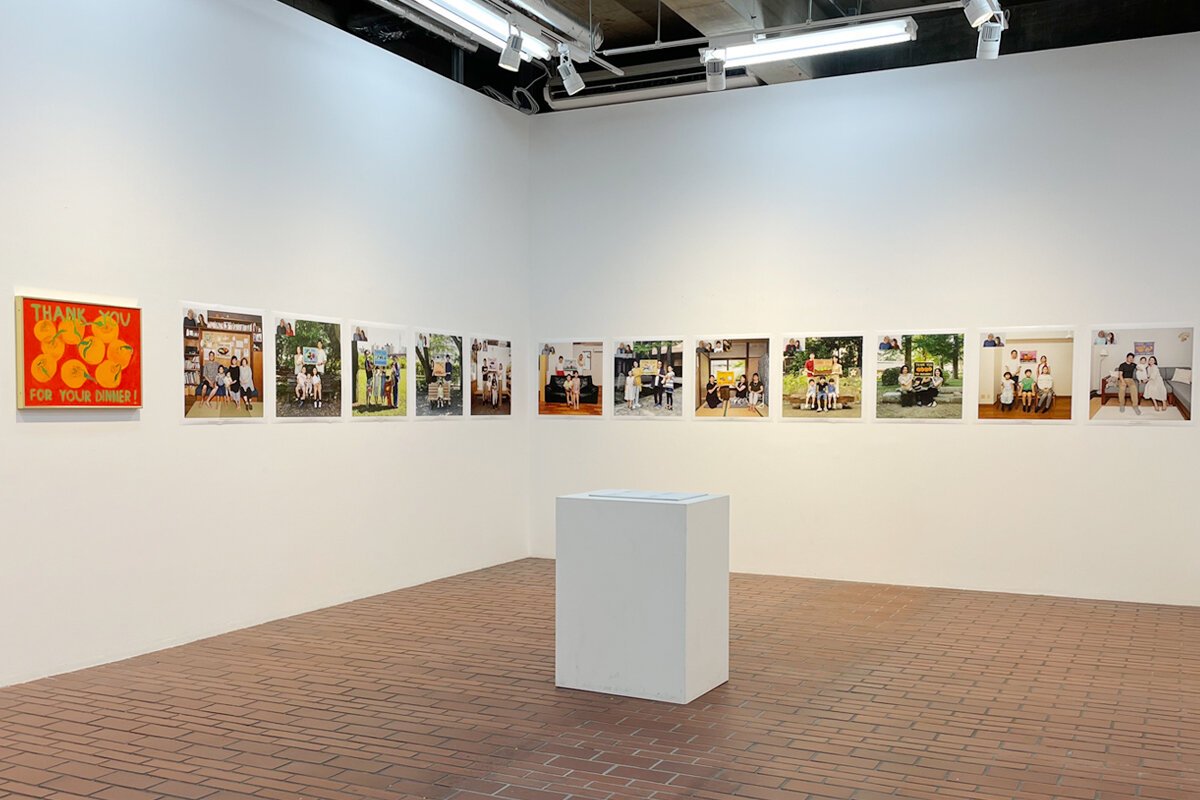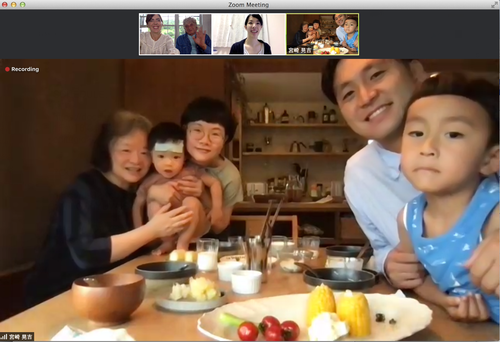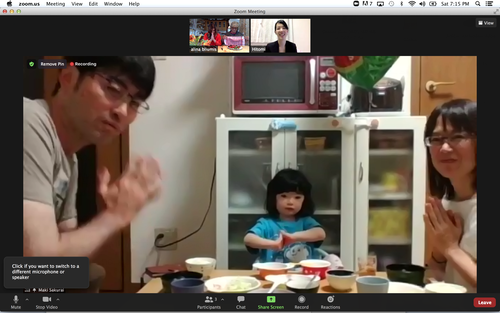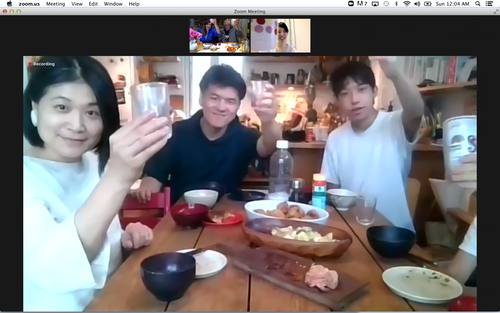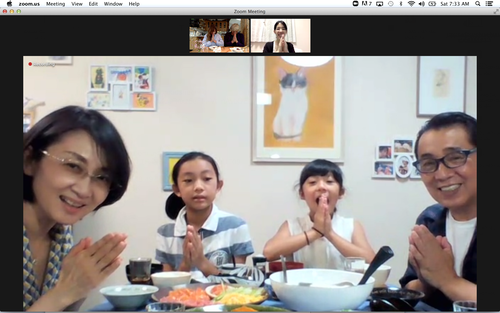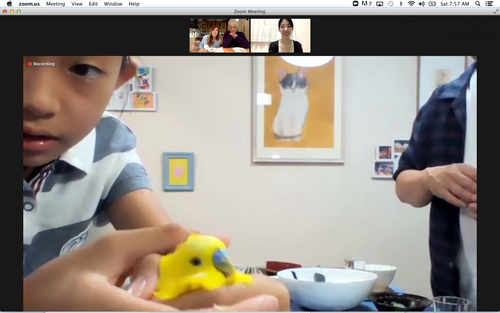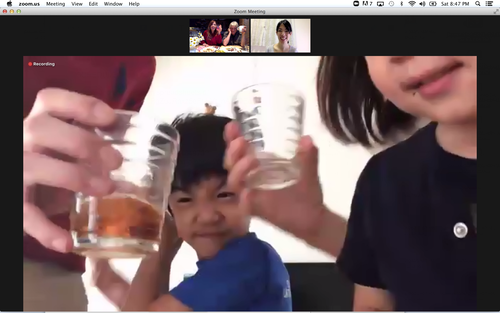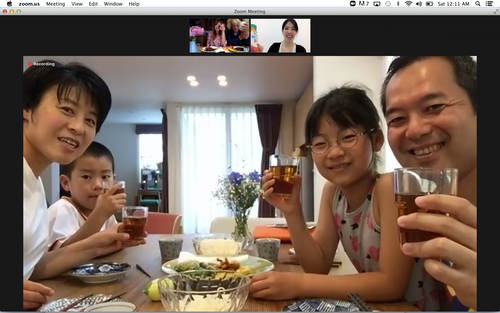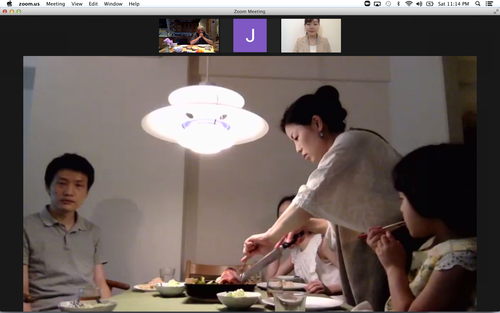Gathering at The Corner Gallery, Andes, NY Organized by: Anne Couillaud July-August 2023
Organized by: Anne Couillaud
Artists: Juliette Agnel, Nicoletta Agostini, Maikoiyo Alley-Barnes, Ok Hyun Ahn, Fabienne Audeoud, Hemali Bhuta, Mireille Blanc, Alina Bliumis, Jeff Bliumis, Nancy Brooks Brody, Dawn Cerny, Florence Chevallier, Isami Ching, Tyler Coburn, Anne-Lise Coste, Arko Datto, Jeanette Doyle, Xavier Drong, Mario d’Souza, Joy Episalla, Ben Elliot, Nihaal Faizal, Sasha Ferre, Thomas Fougeirol, Julien Gardair, David Gilbert, Philippe Goron, Andre Guenoun, Elana Herzog, Daniel Horowitz, David Horvitz, Shreyas Karle, Fabienne Lasserre, Alexander Lee, Guillaume Leingre, Zoe Leonard, Charlene Liu, Francesca Lohmann, Ariane Lopez-Huici, Myriam Mechita, Rohit Mehndiratta, Matthew Offenbacher, Amarnath Praful, Jessica Rankin, Rob Rhee, Alejandra Seeber, Aude Simone, Stephanie Snider, Mary Temple, Agnes Thurnauer, Tam Van Tran, Raphael de Villers, Melanie Vote, Carrie Yamaoka
The feeling of summer… To me, it implies friends and flowers. Leaning solely on this impression, we are presenting Gathering at the Corner Gallery in Andes, New York. Summer is the unhurried season of long utopic days spent with friends. Gathering after months of being apart in a moment of convergence, this exhibition is a reinvigorating circle of friends in the countryside. Guided by love and kinship, an economy of scale, and our interest in this way of connecting, we invited a group of artists to send us a work on paper representing the summer wildflower of their choice via postal mail.
In many cultures, flowers, real or represented, are used to express feelings. These phenomena of nature become the carriers of appreciation, love, joy, sympathy, friendship and care, while also often conveying or awakening the poetic. With the efflorescence of each bloom, there is also the idea of absolute — non transactional — generosity. In this Catskills space, a meadow of humble blooms is chorally formed and offered. A singular herbarium appears from the plurality of voices and locations gathered.
An herbarium that conveys time, observation and connection. An herbarium that embodies the idea of interrelatedness. A network, as a form of being, comes through. An archipelago of friendship appears. Friendship, a place of flourishing — and sometimes even reinvention — of the self, can also be a place where life can be transformed, even socially and politically. Friendship as a way of life: with love as matrix, it becomes a place of tangible and accessible utopia.
Plant Parenthood is part of SUPRA NATURE group exhibition at Galerie Anne de Villepoix, Paris May 25-July 31, 2023
SUPRA NATURE
Rita Alaoui, Annette Barcelo, Souleimane Barry, Alina Bliumis, Hicham Berrada, Fabrice Hyber, Franck Lundangi, Sam Samore, Uman
« At a time when the crisis of ecosystems and the climate is fuelling all the scientific scenarios in the form of crash tests of our planet's infinitesimal chances of survival in the face of the announced ecological catastrophe, a number of artists, far from sacrificing themselves to the seriousness of the ambient pessimism or to any kind of melancholic resignation, seem to emanate from this critical moment a strange creative euphoria, reminiscent of the airy and playful lightness of the Shakespearean character Ariel at the heart of The Tempest. This is notably the case of those presented by the Anne de Villepoix gallery, on the occasion of the "Supra Nature" exhibition, of whom one cannot say that they are gentle dreamers unaware of the urgency of environmental issues, following the example of Fabrice Hyber who strives to make reforestation within a garden art, one of his major sources of inspiration.
Most of his drawings are made as a sort of "storyboard" where he pastes in a jumble of sketches and annotations, like his watercolour enhanced with charcoal, which is part of a project in the form of a prototype created in 1999 in response to a public commission for the passage to the year 2000. The artist, who had just won the Golden Lion at the Venice Biennale, had planned to surround the Arc de Triomphe with a hundred birch trees, a species of tree that can withstand global warming. The creator, who has made a point of multiplying improbable alliances between the most advanced technologies and all sorts of biological phylums, imagined grafting a website onto this birch tree plantation, allowing spectators to ask all the questions as "unknown" as the identity of the soldier under the famous monument. The recurring figure of the tree in Fabrice Hyber's work serves as a paradigm for a creation based on the principles of ramification, rhizomatic proliferation, self-generation, arborescence and networks, far removed from the epinal image of a naive, pastoral nature.
Is it not another aesthetic reverie that Hicham Berrada's emblematic installation, Bloom, proposes by mixing the simplest poetic experience with the rigour of a genuine scientific protocol? The creator likes to present himself as a "regulator of energies" helping nature to accomplish phenomena in which it seems to free itself from temporal constraints. Thus, by accelerating the blossoming of a dandelion with the help of a tungsten lamp, this device makes it possible to offer a condensed spectacle in a few minutes. The artist records this in a video, of which we can see here a photograph of the starry dandelions in the dark. In the moment suspended by his installation, Hicham Berrada captures in close-up the spectacular blossoming of one of the most trivial plants, as its flower head slowly releases its delicate, cottony sphere. Half sorcerer, half scientist, he gives us the unprecedented sensation of an accelerated phenomenon that is not perceptible in real time, and is essentially magical. By linking the banal to the extraordinary, the natural to the supernatural, the simplicity of life to the sophistication of artifice, is this not a way for this Franco- Moroccan artist, recent winner of the Marcel Duchamp Prize, to bring back the most "contemporary" art to its ancestral magic background?
And isn't there a similar fascination for the prodigality of nature, that of "small things", leaves, flowers, stones, in the work of the French-Moroccan artist Rita Alaoui, whose two paintings are devoted to magnifying the plastic beauty of the most ordinary plant motifs? By trying to capture the effects of transparency and opacity of a plant as common as the orpini, the painter pursues her quest for an aesthetic of the "transfiguration of the banal" at the very heart of these natural objects, organic or mineral, which populate our environments without our knowledge. This approach is reminiscent of that of a landscape gardener like Gilles Clément, who is attentive to the survival of vagrant plants in the city.
Through her pictorial gesture of transforming these "little things" of nature that she collects and transforms into so many rare and singular pieces, Rita Alaoui undoubtedly invites us to remain on the lookout for this simple life at the edge of the earth, the meaning of which we have lost. Doesn't she thus summon the wisdom dear to the philosopher Vladimir Jankélévitch, which consists in knowing how to recognise in the "almost nothing" impalpable phenomena, among the most important things of existence, such as the modulation of the colours of a plant, the crevices of a stone, the brilliance and folds of a flower?
Rita Alaoui's approach is also in line with the current practice of ecological art, which aims to collect and preserve within works or installations, in order to leave a quasi-museum memory, forms of life that are likely to disappear under the effect of the degradation of ecosystems.
Such a concern can be found in the work of Alina Bliumis, whose recent Plant Parenthood series of watercolours on wood panel, framed in velvet, can be seen here. The Belarusian-born artist, who lives in New York, had already endeavoured with Portraits of Flowers to preserve the memory of flowers threatened with disappearing forever, in a sort of "vanity squares".
In addition to the aesthetic qualities of the American artist's florarium, there are also surprising feminist and curative concerns. The Plant Parenthood series alludes to the more or less hidden ancient practice of clandestine abortion. These flowers have all been used for abortions in various countries throughout history. After the questioning of the legal and medical practice of abortion in many American states recently, the artist-activist also testifies to the possibility for women to regain control of their bodies, by rediscovering these ancestral popular medicines that allow pregnancies to be interrupted naturally. Asarums, for example, are perennials that grow in mountain undergrowth with heart-shaped leaves. They appear alongside several other abortifacients in the 12th century medical writings of the German nun Hildegard von Bingen, who herself advised abortions.
Before the professionalisation of medicine transferred power over contraception and abortion care from pregnant women and midwives to male doctors, herbal abortifacients were widely used as family planning methods. But scientists have systematically avoided studying these herbal remedies, so that there is a notorious oversight of the history of this practice. These 'rituals' have even been frequently outlawed by many patriarchal authorities. The paintings of Alina Bliumis save the memory of the grandmothers who used these medicinal plants from this phallocentric recovery process.
Moreover, they re-evaluate, by giving them an aesthetic dignity, the supposedly inferior forms of ancestral and vernacular knowledge that Western science has rejected in the contemptuous order of delusion or erroneous belief. These belonged to those modes of thought of which Philippe Descolat drew up an inventory, grouping together, alongside animism and totemism in particular, the analogism that underlies this use of medicinal plants. Mostly present in Indian, Chinese and partly African cultures, they corresponded to what Michel Foucault called 'the prose of the world' in 16th century Europe, as a set of ways of understanding the world before the advent of modern scientific rationality. Analogism made it possible to read reality by deciphering it through the recognition of a multiplicity of signs and similarities.
Franck Lundangi's paintings, in which animals, totems and colours are intermingled with floral motifs, are a perfect example of this poetics of passage and lightness. The Angolan-born artist, who has lived in France since the 1990s, offers several works that combine the subtle alchemy of watercolour and wash with acrylic pigments, the interlacing of flowers and faces.
The works of Franck Lundangi, Annette Barcelo, Souleimane Barry and those of Uman often resemble, by their spontaneity as much in their workmanship as in their personal mythology, a sort of outsider art navigating between figuration and abstraction. The lyrical universe of the painting of Souleimane Barry from Burkina Faso seems to be matched by the singular world of the Swiss artist Anette Barcelo and her strange carnival parade mixing witches, priestesses, chimeras and totems with a whole bestiary of uncertain outlines.
For all these painters, the motifs appear during the elaboration of the painting, according to its plastic hazards and the gestures that compose it, following the example of Souleimane Barry's canvas, Regeneration 3, where a cloud of bees, leaves and fruit spontaneously escapes from the skull of a character, in a real sleight of hand, symbolising the magical fertility of the painter's creative imagination.
For her part, Uman, a self-taught transgender artist, born in Somalia and raised in Kenya in a Muslim family, has been improvising a form of informal art brut since she arrived in the United States, like this large painting on wood in an unusual format, ostensibly abstract, directly inspired by seasonal changes. Like a childhood of art, his resolutely elusive "selfie" photograph carries his self-portrait in the starburst of dandelion seeds scattered by the wind; and subtly replicates Hicham Berrada's installation.
Through the works of these nine creators, true "Magicians of the Earth", and new Don Quixotes of a chivalry in search of future subjectivities, the Supra Nature exhibition thus testifies to the vitality of a diversified art-world, and freed from the borders drawn up between cultures and artistic genres, contemporary and raw, figurative and abstract, etc. It offers the viewer an ecology of the resilient gaze in a sort of happy remake of the Garden of Delights, which we can hope will not be a simple "happy ending" in the age of the Anthropocene.»
Philippe Godin May 2023
TOWARD AND AWAY, Bushel, May 20 – June 11, 2023
Toward and Away
Alina Bliumis, Jeff Bliumis, and Jakob S. Boeskov
May 20 – June 11, 2023
Opening reception: Saturday, May 20, 4-6 pm
On view during Open Hours, Bushel programs, by chance, and by appointment
(for appointments, email info@bushelcollective.org)
—
Approach, retreat, repeat. In Toward and Away, alumni curating artists Alina and Jeff Bliumis present selections from serial projects which, while different in medium and aesthetic, each deal with modes of relation that hinge on conflict—enacted, anticipated, or evaded.
In Dance as a Weapon, a drawing-based transnational study of war dances from more than two dozen sources, Alina Bliumis considers dance as a social and political tool “which has the power, at once, to bolster the status quo or to resist the damaging effects of repression”; a new video created for this exhibition adds kaleidoscopic evidence of dance-as-protest, collaging clips from recent videos posted to youtube from all over the world. Zooming in both culturally and pictorially, her “Bruise Series” paintings employ abstraction and magnification to amplify the message of their source: images of state harm posted to social media by protesters who faced suppression and detainment after uprisings against the 2020 election in the artist’s native Belarus.
Jeff Bliumis’s oversize paintings of individuals hiding behind their hair evoke the outsized emotion of a familiar invisible (and sometimes unconscious) inner conflict: when being visible and invisible both seem impossible, and even identifying which of the two warring desires is strongest can elude us. His loose term for this subset of paintings, “ear in/ear out,” suggests the small gestures we might make to adjust our vulnerability to the world of others, when neither a committed approach nor a full retreat can quite answer our needs. Another ambivalence is explored with his series of miniature bronze sculptures depicting magic carpets—vehicles for flights of fancy, for freedom and escape, that are prevented from real flight by the facts of physics and gravity at work on their material substance.
The Bliumis’s guest artist, Jakob S Boeskov, contributes artifacts from his infamous “art hoax” ID Sniper, in which he infiltrated a Chinese weapons fair to present a fake GPS tracking techno-rifle with a realistic prototype and fictional sales materials that generated real interest—including orders from weapons dealers and security agencies worldwide. Bringing the interactive element of each artist’s work into the space at Bushel, a chess set, open for any gallery-goer who wants to take a turn, reminds us of how rules, strategy, manipulation, play, conflict and collaboration are figured and refigured each time we attempt to face one another across the table.
Toward and Away is part of our ongoing series of Alumni shows—exhibitions and happenings proposed by artists who have exhibited at Bushel in the past, and who agree to invite or engage at least one other artist or maker who has not yet been exhibited at Bushel. Alina Bliumis and Jeff Bliumis had a two-person exhibition in 2016 at Bushel’s former location.
TREASURES FROM HELL, Snow Gallery, April 14th - May 21, 2023
TREASURES FROM HELL
April 14th - May 21, 2023
Abundance Agbomah | Kenneth Anger | Arthur | Agatha Blois | Alina Bliumis | Jennifer Calandra | Christeene | Scott Covert | Ry Fyan | Christopher Garrett | Raina Hamner | Sabrina Mansouri | Peter McGough | Maricela Nodar | Genesis P-Orridge | Rafael Sanchez | Derrick Snodgrass | Dash Snow
Sound by Brian Butler | Vampiros Kosmos
A descent into the underworld is a theme found in the diverse religions of our world. The nature of these quests can range from rescuing a loved one to obtaining knowledge or secret revelations. The artists chosen for this show depict a myriad view of such explorations, as well as their personal connections to the gallery.
Curated by Caroline Snow and Frank Haines
Image #1:
Alina Bliumis, Zoo Paintings, after Nauru and Beyond… Bliss
2023
Watercolor and watercolor pencil on wood, steel frame
17 x 21 x 2.5 inches framed
Installation images by Lance Brewer
NADA Curated: AFTER THE END Curated by Catherine Taft March 27 – May 5, 2023
“It is a strange realism, but it is a strange reality.”
–Ursula K. Le Guin, The Carrier Bag Theory of Fiction, 1986
Endings are always beginnings. As an ending begins, it nudges our sense of “now” toward some hazy, perpetual future. It’s a future with soft edges. The future rarely arrives abruptly. It’s a slow burn. We are carried into it fluidly while the shades and shapes of reality are altered around us.
This exhibition was an invitation for artists to speculate about the future and the potential worlds that are imagined through present-tense-endings. Artists were asked to think beyond any notion of the apocalyptic and instead reflect on how life will adapt to experiences of a new now, be that political, industrial, ecological, terrestrial, and so on. The response was overwhelmingly vast and varied. That so many artists are toying with these ideas should make us take notice. They are among our most important world-builders.
This selection of artwork reflects inventive themes ranging from hybridity, utopian ideals, AI abstractions, virtual reality, culturally specific futurisms, animal collaboration, science fiction, ancestral technologies, transcendence, and green experimentation. It’s a diverse group of makers that begin to imagine a new human order. And through this sort of speculation, we can make way for ideas that carry us and the ideas that get carried forward by us.
– Catherine Taft, Deputy Director & Curator at LAXART
NADA CURATED
Alina Bliumis: Plant Parenthood at SITUATIONS NYC, OPENING RECEPTION: FRIDAY, FEB 24, 6-8 PM EXHIBITION DATES: FEB 24 - APR 2, 2023
Images: Alina Bliumis, Plant Parenthood, 2022-2023, Watercolor, watercolor pencil on wood panel, artist’s velvet frame, 13.5 x 10.5 x 1.5 inches each
SITUATIONS presents Alina Bliumis first solo exhibition with the gallery, titled “Plant Parenthood.” In this series, Bliumis composes flowers that have been used to induce abortion in various countries throughout history. Using watercolor and watercolor pencil on wood panels, the artist portrays the flowers in sexualized gestures as subtle odes to reproductive organs. Bliumis’ exhibition brings attention to the fact that the removal of safe, legal, medical abortions does not eliminate the means or will of women to find ways to regain control of their bodies.
Each of the flowers portrayed in the series is known to have been used in various folk medicines to terminate pregnancies. Asarum, for example, appears alongside several other abortifacients in the 12th-century medical writings of the sainted German nun Hildegard von Bingen, who advised abortions herself. The peacock flower was deployed as a form of anti-slavery resistance in 17th-century Suriname, by enslaved women “who used it to abort offspring who would otherwise be born into bondage,” as historian Londa Schiebinger wrote in her monograph Plants and Empire. These herbal remedies have always, however, been dangerous: In 2018, an Argentinian woman died after attempting to induce a miscarriage with parsley, an emmenagogue widely popularized in the 19th century. The series thus hints at long and tenuous histories of the abortion underground.
On June 24, 2022, the Supreme Court ruled that the Constitution of the United States does not protect the right to have an abortion. The Dobbs decision overturned the precedent set almost fifty years ago by Roe v. Wade, which protected this right on the legally precarious basis of a pregnant person’s Fourteenth-Amendment “right to privacy.” Justice Alito’s opinion outlined an originalist interpretation of the nation’s founding document, noting that it “makes no express reference to a right to obtain an abortion.” It was also ratified when white male property owners alone possessed the right to vote for their representatives, apportioned by a calculus including three-fifths of the population of enslaved persons. The vote would remain restricted by sex for another 130 years.The U.S. Constitution is not the only legal basis for a modern polity that lacks express protections for reproductive rights—nor is the United States the only country in which reproductive freedom is so severely under threat. According to the Center for Reproductive Rights, 91 million people who can become pregnant live in countries where abortion is criminalized in all instances. Three hundred fifty-eight million more may only terminate their pregnancies if carrying to term would threaten their life. Around the world, people of marginalized genders are fighting for the right to control their bodies against the legal incursions of the state, which seeks to restrict access not only to abortions but to all forms of reproductive healthcare. Before the professionalization of medicine transferred power over contraception and abortion care from pregnant people and midwives, to male doctors, herbal abortifacients were widely used as family planning methods. In ancient Egypt, Greece, and Rome, for example, fetuses were conceived of as part of women’s bodies and their nourishment or disposal, therefore, was the prerogative of the pregnant person. But scientists and other researchers have been slow to systematically study the use of herbal medicines to induce abortion, so a dearth of specifics exists detailing the history and contours of the practice. In large part, these rituals have been shielded from the gaze of patriarchal eyes. Bliumis’ paintings mirror the work of our foremothers who used botanicals as medicine. Without context, a viewer might only see flowers, but with knowledge, the viewer begins to understand the power and self-determination preserved by these plants.
SITUATIONS is located at 127 Henry Street in the Chinatown neighborhood of Manhattan. Our hours are Wednesday - Sunday, 12 - 6pm. For inquiries, please visit our website, www.situations.us or write to info@situations.us
PRESS:
HYPERALLERGIC
Painting the Terrifying Beauty of Abortion-Inducing Flowers
In Plant Parenthood, Alina Bliumis portrays the plants that have been used to terminate pregnancies for hundreds and thousands of years. By Elaine Velie, March 7, 2023
ARTNews
5 Shows to See That Explore the Complexities of Womanhood
By Tessa Solomon, March 8, 2023
ARTFORUM
Must See
Bliumis renders flowers used as folk medicine to induce abortion in various countries throughout history. Using watercolors and pencils on boards, the artist figures the flowers in sexualized gestures as subtle odes to reproductive organs.
Alina Bliumis A:rray and D:isplay at A:D: Curatorial, Berlin, curated by Irena Popiashvilli, February 11th - April 9th, 2023
A:D:Curatorial is pleased to present Alina Bliumis’s exhibion. The title refers to Bliumis’s creative method that functions like her personal algorithm: the artist researches and finds a pattern in subject matter that interests her, ergo arrays and displays it. What makes this series of works special is Bliumis’s viewpoint. She is a research-based artist who approaches historical and political moments through the lens of the natural world. There are three series presented in the exhibition: The Masses (2019-20), Endangered (portraits of extinct and endangered flowers), (2022) and In The Center of Europe (2020).
The exhibition opens with eight posters of In The Center of Europe (2020) displayed on a bright yellow wall; these photos of various centers of Europe display the shifting perception of ‘center’ starting from 1775 up to 2000. At different periods in human history people representing different disciplines and criteria declared all these eight spots to be the center of Europe and erected memorial landmarks. This inevitably brings to mind Pierro Manzoni’s Magic Base where once you step on it you become a living sculpture; In The Center of Europe you declare a place to be the center, put the monument up and it becomes the center of Europe.
In Masses, black and white floating cotton fabric pieces depict closeups of crowds and combine digital print and watercolor. From front-page news images of protest, civil unrest and soldiers to mass celebrations of Dionysian excess in the rock concert or erotic entanglements of an orgy, Masses make one experience loss of self in crowds. Physically maneuvering the space to view the suspended floating Masses, the lightness of displayed works resembles the full body physical experience of social media scrolling.
If in Masses it’s impossible to identify individual characters, Endangeredflowers have very distinct and unique faces. In other words, all the personhood lost in Masses can be found in these anthropocentric, amusing portraits of endangered or extinct flowers. The undeniable calamity implied in the title of these series (Endangered: portraits of extinct and endangered flowers) while paired with gaiety of flowers is whimsical.
Whimsical is the adjective best used to describe the rationale behind the array and display of Bliumis’s works: images of long extinct flowers are turned into portraiture, images of crowds loose the context and reason of their gathering, and there are eight monuments in various parts of Europe claiming to be its center.
The exhibition is made possible by the generous support of the Trust for Mutual Understanding.
Alina Bliumis is New York-based artist, born in Minsk, Belarus. Alina received her BFA from the School of Visual Art in 1999 and a diploma from the Advanced Course in Visual Arts in Fondazione Antonio Ratti, Como, Italy in 2005.
Alina has exhibited internationally at the Musée national de l’histoire de l’immigration, Paris, France, the First Moscow Biennale of Contemporary Art (Moscow, Russia), Busan Biennale (Busan, South Korea), Assab One (Milan, Italy), the Bronx Museum of the Arts (New York, US), Galerie Anne de Villepoix (Paris, France), Centre d’art Contemporain (Meymac, France), the James Gallery, The Graduate Center CUNY (New York, US), Museum of Contemporary Art (Cleveland, US), Museums of Bat Yam (Bat-Yam, Israel), the Jewish Museum (New York, US), the Saatchi Gallery (London, UK), Botanique Museum (Brussels, Belgium), the Victoria and Albert Museum (London, UK), MAC VAL - Musée d’art contemporain du Val-de-Marne (France).
Her works are in various private and public collections, including Musée national de l’histoire de l’immigration, Paris, France; The Victoria and Albert Museum, London, UK; Moscow Museum of Modern Art, Russia; Bat Yam Museum for Contemporary Art, Israel; 21c Museum Hotels, USA; The Saatchi Collection, UK; The Harvard Business School, USA; The National Museum of American Jewish History, Philadelphia, USA, Missoni Collection, Italy and MAC VAL - Musée d’art contemporain du Val- de-Marne, France.
Irena Popiashvili is Dean and Founder of Visual Arts, Architecture & Design School, VA[A}DS, at the Free University of Tbilisi. She also established the contemporary art space Kunsthalle Tbilsi. Previously she co-owned Newman Popiashvili Gallery in New York (2005-2012) and served as a director of the State Academy of Arts in Tbilisi in 2012. Ms. Popiashvili has curated exhibitions in the US and Europe (notably, the Georgian Pavilion in Venice Biennale in 1999). She received a BA from Tbilisi State University and University of Lodz, Poland and an MA in art history from University of Georgia in Athens, GA (USA).
photos by: Davood Madadpoor
COLLECTIVE BRAIN Curated by Sozita Goudouna The Opening Gallery 42 Walker St. NYC October 4th - November 27, 2022
Installation view: JELLYFISH VS. NUCLEAR SHIP and Other Animal Strike Tales, 2022, series of 8, watercolor and watercolor pencil on wood panel, artist’s wooden frame
Opening Gallery is pleased to announce Collective Brain, a group exhibition of works by Alina Bliumis, Jeff Bliumis, Veronique Bourgoin, Alexandros Georgiou, Mat Chivers, Raúl Cordero, Yioula Hadjigeorgiou, Steven C. Harvey, Peggy Kliafa, Artemis Kotioni, Jessica Mitrani, Paula Meninato, Eleni Mylonas, Margarita Myrogianni, Warren Neidich, Alexander Polzin, Dan Reisner, Juli Susin, Dimitris Tragkas, Adonis Volanakis, Hans Weigant, Vasilis Zarifopoulos curated by Dr. Sozita Goudouna. Installed across the first floor of 42 Walker St, Collective Brain attempts to challenge our perception of mental processes with an arrangement of corporeally provoking art pieces, connecting artists who work in divergent media and are convening from diverse localities.
Contemplating the notion of the mind as a mechanism – a brain system responsible for spatial memory and navigation – Collective Brain offers different viewpoints about the brain and its million neurons by centering neurodiversity as the fundamental concept about how we can understand the physical and biological origins of human emotion in the brain, as well as the conception, exhibition, and reception of the artworks. A section of the exhibition also attempts to comprehend and challenge perceptions about the operations of the non-human brain.
The revolutionary field of optogenetics allows us to decipher the brain's inner workings using light, however, we still seem to know little about the human mind and certain theorists argue that it is much too complicated to be controlled, while brain and electrostimulation experiments of the 60s and 70s were often unable to clarify which parts of the brain are stimulated by stimoceivers or electro-magnetic radiation.
Further to the notion of mind control, current scientific research attempts to illuminate the biological nature of our inner worlds and our “projections” namely the ways aspects of the self are experienced by the individual as residing outside the self (Deisseroth K.). Drawing from Santiago Ramón y Cajal, the founder of modern neuroscience, and his claim that “knowledge of the physicochemical basis of memory, feelings, and reason would make humans the true masters of creation, that their most transcendental accomplishment would be the conquering of their own brain,” the exhibition attempts to trace the visualization of the brain's inner circuitry with a deep empathy for mental illness.
Cajal ventured into science as both an artist and a pathologist, while he became the first person to see a neuron. The scientist visualized the inner workings of the mind with thousands of stunning pen-and-ink diagrams and his exquisite, meticulous drawings of neurons in the brain and spinal cord proved that every neuron in the brain is separate and that neurons communicate across synapses.
There is an on-going parallel between the ‘visualization of the brain’ in the scientific and in the artistic domains and a fascination with the visualization of the neurons, but how can this visualization help us understand the invisible synapses of the collective brain and especially the ways human societies can resist mind control with actual free will.
IMPRESSIONS OF THE FLOWERS THEMSELVES Curated by Chiara Mannarino and Francesca Pessarelli Spring/Break Art Show, September 7th - 12th, 2022
This September, Curators Chiara Mannarino and Francesca Pessarelli present Impressions of the Flowers Themselves, which takes botanist and cyanotype photographer Anna Atkins’ deep connection and consideration for her botanical subjects as its point of departure. Alina Bliumis, Joseph Liatela, and Joey Rosin align with this empathic relationship to plants and, each in a different way, address the symbolic potential of flowers and their ability to evoke ideas of rebirth, transformation, and utopia.
Bliumis is a research-based artist who approaches historical and political moments through the lens of the natural world. In her series Endangered: Portraits of Flowers, Bliumis gives renewed life and agency to endangered and extinct flowers through portraiture. Hand-carved frames imbue these plants with a sense of personhood and reflect the histories and mythologies associated with them. Many of the flowers Bliumis includes in this series have medicinal or psychedelic properties – their healing and transportive capabilities often leading to their exploitation and extinction.
Liatela is a multidisciplinary artist who uses performance and sculpture to address trans and queer subjectivities and embodiment. His work considers the historical use of flowers in memorials and their inherent symbolism of death and rebirth. In his installation Untitled (Ascension), Liatela applies these concepts to the body, addressing the transitory nature shared by plants and humans and one’s ability to transform over time. His work serves as an altar upon which we commemorate the individuals and parts of ourselves we have lost while looking towards the infinite potential of the reborn self.
Rosin is a musician, sound healer, and budding scent artist. In line with Bliumis’ and Liatela’s exploration of ephemerality and loss, Rosin has created a four-piece sonic landscape entitled Bardo – a Tibetan word that describes the liminal space between death and rebirth. Also by Rosin is Altarpiece – a unique fragrance that will be diffused throughout the exhibition space. Rosin has poetically conceptualized these works as a metaphorical diptych. Harnessing the evocative nature of scent and sound, Rosin’s aim is to encapsulate the beauty of a natural world that no longer exists and will never exist again.
Born in the wake of the Age of Enlightenment, during which historically prevailing notions of the self came into question, Anna Atkins turned such inquiries to the botanical world as well, considering how flora, too, can constitute moral agents. Impressions of the Flowers Themselves seeks to blur and make arbitrary the line between human and botanical life, speaking to the impossibility of extricating ourselves and our ideals from the natural world and its mythologies. The exhibition will act as an altar, a memorial, a meditative space where we can imagine an alternate present, one in which we haven’t lost these literal and figurative flowers and the stories and values they carry with them.
BETWEEN TEXTS AND TEXTILES Bienvenu Steinberg & Partner 35 Walker St. NYC July 21 - August 31, 2022
Bienvenu Steinberg & J is pleased to present Between Texts and Textiles, an exhibition including eight international artists. The works featured stretch the fabric of reality, from text to textile, from pattern to language. What is presented is a gradual approach to painting, sculpting, weaving and writing by visual fusion of what might be called the textile sign. The works break the link between vehicle and destination: textiles to be read with no intention of being informed, texts with no plot and no point.
Language and text are at the tactile and metaphoric center of Ann Hamilton’s work. She uses common materials to invoke particular places, collective voices, and communities of labor. What are the places and forms for live, visceral, face-to-face experiences in a media saturated world? In Shell, an homage to Joseph Beuys, in the form of a white felt coat, as well as in a groupof collagesonbookendpaper,therelationsofcloth,touch,motionandhumangesture give way to dense materiality.
In her re-reading of twentieth Century avant-garde practices, Fernanda Fragateiro frequently repurposes already-existing and symbolically layered material, in order to fashion delicate work criss-crossed by an intricate web of inner references to the history of art and architecture. Her ongoing Overlap sculptures are made of stainless steel supports and handmade fabric-bound sketchbooks. Overlapping is an important word to talk about the essence of all these works: overlapping of elements, overlapping of materials, overlapping of histories, and time overlapping. In a new series of paintings titled Poly-Grounds, Suzanne Song creates multifaceted dimensions that blur the boundary between illusion and reality. The paintings’ shapes are direct extractions of the marginal spaces delineated from previous bodies of work. The placement of shadows disrupts the flat picture plane and transforms the two-dimensional surface into an ambiguous field: are we looking at a painting, a very finely woven fabric or a polished surface?
Visions, inspired by dreams, surrounding life, or drawn from the unconscious, are at the heart of Mia Enell’s paintings. She plays with words through images, her figures of speech are free associations on canvas. Loosely Knit is a literal rendering of its title: a system of interconnected discrete units freed from instrumental utility or significance. Alina Bliumis’ text-based sculptural works, Concrete Poems, recall street wall scribbles, graffiti, and absurdist poetry. They consist of words literally inscribed on tablets of wet concrete. Border/Order; Textile/Tile; Lover/Over: the playfulness of crossword puzzles often leads to unexpected existential interrogations. Usingreadymadeexpressionsorrepetitionsofasingleword, ElvireBonduelle utilizes a repertoire of images and objects with apparently joyful potential. Made of words carefully calligraphed -in her own hand-designed font- over colorful wave patterns, Bonduelle’s paintings revel in their own obviousness.
Analia Saban dissects and reconfigures traditional notions of painting, often using the medium of paint as the subject itself and the canvas as a medium rather than a support. Her methods such as unweaving paintings, laser-burning the canvas, molding forms or weaving paint through linen thread, remain central to her practice, as she continues to explore tangible materials in relation to the metaphysical properties of artworks. Julianne Swartz articulates an architecture of frailty. When viewed, her sculptures are activated slightly, at times, they even appear to breathe. Zero blanket is a silent tapestry, made from hair-thin copper wire. The tenuous lines from the irregularly weaved structure delineate and hold space until emptiness becomes substance. Zero Blanket embodies invisible presence and tangible absence, it engages a palpable vulnerability.
Alina Bliumis BORDERS AND BRUISES Anna Zorina Gallery Los Angeles, CA, June 2 - July 9, 2022
Anna Zorina Gallery is pleased to inaugurate its new Los Angeles Gallery space with the solo exhibition of Alina Bliumis, Borders and Bruises. This is Bliumis’ first show with the Gallery. The exhibition will feature three bodies of work including the watercolor maps of Nations Unleashed, the abstract paintings series Bruises and text-based sculptural works Concrete Poems. A percentage of proceeds from the exhibition will be donated to Direct Help For Ukraine and BYSOL, an organization supporting politically repressed Belarusians.
Bears, eagles and octopi have been active role-players in satirical maps since the 16th century. With her watercolor series, Nations Unleashed, Bliumis pays homage to cartographic curiosities by employing animal symbolism to convey biting political critique. In Bear vs. Nightingale, European countries become a battleground of zoomorphic shapes. Here the national animals are seen in mid-clash as the Ukrainian nightingale faces the Russian bear, an eagle representing the West stands alert. Bliumis explores this history of transferring human actions and motives onto primal beings to remove individual responsibility and agency from the political theater. This shift in perspective heightens awareness to this rampant strategy of displacement, compelling us to critically reflect on the Mine line that separates fact from fiction in global geopolitics.
Before maps are drawn, history is first recorded on bodies through experience captured in the form of bruises, wounds, calluses. The body is a document of social struggles. For example, in the artist’s native country of Belarus, the nation united in response to the rigged election of 2020. These protestors shared the resulting scars of having faced aggressive measures of suppression and brutal detainment across various media platforms, bringing public awareness to the human rights abuse in hopes of achieving justice in the future. These events have triggered Bliumis’ watercolor on linen series, Bruises. Each bruise painting is numbered in reference to statistics of human suffering. The traumas range from serious to playful, from political prisoners and refugees to unrequited celebrity crushes. The artist represents the bruises as abstract patches of watercolor allowing the pigment to bleed into the weave of the linen in a style reminiscent of Color Field painting. Bliumis engages the expressionist style’s association with making an emotional impact through clarity of color and form with an emphasis on celebrating individual expression and freedom of subjectivity. Her paintings are spatial and alive to endow an immortality to the feelings and sensations that underlie these important moments throughout our own personal and collective history.
If the border is what you fight for and body what you fight with, then poetry in life is a tool for survival. The works within the Concrete Poems series depict a literal approach to a visual poetry tradition that takes on a specific typographic arrangement to convey meaning. Inspired by street wall scribbles, grafiti, and absurdist poetry, the artist makes her mark firmly in concrete. Breaking down words into a context that brings new meaning or finds irony in everyday language, Imagination Nation; Mother Other; Father Her; Slaughter Laughter. Bliumis exploration of her second language of English finds that even one letter can make all the difference.
The exhibition is accompanied by text written by art critic, media theorist, and philosopher, Boris Groys.
Boris Groys ART HISTORY OF VIOLENCE
We are accustomed to living in a disenchanted and designed world – the world of administration, technology, geographical maps, statistical data and abstract painting. In this world almost all wild forms of life are already domesticated and put under control: tigers and lions live in national parks or in zoos. However, there remains suspicion that some strange, alien forms of life are concealed under the familiar surfaces of our world and cannot be totally suppressed. In the polytheistic myths of ancient cultures the flows, woods and mountains became animated. And through this act of animation they became also dangerous and violent. In her art Alina Bliumis applies the same act of animation on the familiar images of our lifeless, soulless, administered world. As a result, the hidden energy of violence and aggression becomes revealed upon which those images owe their aura of tranquility and peaceful stability.
Indeed, when we look at the political map of the world, on which every country is presented by a certain geometrical form, we tend to forget that this form is always a result of bloody wars and oppression. In her series “Nation Unleashed” Alina reveals the “animal” energy of hate and aggression to which contemporary countries owe the shapes of their borders. She shows the peaceful surface of our world as camouflage concealing the violent fight for dominance. Of course, as an artist of Belorussian origin Alina cannot turn her eyes away from the eruptions of violence that currently take place in her region. However, long before these actual events took place, she was attentive to, what one can call, the political zoology of our contemporary world –the descent of national political symbols from mythical animals of the polytheistic past.
Alina’s disbelief in the surface characterizes her series “Bruises.” Images on their surface that look to be late examples of abstract expressionism become revealed as images that remain on human skin after a punch. Here again peaceful art for art’s sake suddenly turns into a document of physical violence and the fate of the body in the contemporary world. And in the series “Concrete Poems” familiar words that seem to be merely vehicles of ordinary communication begin to dissolve, revealing an abyss of the absurd hidden behind their grammatically correct surface.
Theodor Adorno famously said that to write poetry after Auschwitz is impossible. The appearance of the beautiful would only serve as cover making us forget the cruel reality of our world. Many artists reacted to this challenge by making their artworks look as ugly as reality itself. However, in this way they missed the cruelty of the second degree – the cruelty of the aestheticizing cover-up. It is this cruelty of the second degree – the cruelty inherent to the artistic practice itself – that Alina makes her topic in a subtle and at the same time surprisingly direct and convincing way.
*The exhibition Borders and Bruises at Anna Zorina Gallery, LA is accompanied by text written by art critic, media theorist, and philosopher, Boris Groys.
Alina and Jeff Bliumis CULTURAL TIPS FOR NEW AMERICANS Curated by Sozita Goudouna, Occupy Art Project, The French Consulate, NYC February 17 - March 9, 2022
Alina Bliumis, Jeff Bliumis
CULTURAL TIPS FOR NEW AMERICANS
2022, 110 objects, wood and ink
For the last years, we have been gathering tips on “how can immigrants blend in the American society“ using street questionnaires, handbooks, social media and public forums. Concurrently, we collected ethnic wooden souvenirs, which radiate a certain fetishization of otherness, from all around New York City and sandblasted these objects to remove their original decorations and uncover the wood underneath. The cultural tips are then written onto the wooden souvenirs in ink, causing them to become decontextualized objects, much like the immigrants to whom the cultural tips are addressed.
Alina Bliumis, IMAGINATION NATION Elma, NY October 23 - November 30, 2021
“First, there is the old truth that ‘In the beginning is the body,’ with its desires, its powers, its manifold form of resistance to exploitation. As is often recognized, there is no social change, no cultural or political innovation that is not expressed through the body, no economic practice that is not applied to it.’”
— Silvia Federici “Beyond the Periphery of the Skin” 2020.
